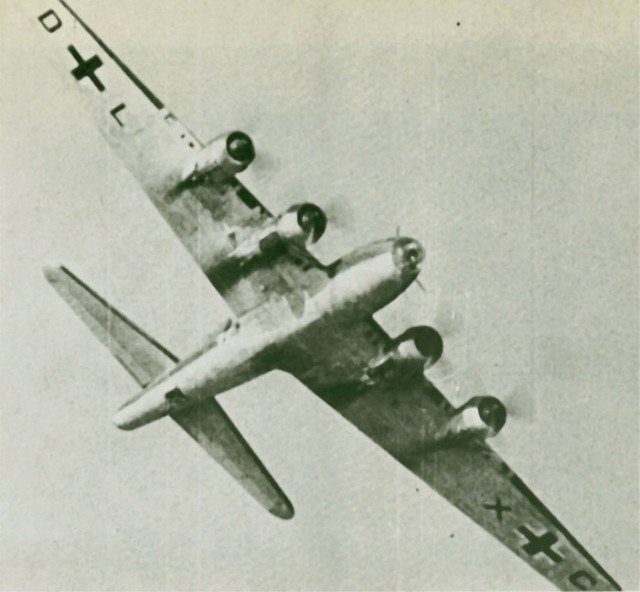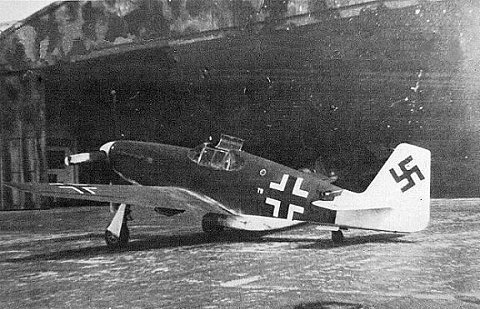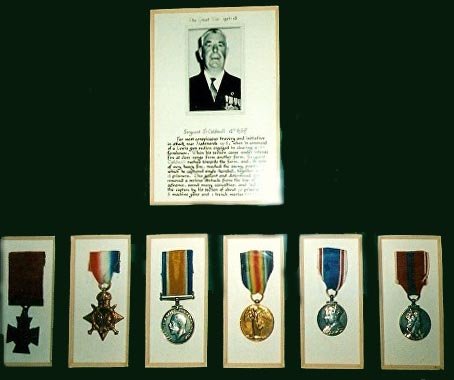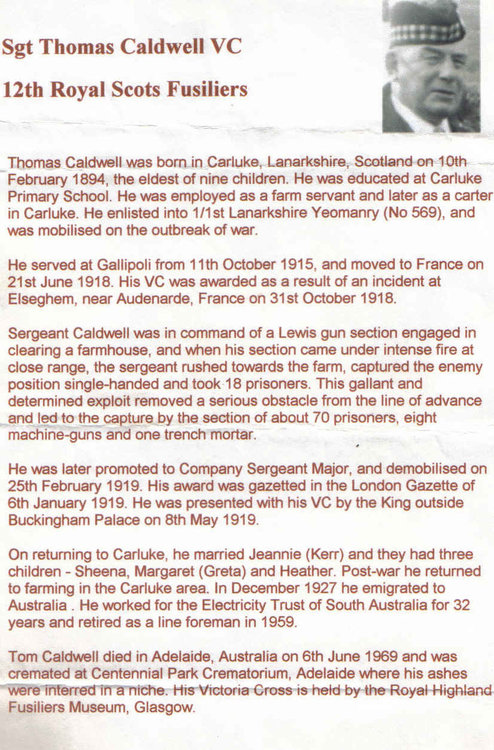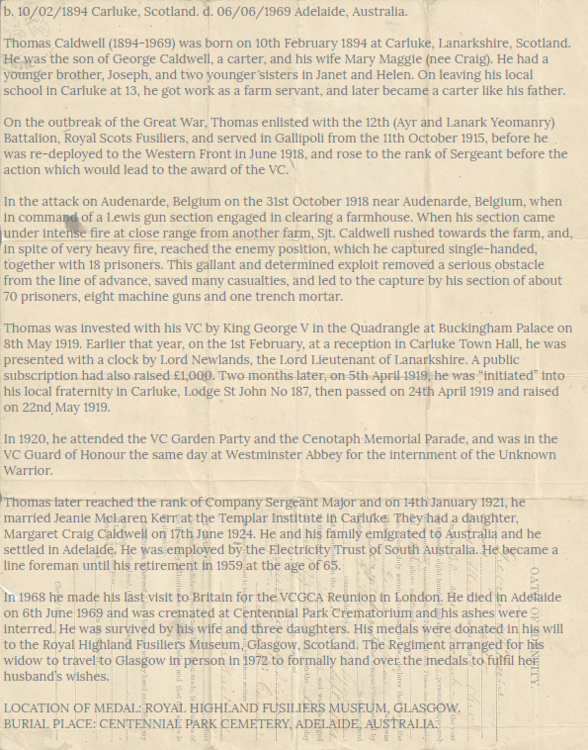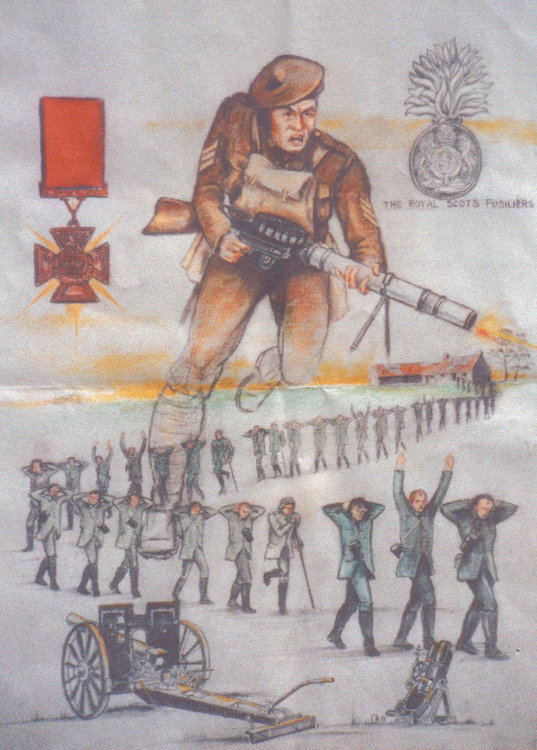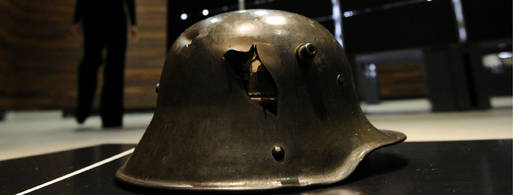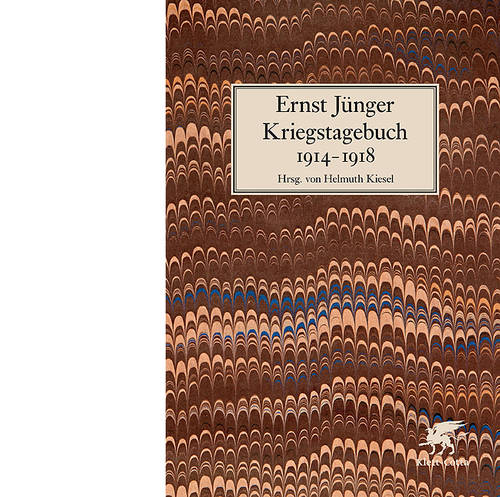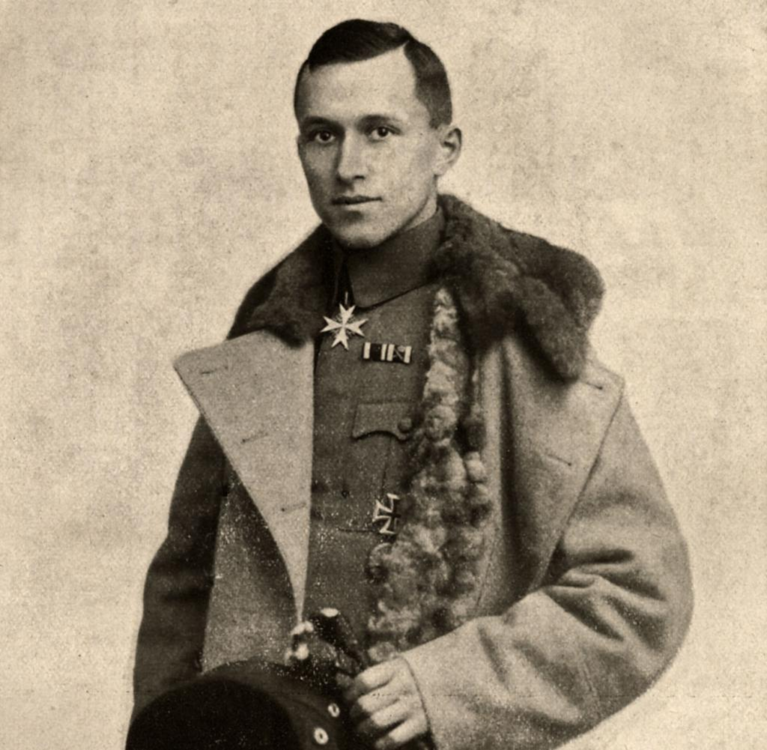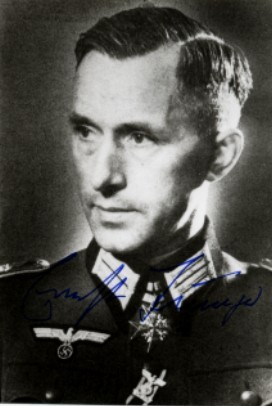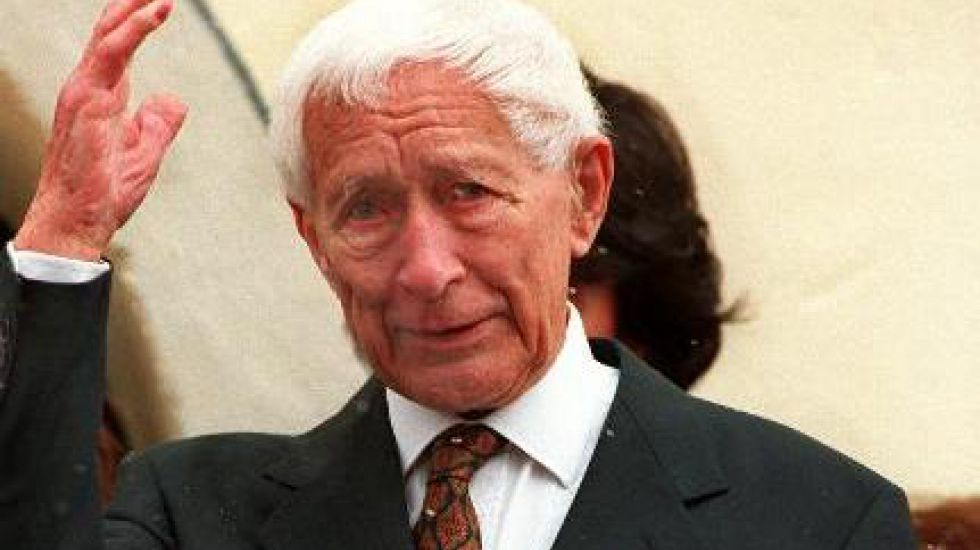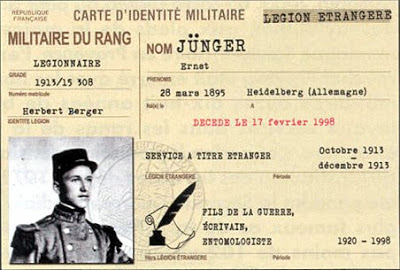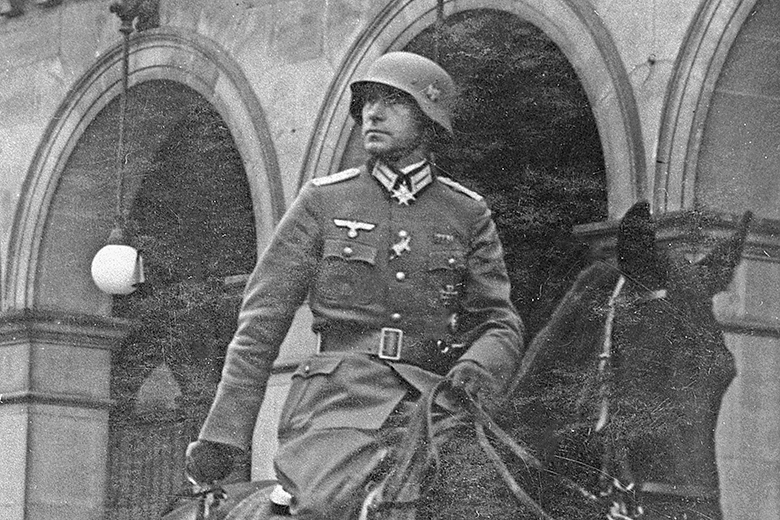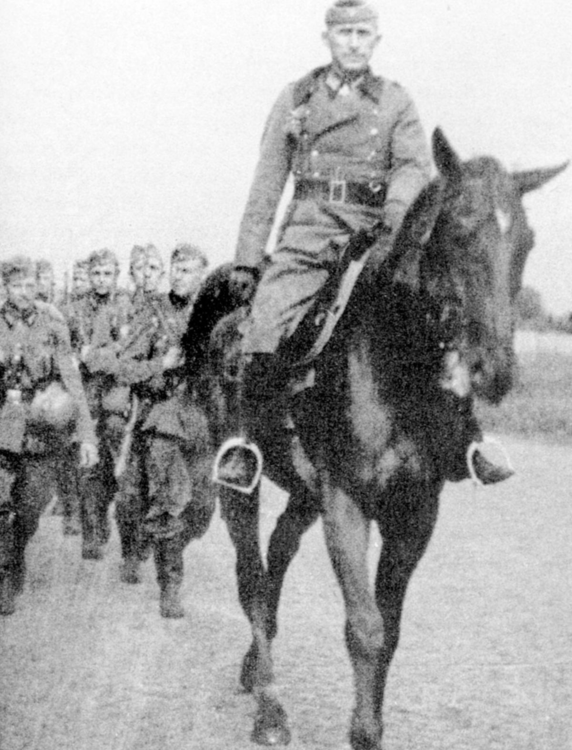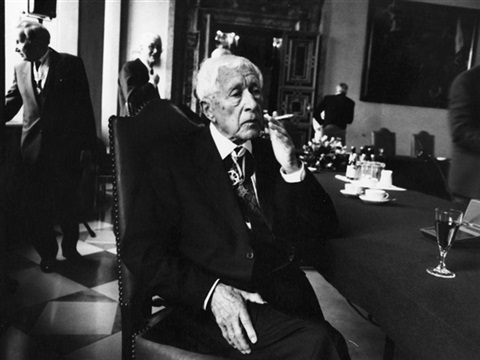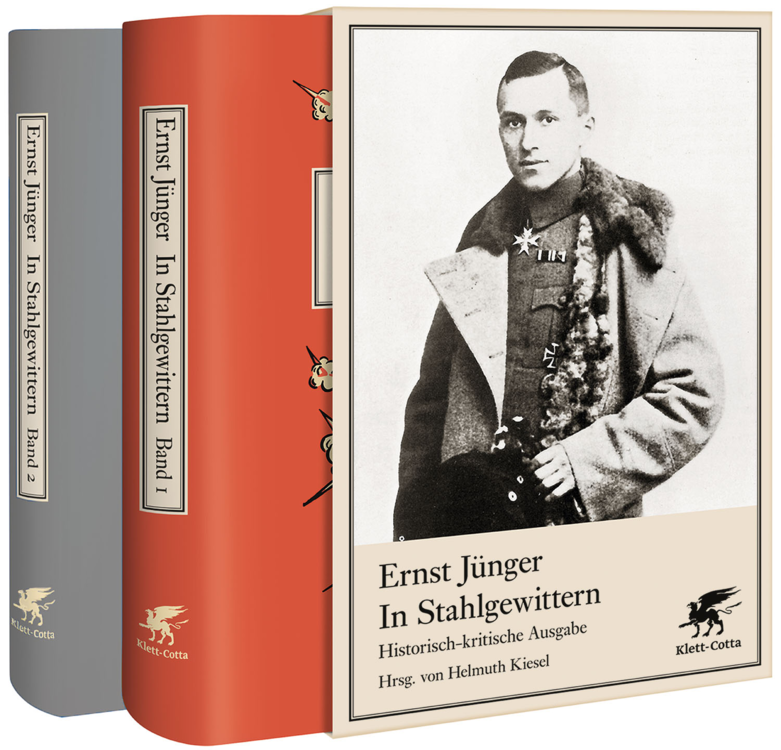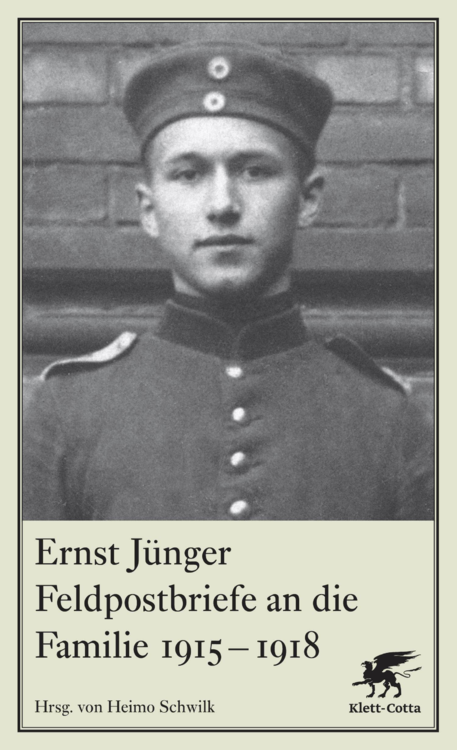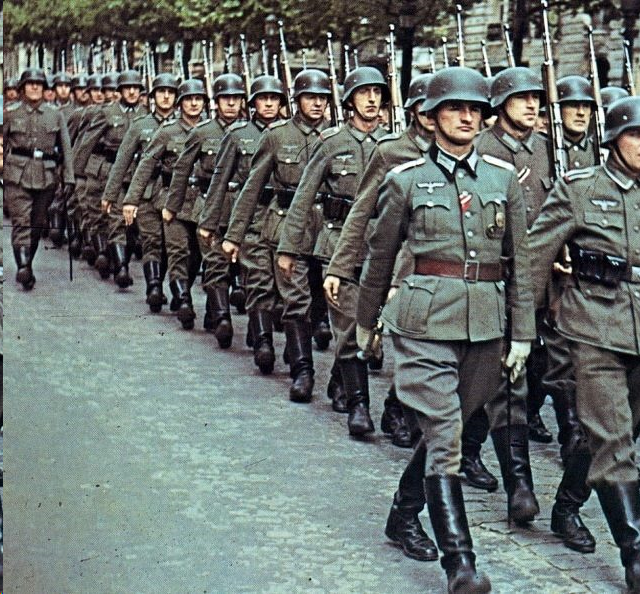Leaderboard
Popular Content
Showing content with the highest reputation since 21/04/12 in all areas
-
Here is my Deactivated WW1 Lewis Gun, this particular version was made for the Belgian Army, under contract from the Birmingham Small Arms Company (B.S.A.) in Birmingham, England. Although the Belgians did have a factory (Armes Automatiques Lewis Company at Liege) they did not make very many as most of Belgium was overrun by the Germans. The British could make 6 Lewis guns for the time and cost of making a single Vickers Machine gun. B.S.A. produced a total of 145,397 Lewis guns during World War I. The sling is a modern reproduction as real slings are extremely hard to come by. Original slings had the padding made from asbestos, so this one has a synthetic padded area that simulates the look. This weapon weighed in at 28 pounds and a fully loaded 47-round magazine was 4 pounds. Still a relatively light weapon compared to the static mounted machine guns like the U.S. made vickers (M1915) which weighed 42 pounds for the gun and another 56 pounds for the tripod. Maxim Machine guns weighed about 75 pounds as well. The big advantage of this weapon was its portability, it could be operated by a single soldier, and keep up with the infantry advances. These light machine guns were prized by the Germans who often would capture them and use them against the Allies.10 points
-
Here is a Bulgarian M36 Helmet, type C, which was the last version to be produced. Initially these helmets were made abroad, but machinery was moved to Bulgaria to allow for domestic production. The type C was introduced in 1939 and is the most numerous of the various models. The helmet is somewhat similar to the German helmets, but smaller, lighter, and a shorter brim. This particular helmet at a size 54, with the original liner, but missing the chinstrap. I found this at a local estate sale, and it was a cheap pickup.8 points
-
Here is my latest find, a VB Launcher for the US M1917 Enfield rifle. This is the twist on type, with a metal spring band to hold the sight and muzzle firmly while in operation. Un-Dug examples are very hard to find. Near the muzzle of the launcher you can see a knurled band, this was so that soldiers could feel the difference at night or in dark conditions. This version and the version for the M1903 Springfield are virtually identical, the M1903 does not have the knurled band however.8 points
-
From my collection are pictures of my Sold-Libellen KM-2 sextant with its original metal storage box. This sextant was manufactured for the Kriegsmarine by C.Plath. The SOLD KM-2 was developed for navigational use aboard U-boats and S-boats at night and/or in poor weather conditions when horizon not visible. For an in-depth review of this type of sextant, visit the link https://sextantbook.com/2013/11/04/the-sold-km2-bubble-sextant/. A view of KM-2 stored in its metal metal box. Note several accessories from the storage box are missing, but the original inventory label is present on inside of one of the two lids (not pictured). Top of metal storage box with access secured with side latches. The handle sides of KM-2 Sextant were the identification plate was once mounted but removed. View of the dial side of KM-2 sextant. The plate on dial is marked J.B., indiscernible mark, Geprütt Deutsche Seewarte (German Naval Observatory). Another view of dial side of KM-2 sextant. Topside view KM-2 sexton.7 points
-
7 points
-
7 points
-
7 points
-
7 points
-
7 points
-
7 points
-
Hi John333, It took me a long time to find a DECENT Ostfront medal. My advice would be to go for the shown medal if the price is reasonable to you as it is quite a nice example. Especially as it has a makers mark on the suspension ring. You can always keep looking for a better conditioned one and upgrade at a later date. So, if you don't have one yet, go for this one with an eye to upgrade at some point in the future. REALLY GOOD examples of this badge do not come up very often, and when they do they are snapped up quickly!7 points
-
7 points
-
Fritz: The answer to your question "I assume the buttons on the leather crew jacket are probably of gilded glass? " is "No." All the buttons on the black leather jacket in my collection are of two-piece metal construction with a fouled anchor gilt front and the backs are marked BESONDERS HALTBAR 'Particularly Durable' with makers symbol. A black leather jacket like mine with gilt fouled anchor buttons can be seen below on page 263 of Volume 2, Die Kriegsmarine Uniforms and Traditions by John R. Angolia and Adolf Schlicht. Pictured below is the back of a two-piece metal fouled anchor button on my black leather jacket. Note that various manufactured produced buttons that were used in making black leather jackets for the Kriegsmarine. Along with my black leather jacket having metal gilt buttons pictured below, note that this jacket has the Kriegsmarine ordnance mark (Eagle over M) between two fouled anchor buttons. The Kriegsmarine proof mark like the one on my jacket is pictured below on page 265 of Volume 2, Die Kriegsmarine Uniforms and Traditions by John R. Angolia and Adolf Schlicht. The collar of the neck was closed up by a metal clasp like the one below on my jacket. Note the front corner of the low standing collar are rounded and the button holes are reenforced with a narrow leather trim. Pictured is the interior of my jacket, which is lined with wool. Also I have enclosed a picture of the back of this jacket. For further information I havedenclosed page 288 of Deutche Kriegsmarine Uniforms, Insignia and Equipment of the German Navy 1933-1945 by Eduardo Delgado.7 points
-
Hi Eddie, I'm afraid the serial number is just a batch number so would not identify the U boat. Sometimes you will find the letter N which would identify them as belonging to the German Navy North Sea Fleet. Sorry can't help much more. Here is a list of the makers codes but no list of serial numbers as far as I'm aware. b e h ERNST LEITZ. WETZLAR GERMANY b e k HENSOLDT WERK FUR OPTIK UND MECHANIK HERBORN GERMANY b l c CARL ZEISS, MILITARABTEILUNG JENA JENA GERMANY b m h JIRASEK (not in Walter) PRAGUE CZECH b m j M. HENSOLDT & SOHNE, A.G. WETZLAR GERMANY b m t C. A. STEINHEIL SOHNE, GmbH MUNICH GERMANY b p d C. P. GOERZ, GmbH VIENNA AUSTRIA b v f C. REICHERT VIENNA AUSTRIA b y g JOH. WYKSEN, K.G. KATTOWITZ POLAND b z z I.G.-FARBENINDUSTRIE, CAMERAWERK MUNICH GERMANY c a d KARL KAHLES (telescopic sights) VIENNA AUSTRIA c a g D. SWAROVSKI WATTENS/TIROL AUSTRIA c a u KODAK AKTIENGESELLSCHAFT, DR. NAGEL WERK STUTTGART GERMANY c c x OPTISCHE UND FEINMECHANISCHE WERKE, HUGO MEYER & CO. GOERLITZ GERMANY c l b DR. F. A. WOHLER KASSEL GERMANY c l n ED. SPRENGER BERLIN GERMANY c r h FRANZ SCHMIDT & HAENSCH BERLIN GERMANY c r n HANSEATISCHE WERKSTATTEN FUR FEINMECHANIK UND OPTIK, FRIEDRICHS & Co. HAMBURG GERMANY c r o R. FUESS, formerly J. G. GREINER & GEISSLER BERLIN GERMANY c x n EMIL BUSCH, A.G. RATHENOW GERMANY d d v OCULUS (optometrist equipment, possibly gunsights) BERLIN GERMANY d d x VOIGTLAENDER & SOHN, A.G. BRAUNSCHWEIG GERMANY d k l JOSEF SCHNEIDER KREUZNACH GERMANY d o q DEUTSCHE SPIEGELGLAS A.G. (telescopes, lenses) LEINE GERMANY d o w WAFFENWERKE BRUNN A.G. (1943-OPTICOTECHNA GmbH) PRERAU CZECH. d p g ADOX KAMERAWERK GmbH (cameras) WIESBADEN GERMANY d p v ZEISS IKON A.G. DRESDEN GERMANY d p w ZEISS IKON A.G. GOERZWERK BERLIN GERMANY d p x ZEISS IKON A.G., CONTESSAWERK STUTTGART GERMANY d y m RUNGE & KAULFUSS RATHENOW GERMANY d y s HEINRICH ZEISS, UNIONZEISS K.G. ('apparently optical' BERLIN GERMANY d z l OPTISCHE ANSTALT OIGEE GmbH BERLIN GERMANY e a f MECHANOPTIK GESELLSCHAFT FUR PRAZISIONSTECHNIK, AUDE & REIPERT BABELSBERG GERMANY e a w R. WINKEL GmbH GOETTINGEN GERMANY e e d KURBI & NIGGELOH (photographic equipment) RADEVORMWALD GERMANY e s o G. RODENSTOCK MUNICH GERMANY e s u STEINHEIL SOHNE GmbH (telescopes & optics) MUNICH GERMANY e u g OPTISCHE PRAZISIONS WERKE GmbH WARSAW POLAND f c o SENDLINGER OPTISCHE GLASWERKE GmbH BERLIN GERMANY f j t PHOTOGRAMMETRIE GmbH (aerial recon. cameras) MUNICH GERMANY f l n FRANZ RAPSCH A.G. (sights, often subcontractor to Busch) RATHENOW GERMANY f v s SPINDLER & HOYER K.G. GOTTINGEN GERMANY f v x BECK & SOHNE KASSEL GERMANY f w r OPTISCHE ANSTALT SAALFELD GmbH SAALFELD GERMANY f x p HANS KOLLMORGEN GmbH BERLIN GERMANY g a g F. MOLLENKOPF STUTTGART GERMANY g k p RUF & Co., formerly CARL SCHUTZ KASSEL GERMANY g u g UNGARNISCHE OPTISCHE WERKE A.G. BUDAPEST HUNGARY g u j WERNER D. KUEHN BERLIN GERMANY g w v ERNST PLANK NURNBERG GERMANY g x l FRANKE & HEIDECKE (photographic equipment) BRAUNSCHWEIG GERMANY g x p HOMRICH & SOHN (photographic equipment) h d v OPTISCHE WERK OSTERODE GmbH OSTERODE GERMANY h f o VALENTIN LINHOF OHG (photographic equipment) MUNICH GERMANY h k m CARL BRAUN KG NURNBERG GERMANY h n a KORELLE WERKE, G.H. BRANDTMANN & Co. (photographic) DRESDEN GERMANY h r w HOH & HAHNE (photographic reproduction equipment) LEIPZIG GERMANY h w t IHAGEE KAMERAWERK, STEENBERGEN & Co. (cameras) DRESDEN GERMANY h x h A. KRUSS HAMBURG GERMANY j f n TETENAL PHOTOWERK, Dr. TRIEPEL, K.G. (photographic equipment) BERLIN GERMANY j f p DR. CARL LEISS BERLIN GERMANY j n h F. TUTEMANN (lens holders & optical equipment) LUDENSCHEID GERMANY j o n VOIGTLANDER-GEVAERT (cameras) BERLIN GERMANY j u x NEDINSCO, NEDERLANDSCHE INSTRUMENTEN, (vehicle & aircraft instruments?) VENLO NETHERLANDS j v e ERNST LUDWIG WEIXDORF GERMANY j x n HELMUT KORTH BERLIN GERMANY k h c OTTO HIMMLER (microscopes, optical equipment) BERLIN GERMANY k l n ERNST & WILHELM BERTRAM (photographic equipment) MUNICH GERMANY k n a DER ROBOT, BERNING & Co., K.G. (photographic equipment) DUSSELDORF GERMANY k q c JOS. SCHNEIDER & Co., K.G. GOETTINGEN GERMANY k r q EMIL BUSCH A.G. (assembled from foreign components) RATHENOW GERMANY k w c GAMMA FEINMECHANISCHE & OPTISCHE WERKE BUDAPEST HUNGARY k x v A. JACKENROLL GmbH BERLIN GERMANY l a e HEINRICH ZEISS, UNION ZEISS K.G. GOSTINGEN l f n REFLEKTA-KAMERAFABRIK, C. RICHTER (cameras) THARANDT GERMANY l m q CARL ZEISS (assembled from foreign components) JENA GERMANY l w g OPTISCHE WERKE OSTERODE GmbH (assembled from foreign components) OSTERODE GERMANY l w w HUET ET CIE PARIS FRANCE l w x OPTIQUE ET PRECISION DE LEVALLOIS, PARIS LEVALLOIS-PERRET FRANCE l w y SOCIETE OPTIQUE ET MECANIQUE DE HAUTE PRECISION PARIS FRANCE m b v I.G. FARBENINDUSTRIE, A.G.; AGFA (cameras) BERLIN GERMANY m c a FOTOWERK, Dr. C. SCHLEUSSNER, GmbH (photographic equipment) FRANKFURT GERMANY m t q PHOTOCHEMISCHE FABRIK ROLAND RISSE GmbH (photographic equipment) FLORSHEIM GERMANY m t r VOIGTLANDER & SOHN, A.G. (cameras) BERLIN GERMANY m t u A. LORENZ (MTU also used for AEG electrical equipment) GUTENFELD m t v A. LORENZ DRESDEN GERMANY n m s RICHARD HOLZ BERLIN GERMANY n x t S.A.I. OTTICO MECCANICA E RILEVAMENTI AEROFOTOGRAMMETRICI (stereoscopic aerial photography equipment) ROME ITALY o c p AKTOPHOT GmbH (photographic equipment) PRAG-SABECHTLITZ o c v W. KLAZAR (precision engineering; reportedly photographic equipment) PRAG o k c HAUFF A.G. (photographic equipment) STUTTGART GERMANY p v f C. REICHERT VIENNA AUSTRIA r l n CARL ZEISS JENA GERMANY A.G. = AKTIENGESELLSCHAFT; JOINT STOCK COMPANY GmbH = GESELLSCHAFT MIT BESCHRANKTER HAFTUNG; LIMITED COMPANY I.G. = INTERRESENGEMEINSCHAFT; UNION OF INTERESTS K.G. = KOMMANDITGESELLSCHAFT; LIMITED PARTNERSHIP OHG = OFFENE HANDELSGESELLSCHAFT; PRIVATE FIRM (literally, 'open trading company')7 points
-
Hello all Another new member seeking Historical WWII information. I recently inherited some German WWII memorabilia from a close family friend whose husband just passed away. They emigrated here to Canada in 1980. Their parents and relatives were part of the war effort in Germany during WWII. Her father was in the Luftwaffe and his items are displayed en mass in one photo. Her uncle was in the 5th SS Wiking division and his items are in the second and third photo's. I will be receiving more information and possibly photos when she receives them from her mother who is still alive in Germany. I am not an expert on these types of items however I do have a keen interest in WWII Hx. Any info or referencing to other sources would be hugely appreciated. I am looking to preserve these items in frame along with my families war memorabilia from that era. Thanking you all in advance.7 points
-
7 points
-
7 points
-
7 points
-
7 points
-
7 points
-
7 points
-
7 points
-
7 points
-
Here is an interesting item, a WW1 era US Signal Corps battery powered signal lamp kit. I love oddball items such as this by the way. So this kit was used pre-WW1 and probably would have been used into WW1 if not for advances in radio and field telephones. Although this and other obsolete items were still in the manuals of the time, realistically it most likely was not used in WW1. This kit typically consists of a leather belt and suspenders, a small leather box capable of holding 1 battery and a key switch, this was used to communicate Morse. Additionally a spare battery box was worn that held 4 extra batteries, and sometimes a larger shoulder strap leather box could be used that held 5 batteries and had a lamp hook up and signal key (shown on back of mannequin). I got this kit complete in the original packing crate, which held 4 lamps, and several leather straps, as well as extra batteries, which were wrapped in paper, and spare bulbs (these are particular hard to find spares for). The batteries were 3 volt and lasted about an hour if constantly used. I did test one of the original batteries, added water and charged it, and it still worked!6 points
-
Picture from my collection is a 'Grid System' map of the southern part of the Aegean Sea that is an elongated embayment of the Mediterranean Sea. This system of mapping was used by the Kriegsmarine for locating, reporting, and vectoring its ships and U-boats. See the below link below the image to learn about the German Naval Grid System used during WWII. https://en.wikipedia.org/wiki/German_Naval_Grid_System6 points
-
6 points
-
This is a pretty rare grouping with two Queen Carola Medals Saxony War Merit Cross, Civil Merit Medal - Knight’s Cross 1st class, Carola Medal in gold, Carola Medal in silver and Prussian Red Cross medal 2nd class. Carola-Medaille was instituted on 17 Sep 1892 by King Albert on the occasion of the 25th anniversary of the Albert club, whose patron was Queen Carola. The Medal was awarded for charity during the war and in the peacetime. Awarded in three classes: gold, silver and bronze. Totals awarded - first type: 46 gold, 1000 silver and 1000 bronze; second type: 6 gold, 300 silver and 860 bronze. Diameter - first type - 27.9 mm, second type - 27.95 mm.6 points
-
I am a keen collector of dog tags. One thing I like to see on them is wear on either side of the 2 holes that the owners chord went through. Made of soft metal so often showed signs of wear after prolonged use. Good fakers will of course be aware of this, but encourages me when I see it. ***** this is not posted as a Panzer dog tag! The clue being in the RAD! Posted only as an example of the wear described above.!*********6 points
-
I picked this up recently. A Belgian 1922 FN 1922 pistol, designed by Browning and, in this case, produced for evaluation by the Third Reich. This is a cut-away model for evaluation by the German Heer. It is Waffenampt stamped and has an engraving on the safety trigger saying ‘property of the army (heer)’. A fairly rare piece., I think.6 points
-
Pictured from my collection of Kriegsmarine antiques is a second pattern Reich war flag with Eagle over M (Kriegsmarine Ordinance Proof) Dt. (Deutsch 'German') Reichskriegsfl. 'Imperial War Flag' 100x170 (size in centimeters) marked in ink on flag's bunting. A flag this one is on pages 328-331 of Volume 3, Die Kriegsmarine Uniforms & Traditions by John R. Angolia and Adolf Schlicht. Pictured below is an illustration of a first patter Riech war flag (top) and a second pattern Reich war flag (bottonm) on pages 330-331 of Volume 3, Die Kriegsmarine Uniforms & Traditions by John R. Angolia and Adolf Schlicht.6 points
-
6 points
-
Excellent collection you have John! Not often do we see items like this in such detail.6 points
-
My Dads WW II USMC photo album found! After 69 years my brother stumbled across my dads missing WW II photo album and K Bar. My dad and his 7 brothers enlisted in 1943 and since he worked on airplanes at Timmerman field in Milwaukee when it was a dirt airfield, he was assigned as an aircraft mechanic. He was on the USS Block Island shown in the photo. It had an all USMC air squadron on the carrier. The album is kind of a disappointment, it has mostly pictures of all his girlfriends, and brothers since all 7 went into the service after Pearl Harbor. The cruising record in the service album indicates he was at Cherry Point NC, Miramar Ca, Oaku- Hawaii, Johnstone Island- Pearl Harbor, Majuro Island, Eniwetok, Gaum, Iwo Jima, and Okinawa. He must not have had a camera on board ship. He has pictures of some of his wood models he made and then utilized in the classroom for pilots. He enlisted 16 Dec 1943, and got out in 1946. I am still wondering if the old house has a later album with pictures of his Island work. I remember him telling me he got tired of working on planes so he volunteered to go hunt down Japanese snipers on Iwo. He said it was like deer hunting in Tamerack swamp, except a wee bit more fun. After he died, I got his trunk of goodies: M1 carbine, 45 auto and a Arisaka with mum with his uniforms, 782 gear, and aircraft manuals. Ya, Jar Heads have sticky fingers. But the K Bar and photos were missing. So on the 4th, my brother found the album in some boxes of old photos. It is about 1 1/2 inchs thick with lots of pictures of girl friends and uncles so I will not bore you with all the photos. I was looking for island views, aircraft carrier views, and Corsair planes that are shot up- no such luck. But since Grandpa (WW I) was a Marine, dad (WWII) , and myself (Nam), I consider it a great find. It came so close... my brother generally throws out all old stuff. But he asked me if I wanted the family photos- just by luck, and maybe my dad looking out for me, my brother called and they were saved instead of going into the paper recycle bin at Menominee Falls. Here are a few of the pictures: On the platoon photo, dad is shown in the second row, 5th in from the right. Makes one wonder how many hard ass Marines in that photo survived the war? All volunteers- part of the old generation with balls. Next is some of the girlfriends ( some nice looking gals for 1943) and my mother Marcy, She was 20 ----------------------------------------------------------------------------------------------------------------- 334th fighter sq. 4th Group 1944 My Ma's brother that crashed his Mustang after gettin shot up by a 109 and a French family hid him in an attic for one month. He could speak only Polish and English. That must have been a time. That age has passed and its hard to believe Dads been gone 10 years, and my Uncle about 7 years.6 points
-
The Germans also had their share of remote guided weapons, one of which was the Henschel Hs 293. The 293 was designed for an anti-shipping role, one it did fairly well in, sinking or damaging 25 ships. Around 1,000 of these drones were built before the end of the war. Although designed for anti-shipping, they were also used to destroy static land based targets, in this role it was not successful. The allies developed radio jamming devices to limit the capabilities of the 293 such as the British type 650 transmitter. Later models of the 293 were being developed to use wire guided and TV Camera technology, but the war ended before they could become operational. HS 293 being loaded onto a HE-1116 points
-
6 points
-
Munich · The "House of Bavarian History" is looking for memorabilia from the First World War that tell a personal story. These stories from the life of Bavarian citizens are to be the focus of the new Museum of Bavarian History, which will open in Regensburg in 2018 to mark the 100th birthday of the Free State. Like Simon Gammel's spiked helmet?! The front in Flanders was like a lunar landscape, ripped open by countless grenade hits and furrowed by trenches secured with barbed wire - this was the scenery in World War I in which the incredible story of Simon Gammel happened. The farmer's son Simon Gammel, born in 1892 in Gisseltshausen near Rottenburg an der Laaber in Lower Bavaria, did his military service in the Royal Bavarian 16th Infantry Regiment in Passau from 1913. A week after the German Reich declared war in August 1914, the Passau regiment marched to the western front. After battles in Lorraine, the young soldier experienced the horrors of war in trench warfare on the Somme. The front had been frozen for months and the soldiers had dug in. French barrage rained down on the Bavarian positions as Simon Gammel was hit in his dugout. A piece of shrapnel shredded the leather of his spiked helmet, penetrated his skull, only to exit the back of his head and penetrated the helmet a second time. The shelter collapsed on Simon Gammel, burying him under dirt and wood. One of the support beams pressed against his back with a tremendous load, crushing his lungs. Things were not looking good for young Simon Gammel. "The bum's off!" yelled a comrade and the soldiers shoveled the dirt aside with folding spades in order to get to the buried man. They managed to free the seriously injured man and take him to the next dressing station. From there he was transferred to a hospital. Miraculously, the splinter did not cause any permanent damage, although Simon Gammel remained severely traumatized after the external healing. After his recovery, he was employed as an instructor and later posted back to the western front. After several weeks of positional fighting on the Aisne, Simon Gammel was taken to the Ahrweiler hospital on the Rhine with alleged flu symptoms. It was only there that a doctor realized that the persistent tremors were not due to chills but to war trauma. Gammel was then released to his homeland in Lower Bavaria. He married his fiancé and the couple had two children. Simon Gammel was a member of the municipal council and active in many clubs, but he could not forget his wartime experiences. When the veterans' association organized a trip to the former battlefields on the western front, Simon Gammel refused to take part, saying: "I've been there and I didn't like it at all." Simon Gammel died in 1977 at the age of 84. His granddaughter Christa Rott, who provided the information about her grandfather, and local researcher Franz Moises not only keep an interesting object with the Pickelhaube, but also keep a piece of Bavarian history alive for posterity with the stories about Simon Gammel's fate. Did your ancestors bring back WWI memorabilia that tell a personal story? Then please contact: House of Bavarian History, keyword Museum, Zeuggasse 7, 86150 Augsburg, Tel. 08 21/32 95 130, email museum@hdbg.bayern.de. Source: Munich Weekly Gazette6 points
-
I would leave it as it is, it's been that way for a long time and probably adds a bit of character, also nice to see how they are constructed. If you wanted another in nice condition you could always pick one up.6 points
-
Here is a nice early grouping for all you panzer guys. Leo Schramm, 5th Kompanie, 11th Panzer Regiment, saw action all through Poland and France in 1939/40, won the PAB when it was know as the Panzerkampfwagenabzeichen, received his Service in the West certificate. He was part of Panzer Regiment 11 who were in turn part of the 6th Panzer Division. He was associated with Panzer 35 (t)’s. He was killed on 26th June 1941 at the Battle of Raseiniai, where the GermanPanzer 35(t)’s were no match for the Russian heavy tanks and were effectively routed. This grouping consists of his fully filled out Wehrpass, his passport (minus front cover), his service in the West Cert, and his Panzer badge citation made out as the Panzerkampfwagenabzeichen which was the name of the PAB prior to June 1940.6 points
-
Thank you all for your comments. Update to my post from Tuesday. It was to my disappointment that Jutta called me this week, and, with a bit of embarrassment, has asked for the return of the posted items. Apparently her brother in Poland wants them. She was a bit surprised as she didn't think anyone in the family was interested in them. Totally understandable. I shall return them to her with your comments. I sincerely hope they stay in her family with all associated documentation and photo's. I have my fathers memorabilia, photos and documentation all framed. He was with the Polish 2nd Corp under the British 8th Army in Iran and the Italian Campaign, notably Monte Casino. I am a firm believer in family relics being preserved along with their Hx. I shall keep you informed of updates concerning the Hx behind these items as I receive them from my friend Jutta. Thanking you all again for your time and info.6 points
-
6 points
-
Here is a Heinkel He 111 which is being restored at former RAF Hawkinge, the work has been delayed a lot over the years, but gradually progressing. Originally a Casa which took part in the Battle of Britain film in 1969, it returned to Spain, where it detiorated in the years following. It arrived in England at the end of the 1990s and was at storage with the Imperial War Museum. It has now been finished in the colours of A1+DA of Kampfgeschwader 53, which was shot down near Woolwich Arsenal in 1940.6 points
-
6 points
-
Hi Another story from my late FIL: Sometime around 1943 he helped to test & evaluate the Bren Gun (Mk2 or mk3 perhaps?) It was duly fixed firmly down on a special mount and a full mag was fired on auto at a target, either 100 or 200 yards, I can't remember which. When the target was examined to see what grouping was achieved they were surprised to see only one bullet hole, the rest appeared to have missed. Someone then commented that there was something strange about the hole, sort of slightly enlarged, it was then realised that all the bullets had gone through the same hole! When it was eventually returned it was recommended that a degree of imbalance be introduced to scatter the shot slightly, otherwise it would be wasted ammo.6 points
-
6 points
-
6 points
-
6 points
-
Thanks Guys, Yes he was a very brave man, his medals are displayed at the Royal Highland Fusiliers Museum in Glasgow. My Aunt and my Grandmother presented the medals to the City of Glasgow in 1972. The Lord Provost of Glasgow had lunch with them and it was a very special day. Here is a picture of his medals from Museum, the V.C. here is a copy as they keep the original in the safe. Here is also a painting of my Uncle with his Lewis gun by the artist Duncan Brown, he was kind enough to visit us in the shop when he heard I was one of the few relatives still living in Scotland. He has painted all 14 winners of the V.C. from Lanarkshire. Apparently there are more V.C.'s in Lanarkshire per square mile than anywhere else in the world, as Duncan said, there must be something in the water. Medal entitlement of: Company Sergeant Major Thomas CALDWELL 12th Bn, Royal Scots Fusiliers Victoria Cross 1914 - 15 Star British War Medal ( 1914-20 ) Victory Medal ( 1914-19 ) King George VI Coronation Medal ( 1937 ) Queen Elizabeth II Coronation Medal ( 1953 ) (Picture - Thomas Stewart) Royal Highland Fusiliers Museum 518 Sauchiehall Street Glasgow G2 3LW6 points
-
The steel helmet worn by Ernst Jünger (Pour le Mérite) as he was wounded, 18 wounds! He received the Pour le Mérite and survived to become a famous author. He served in the Second World War as a Reserve Officer. His most famous work was "In Stahlgewittern", the account of his experiences in the Great War. The helmet is in the collections of the Marburger Literaturmuseum. Ernst Jünger died at the age of 102 in 1998 in Wilfingen. He also had served in the French Foreign Legion before World War I. During WW1 he served with Infanterie-Regiment 77. After the outbreak of war in 1939 he served on the Westwall, where he won the 1939 bar to the Iron Cross 2nd Class 1914 for saving a wounded soldier. After that he served on the staff of the Military Governor of France, Generaloberst von Stülpnagel till Summer of 1944, leaving the city after the Allies began their Operation Overlord, along with the evacuating German troops, and returned to Kirchhorst in Lower Saxony, where he was dismissed from the regular Wehrmacht. At the end of the war he commanded a Volkssturm unit, but ordered no resistance against the advancing allied troops. Ernst Jünger at the head of his company, the march to France, 1940 A portrait by Stefan Moses A postage stamp commemorating Ernst Jünger, 1998 A recent edition of his most famous work. The war diary of Ernst Jünger6 points
-
6 points
-
Thanks. I have quite a bit more, if there is anything specific you would like to see just mention it. I have a collection of buckles, shoulder boards, some uniforms, etc. I understand what you mean when you say I won't find these things again. I have not added anything new to this part of my collection in decades, though I continue to look. The growing interest in Russia in all things Tsarist and the proliferation of reproductions has limited the availability of original items and has made purchasing anything on-line somewhat of a risk.6 points







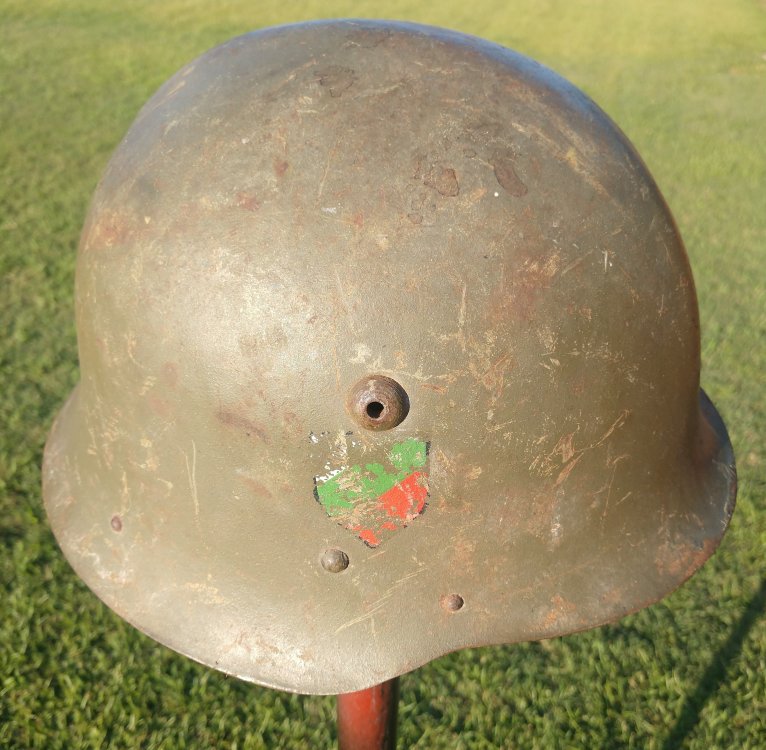
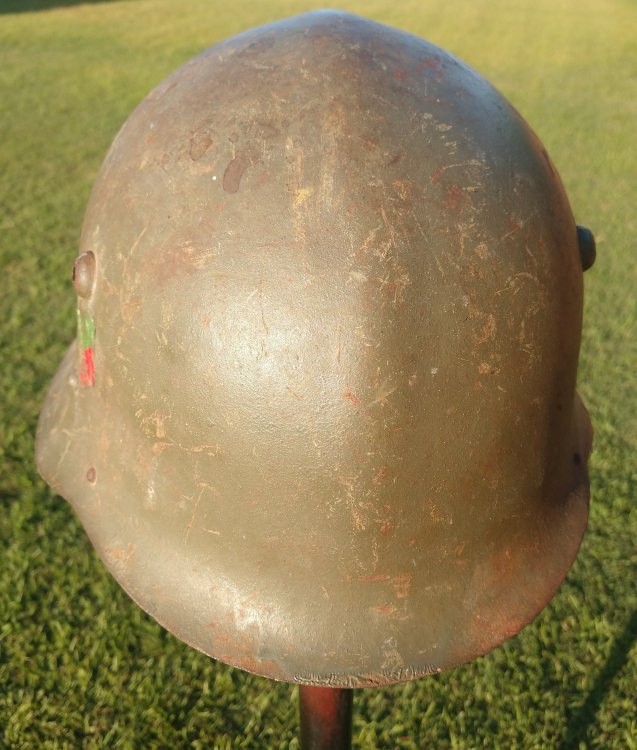
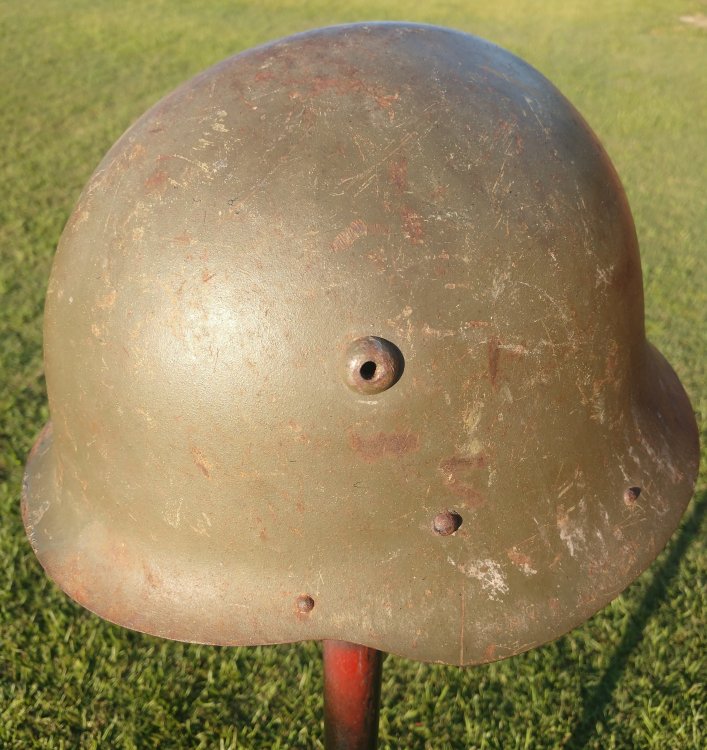
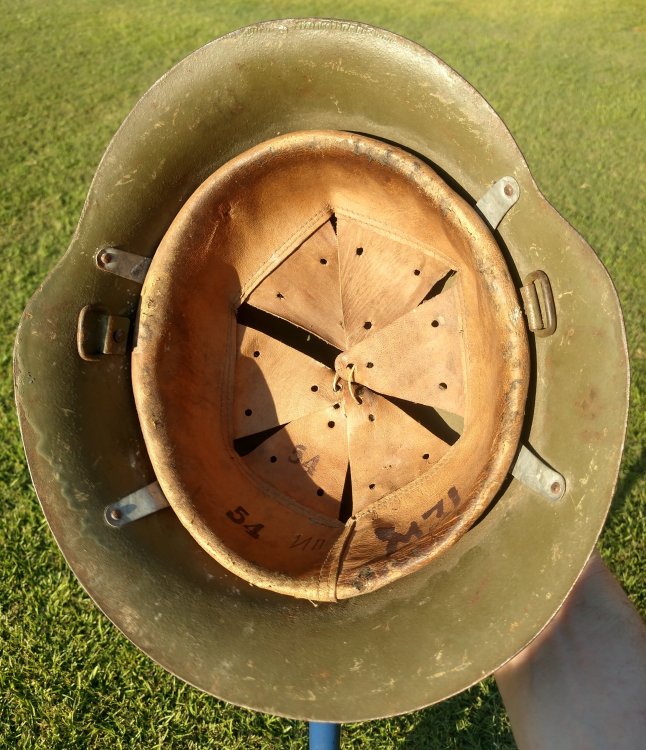
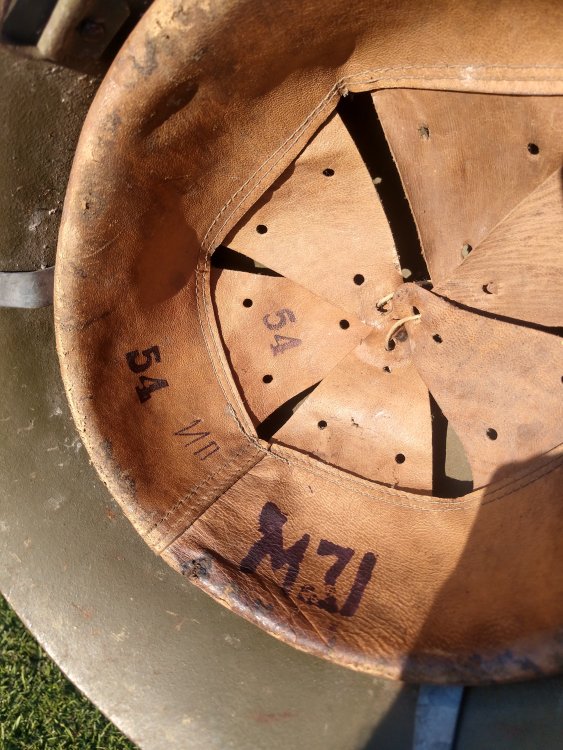

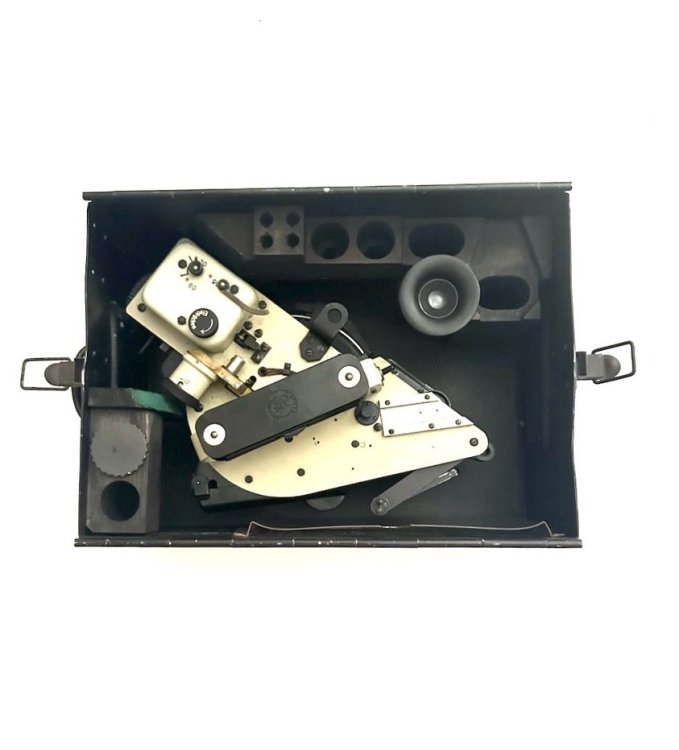
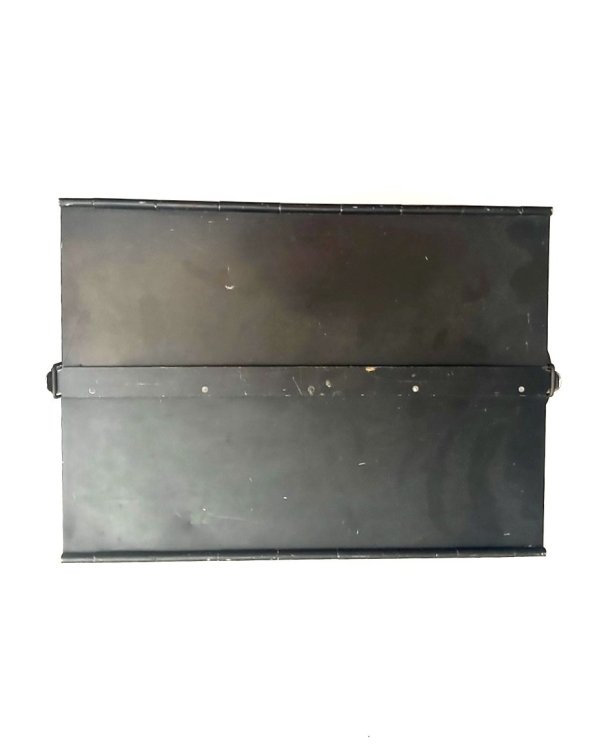
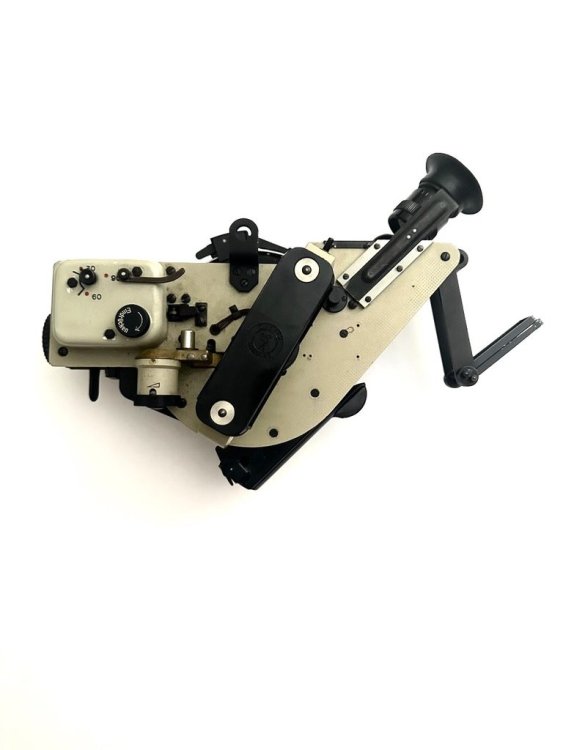
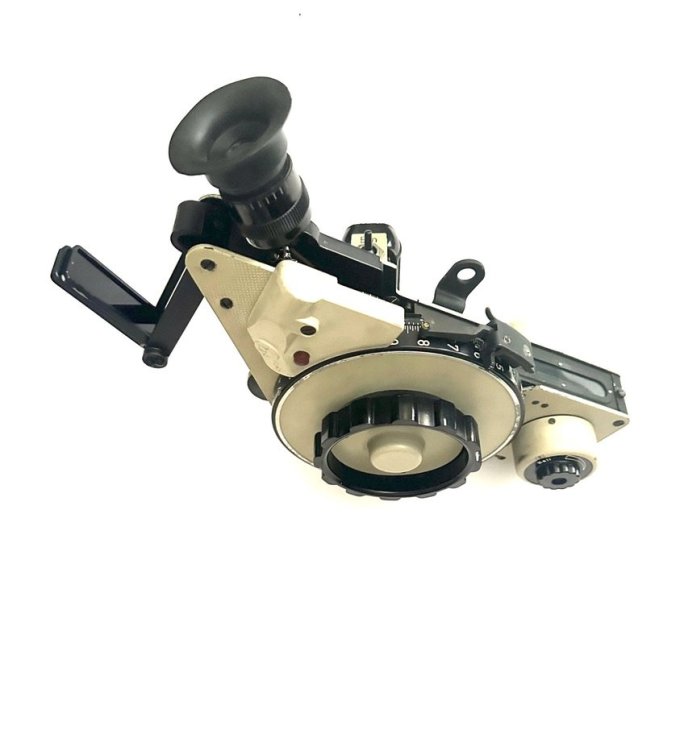
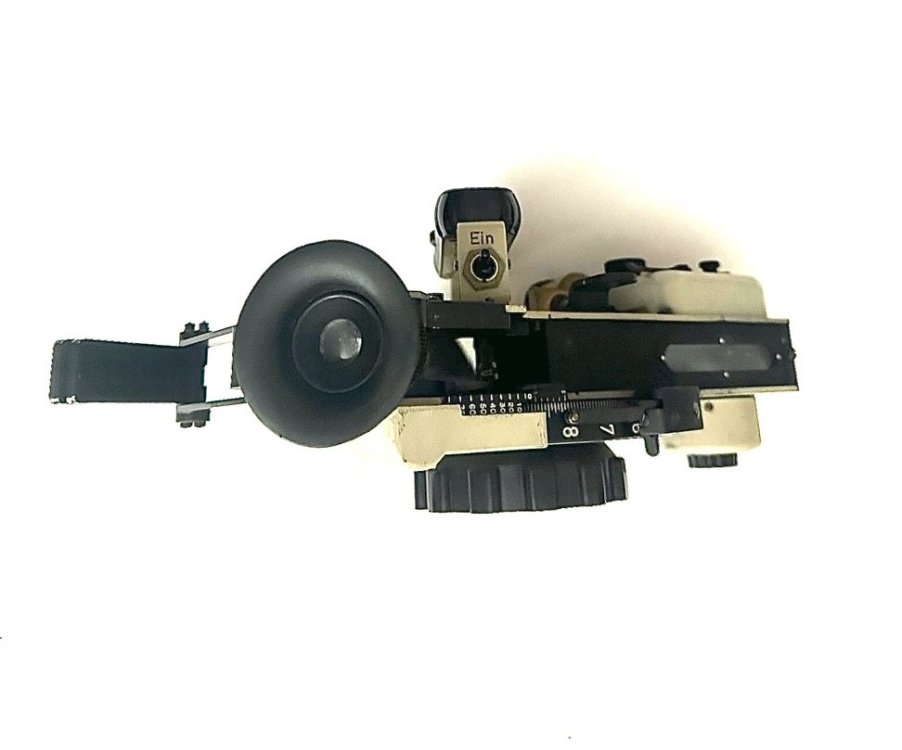

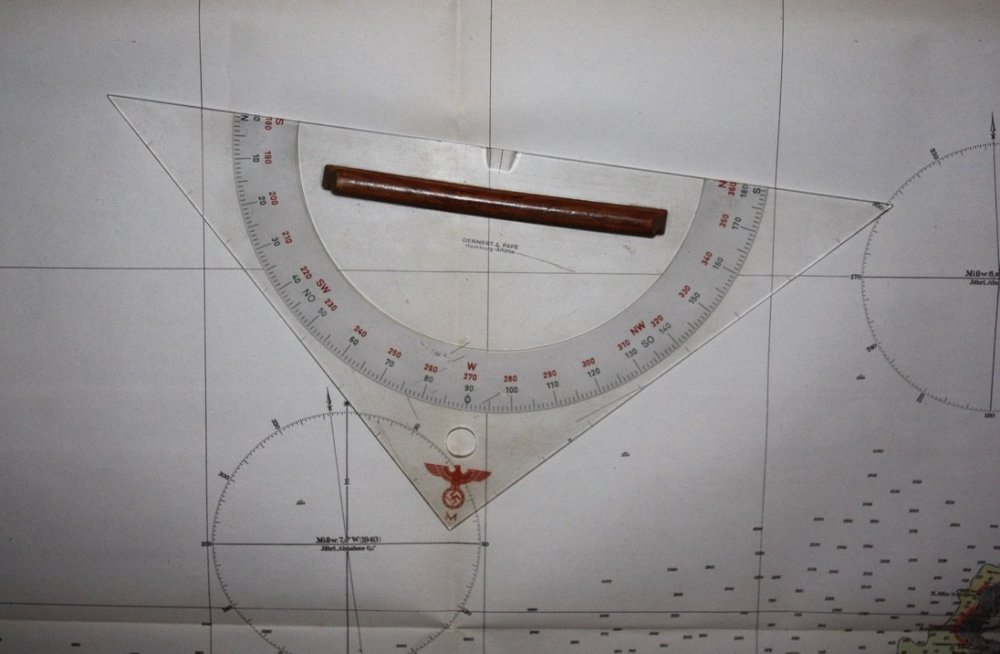

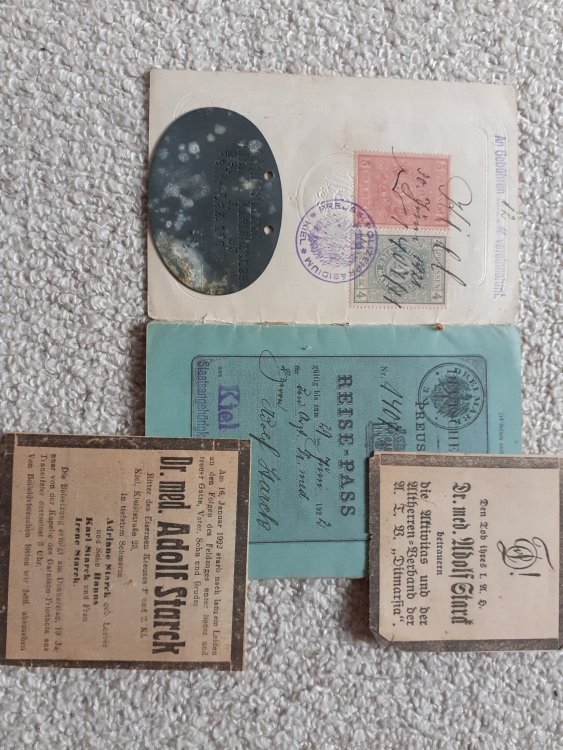
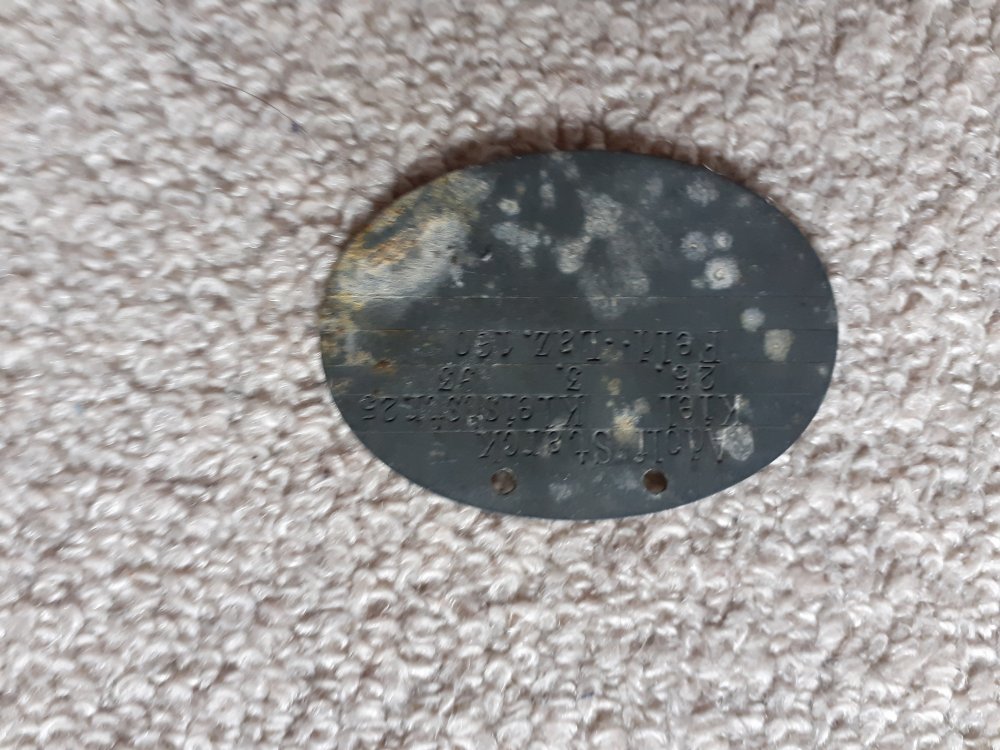
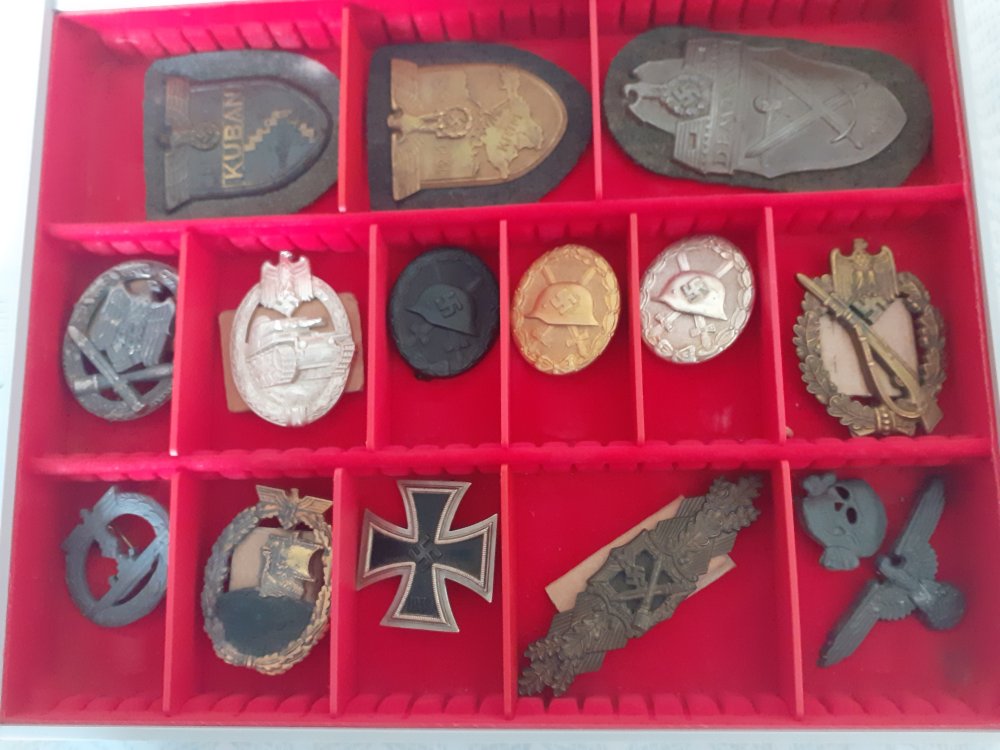
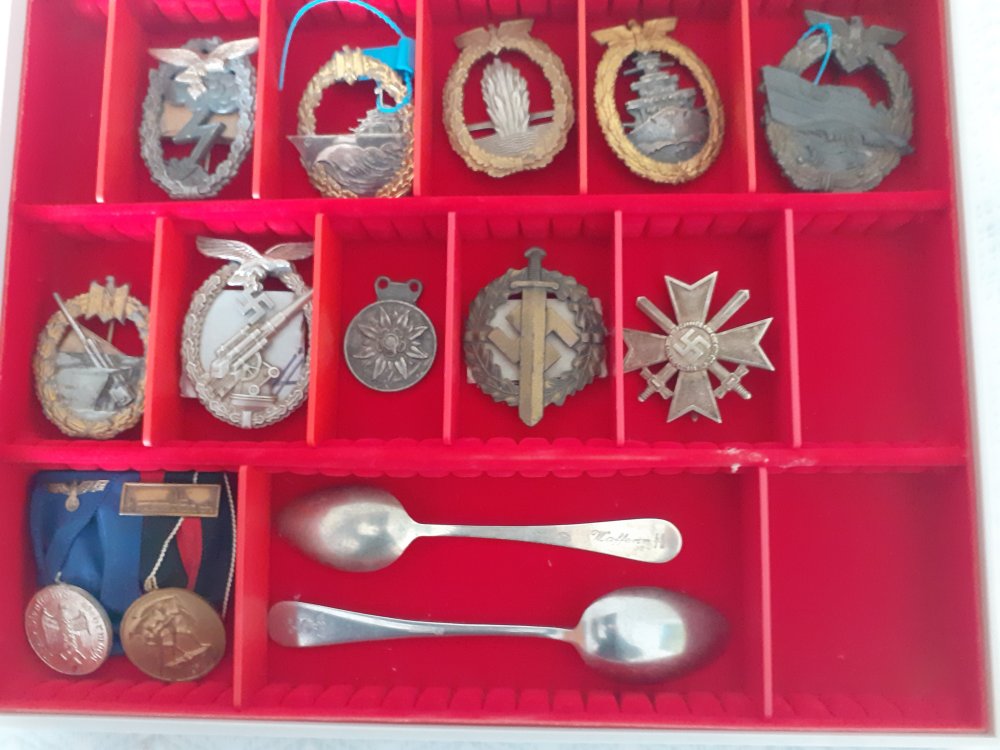
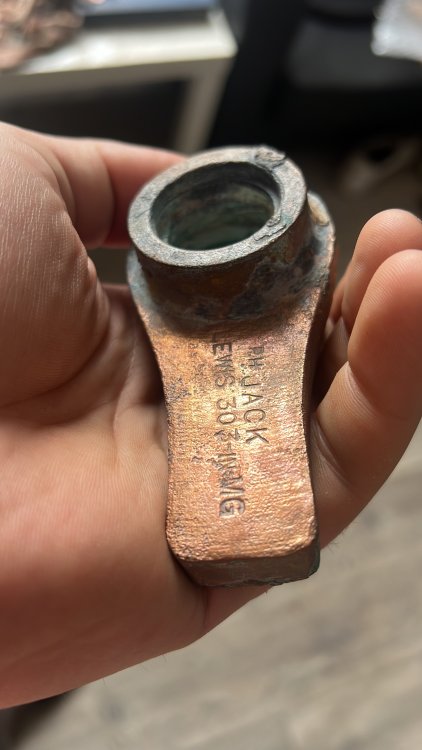
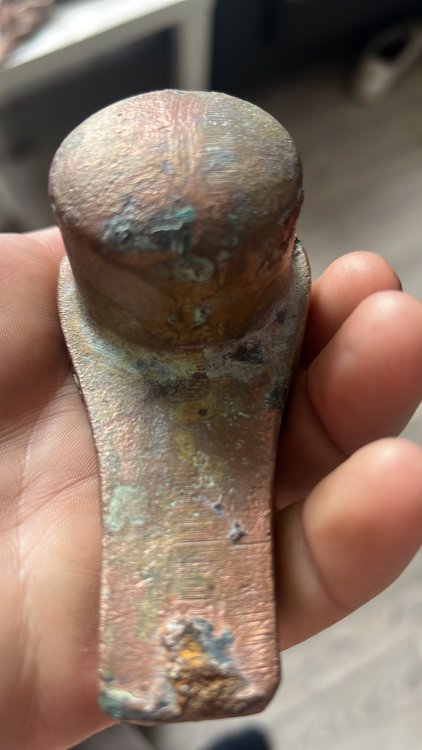
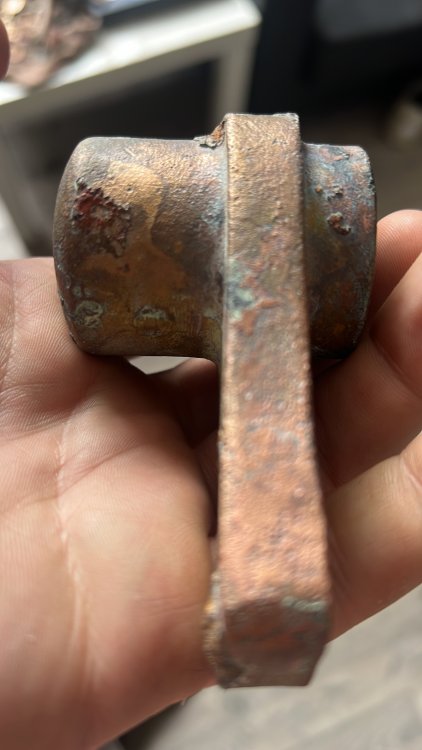
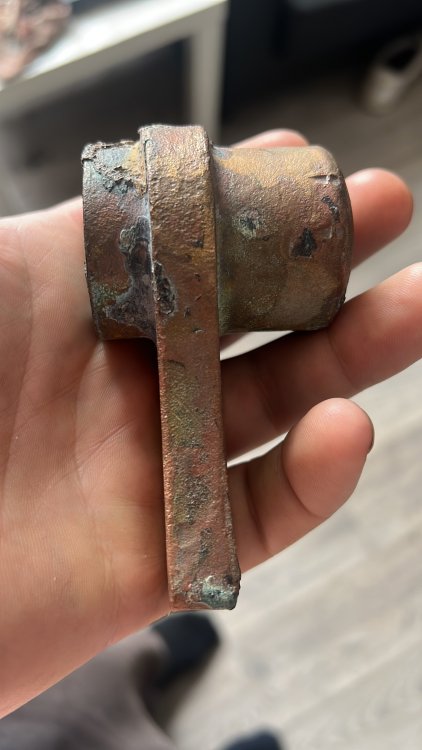
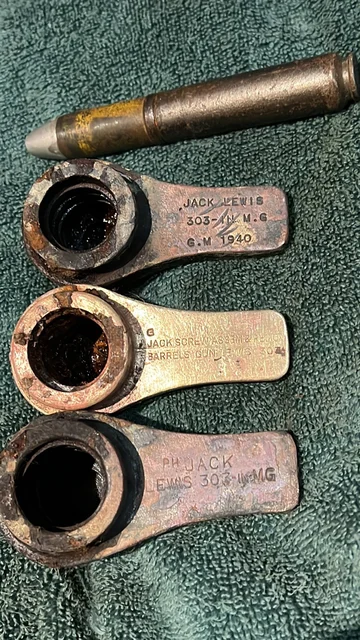
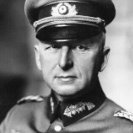
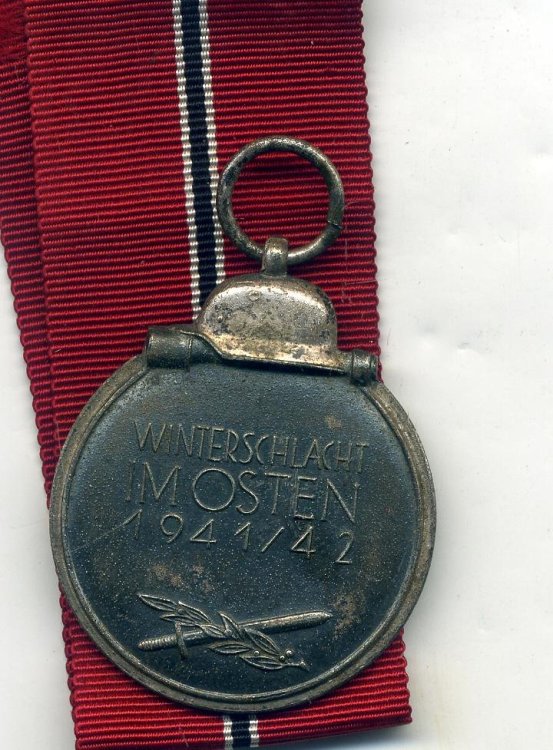

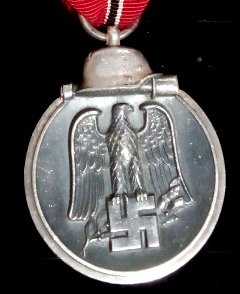
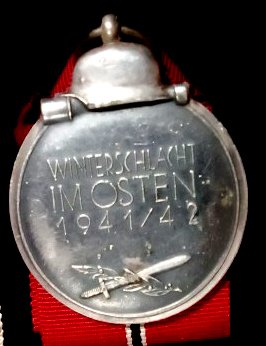
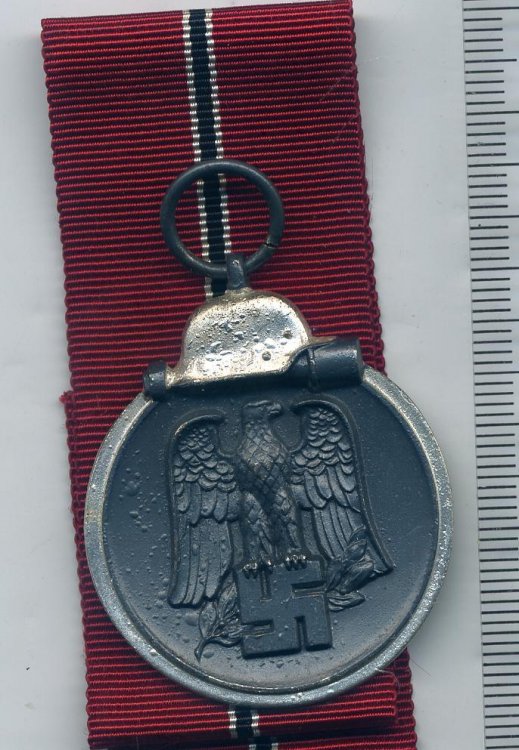
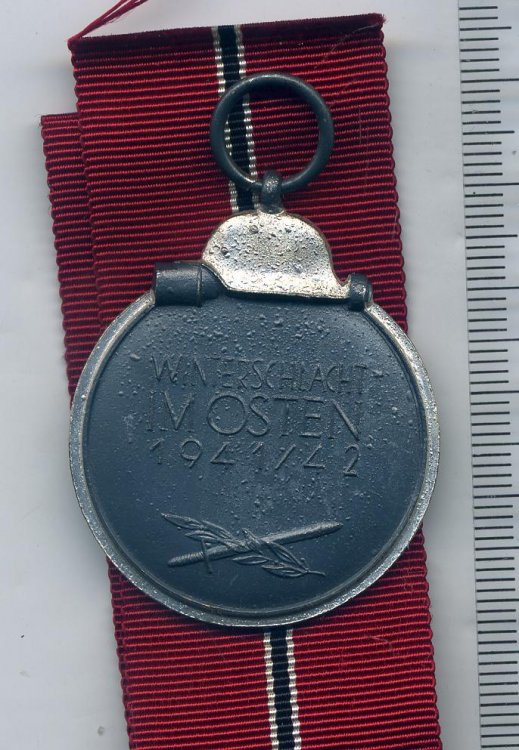
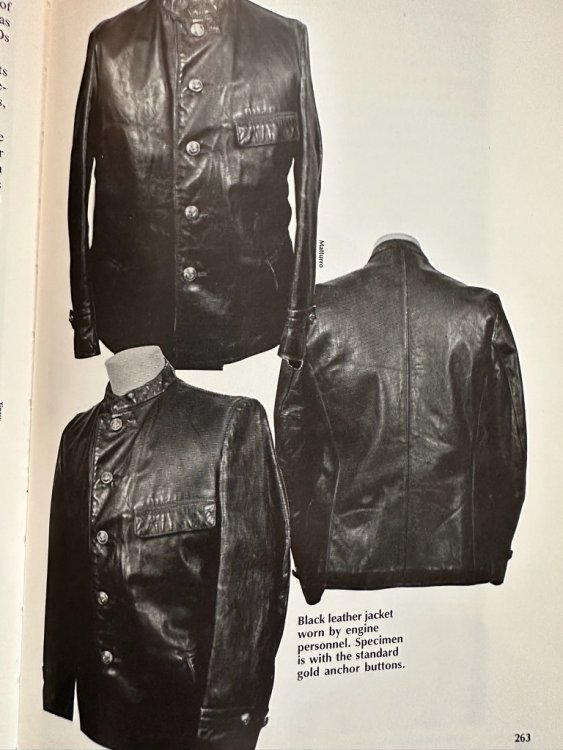
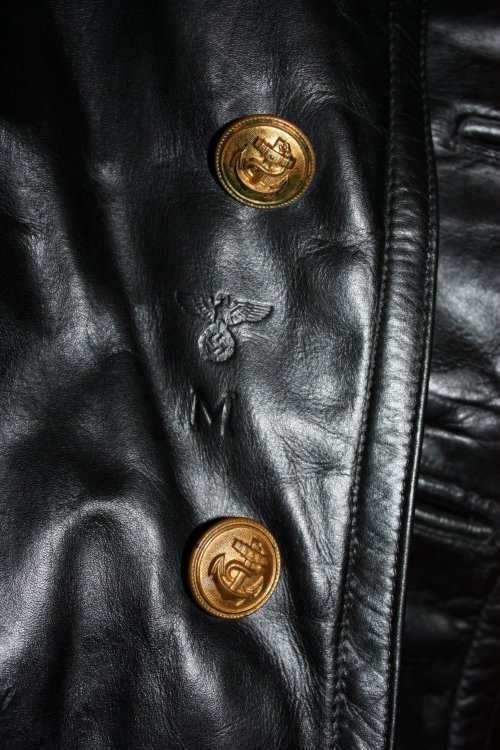
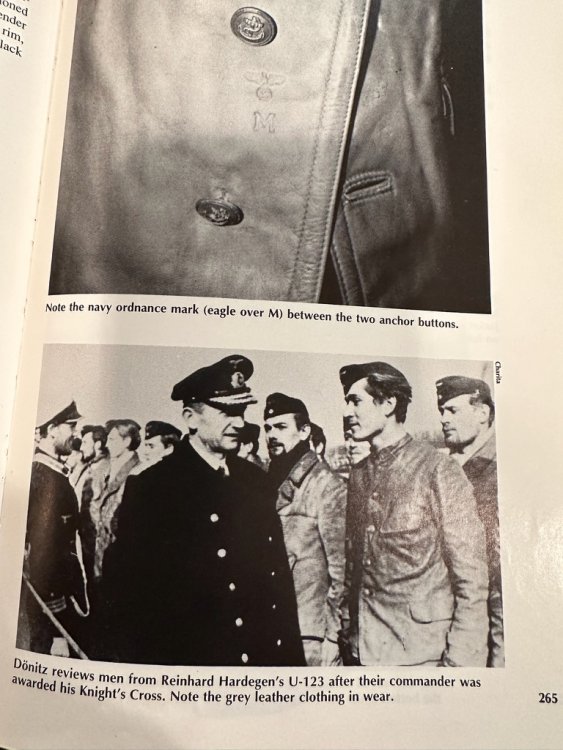
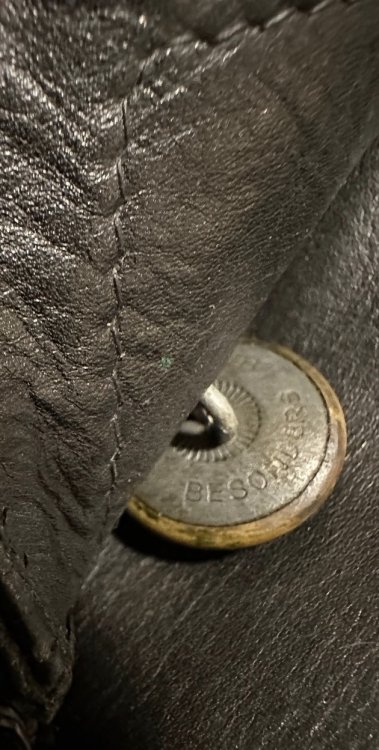
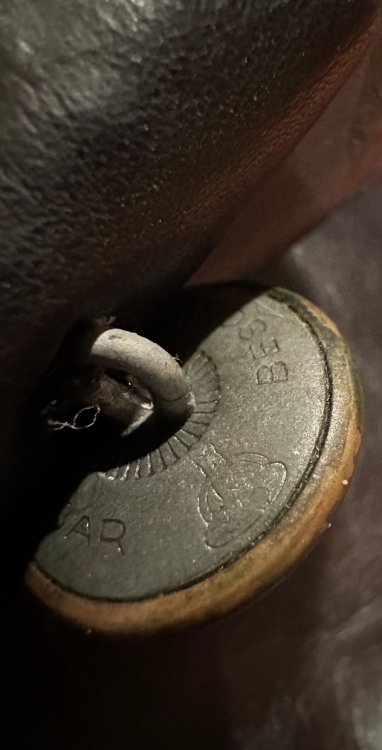
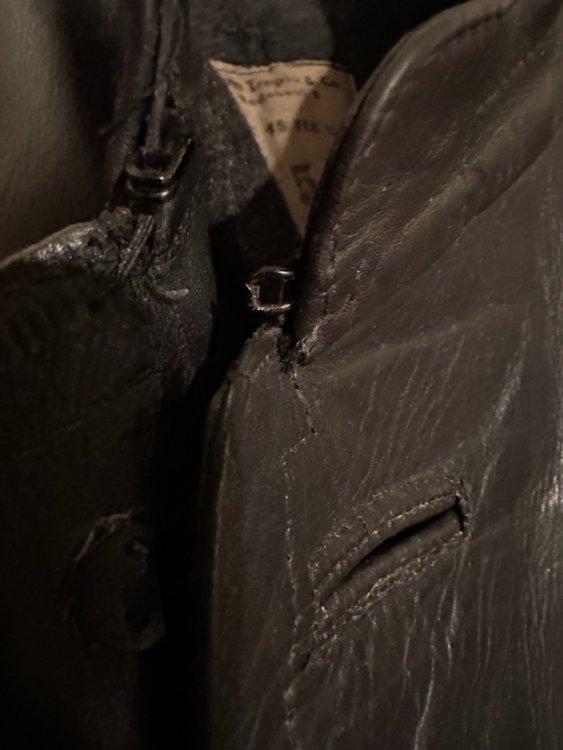
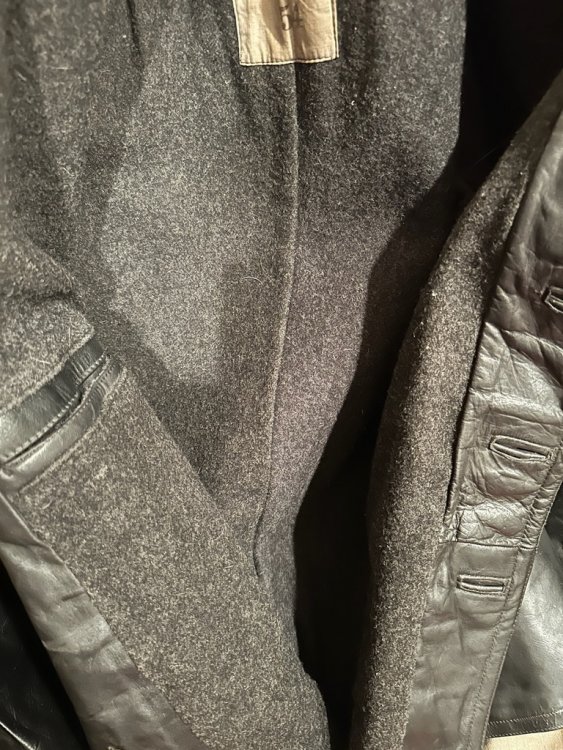
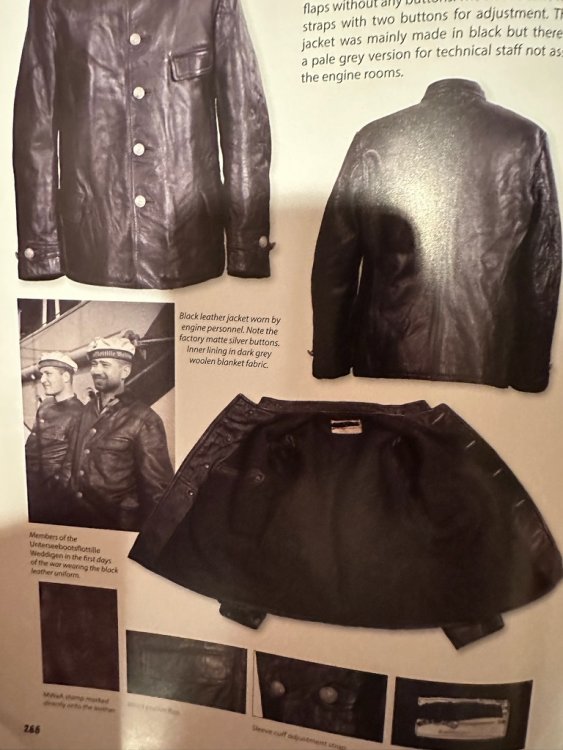
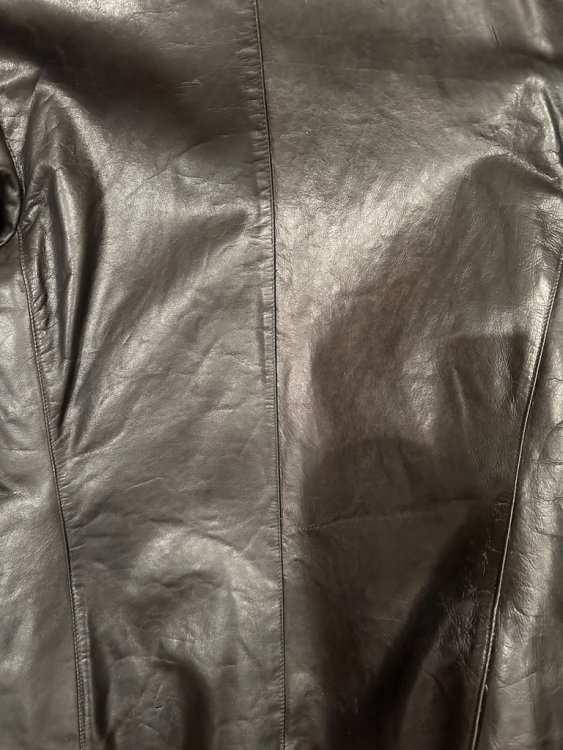
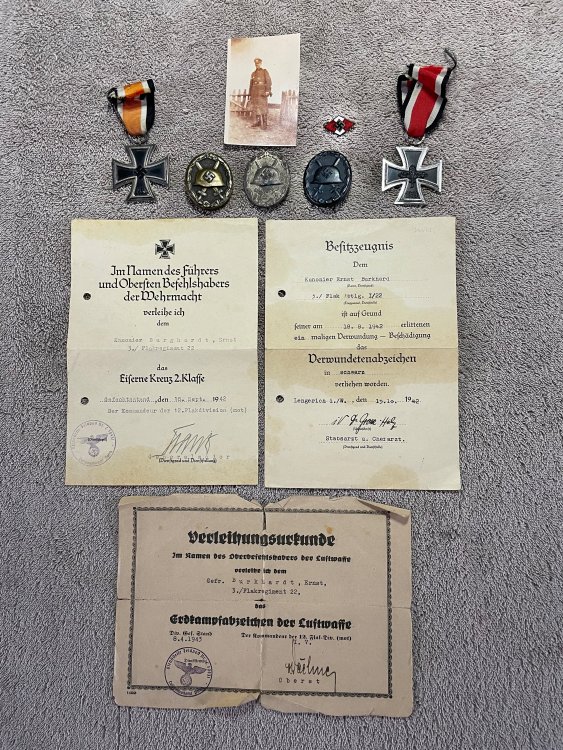
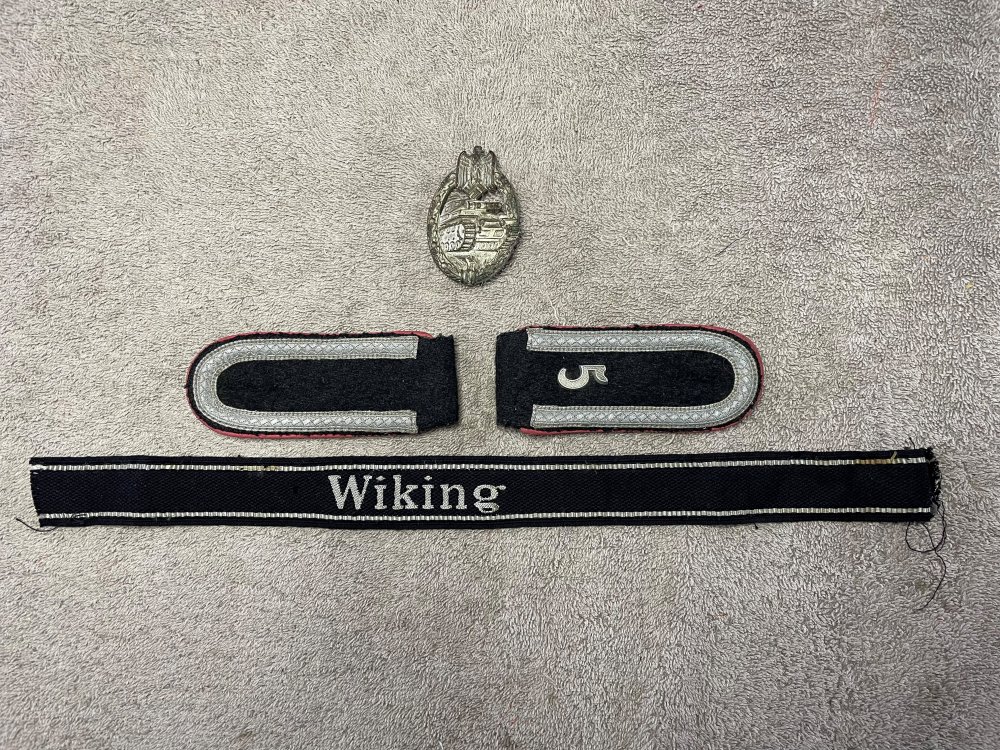
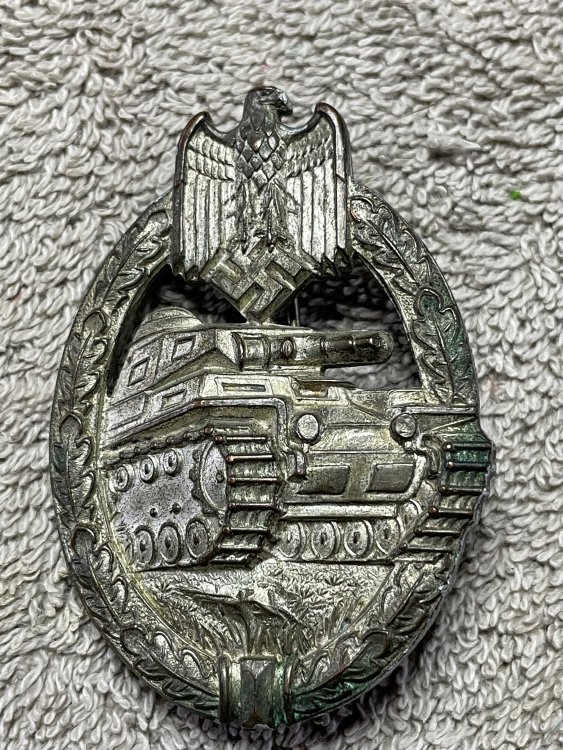
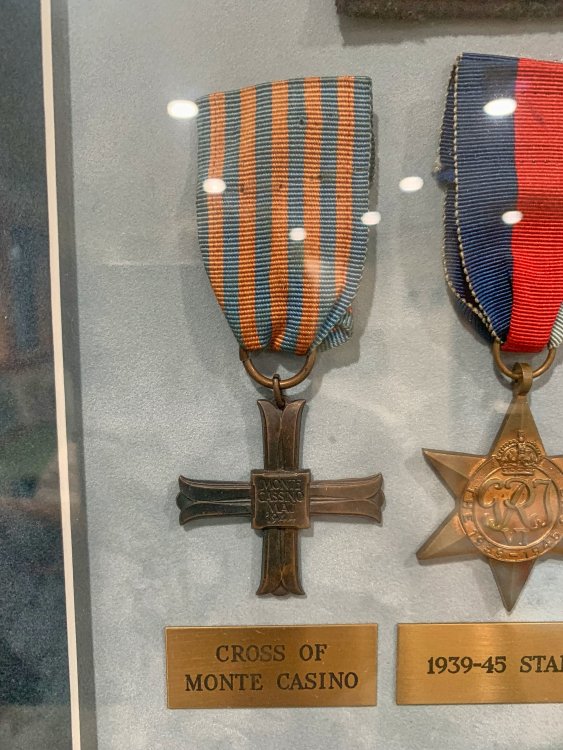
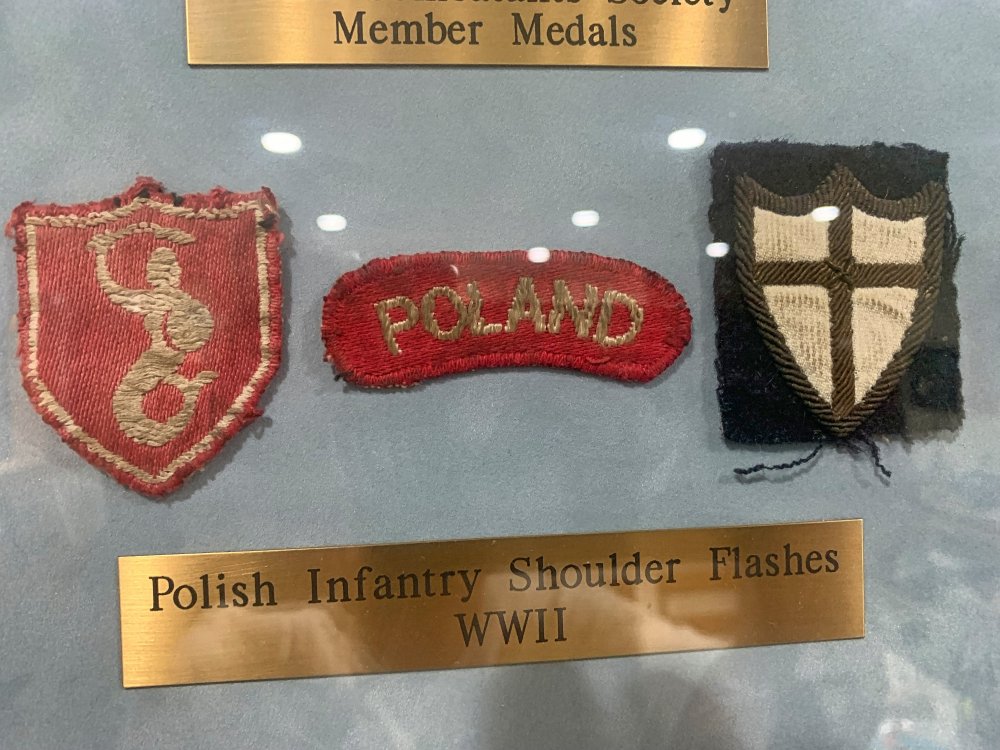
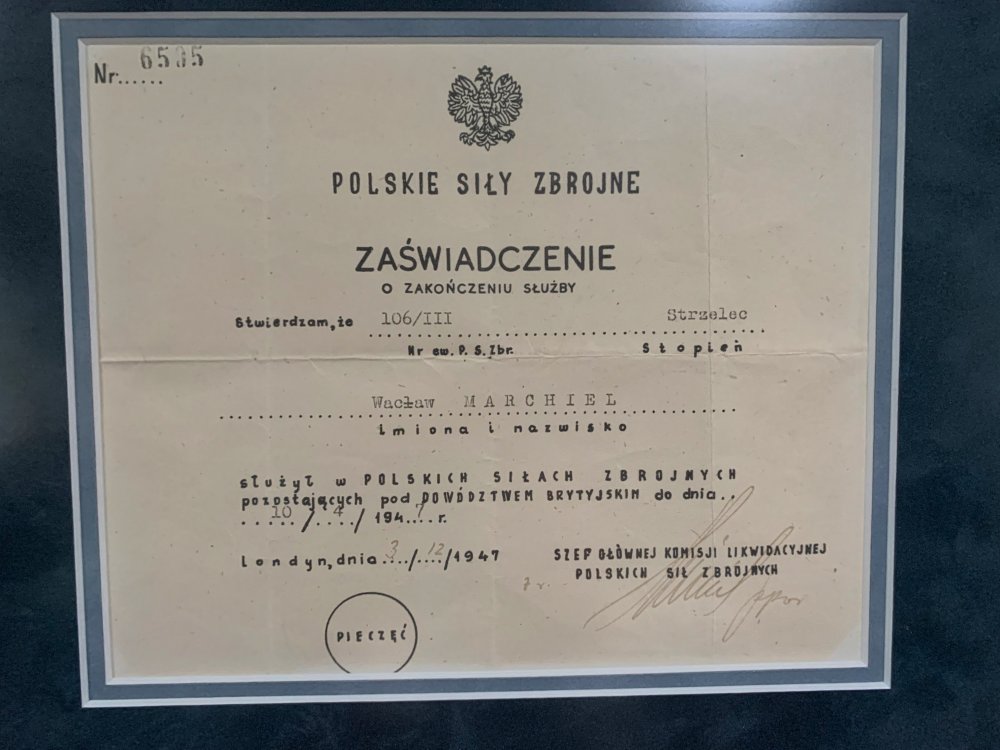
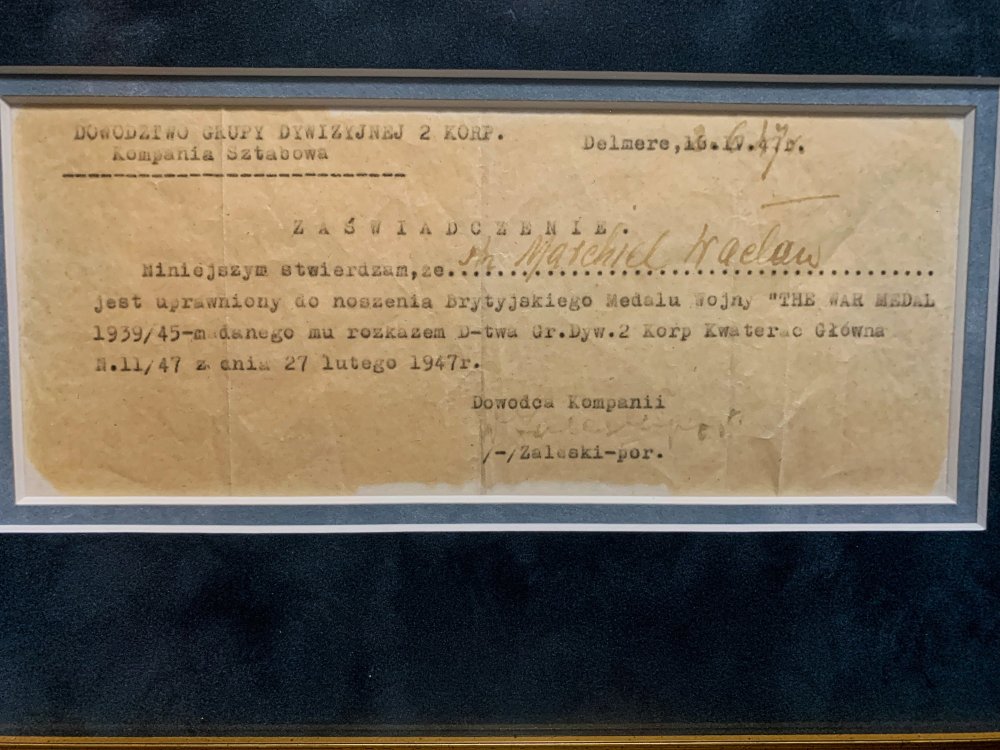
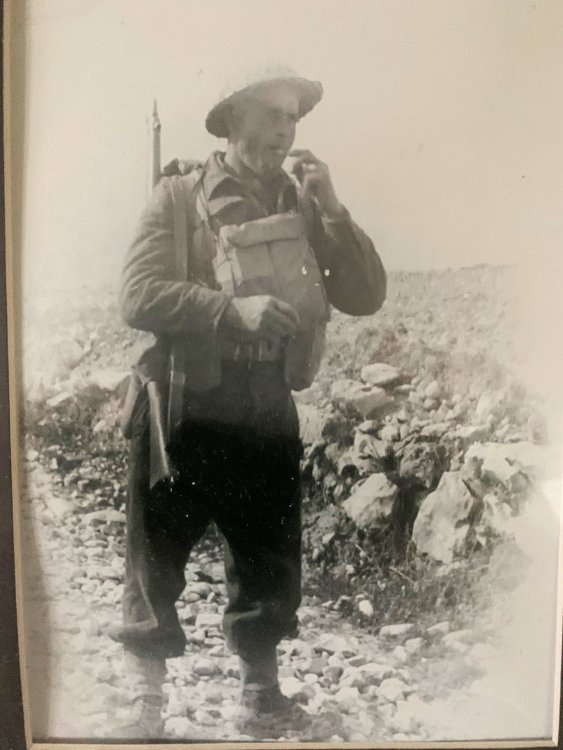
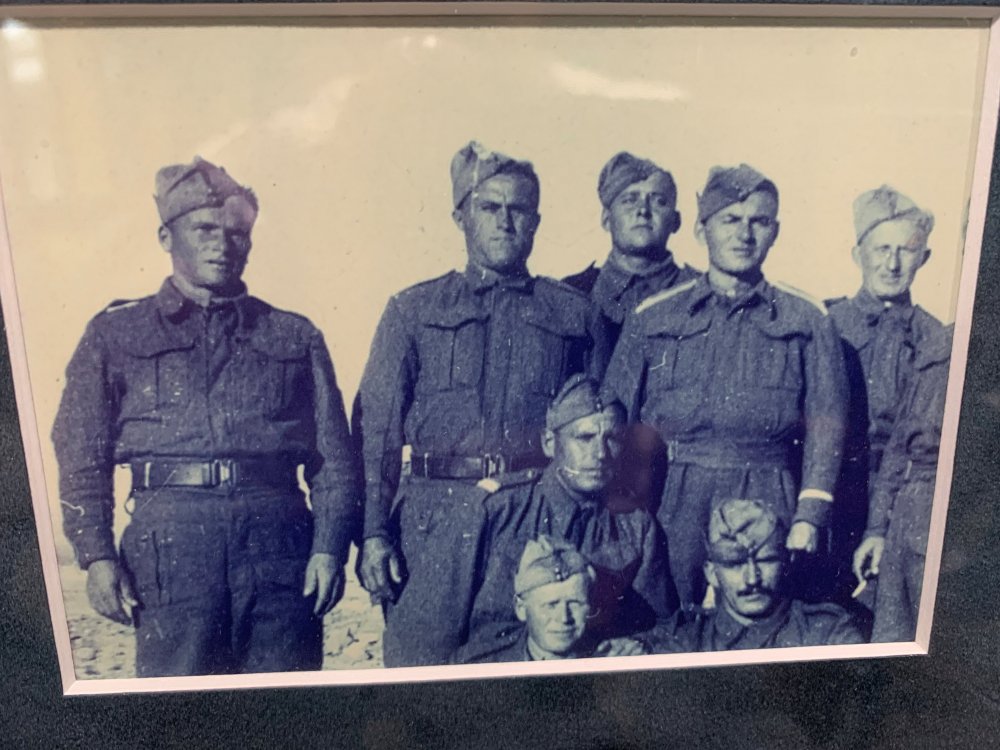
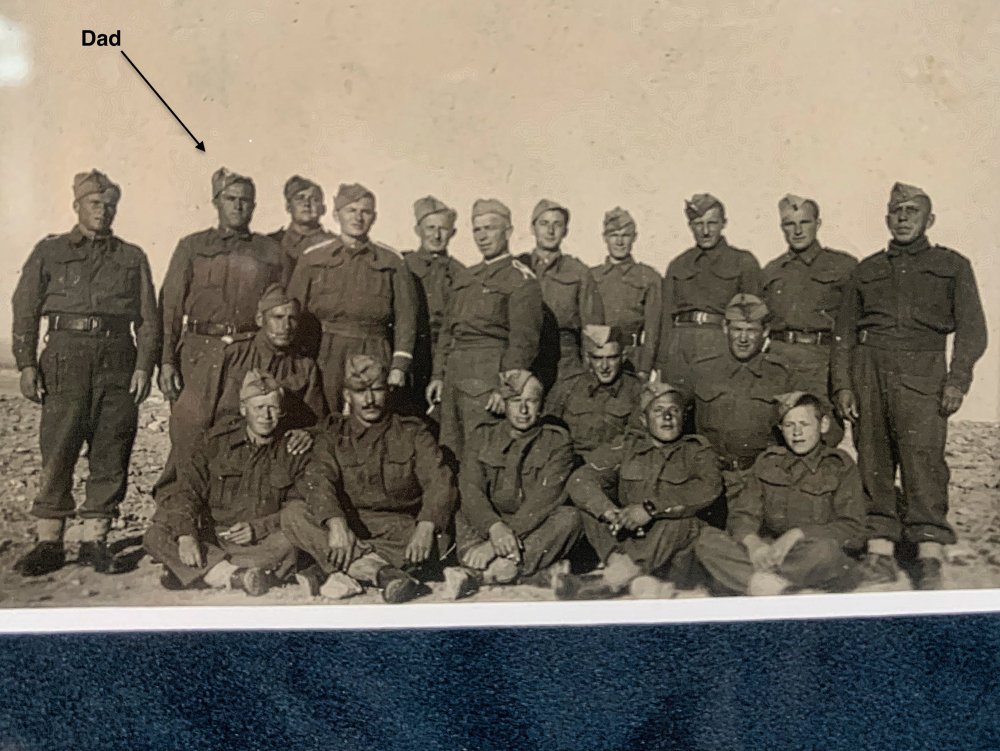
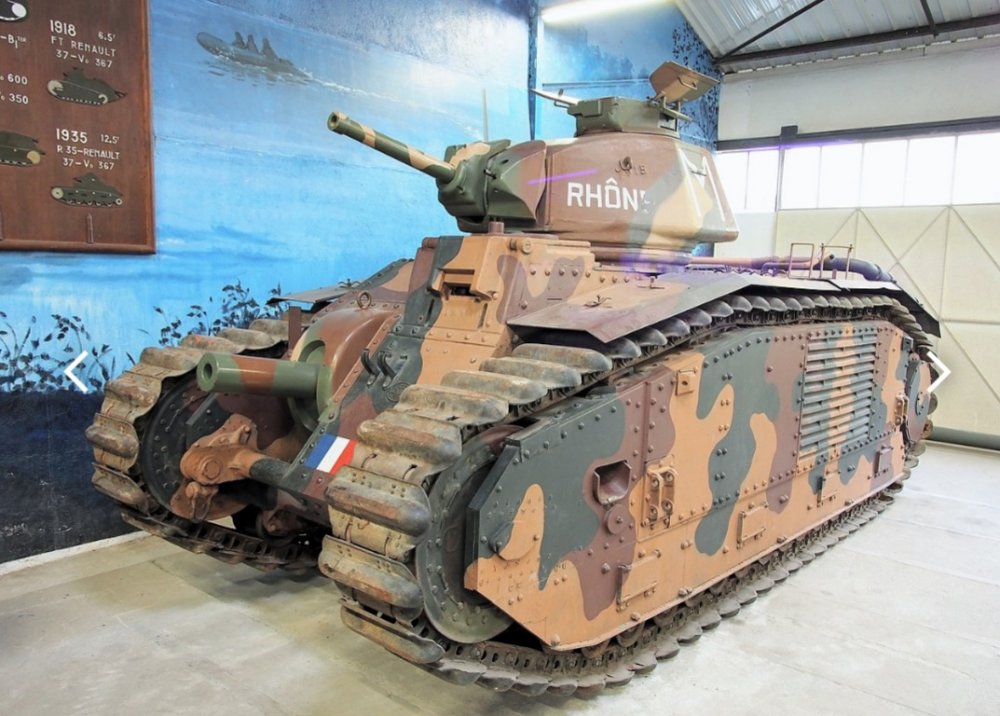
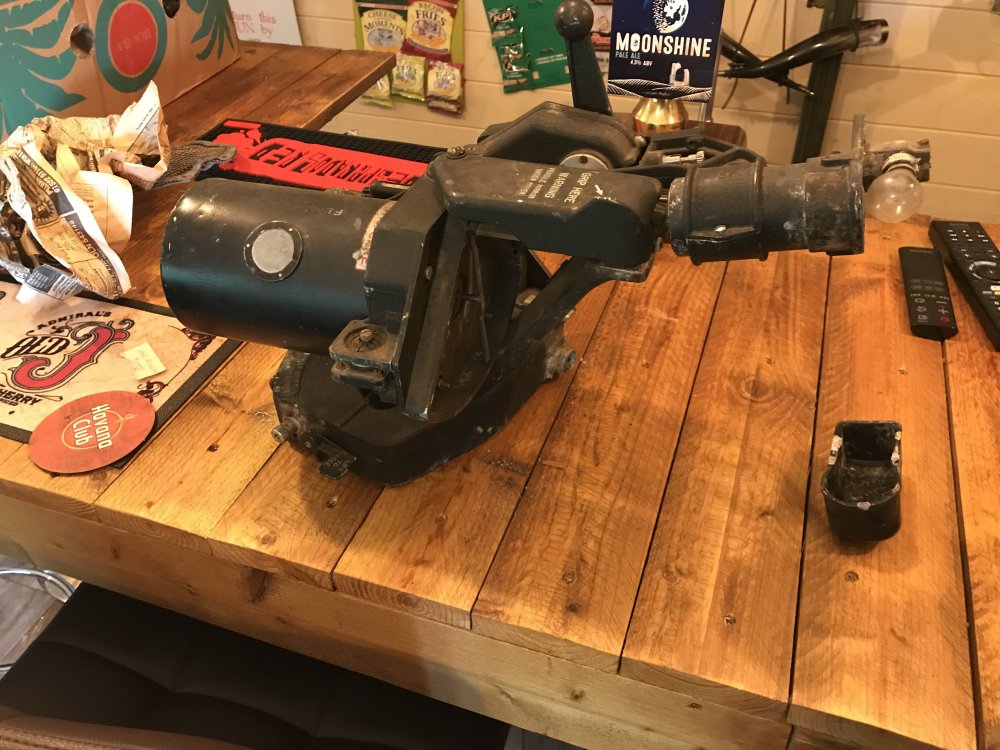
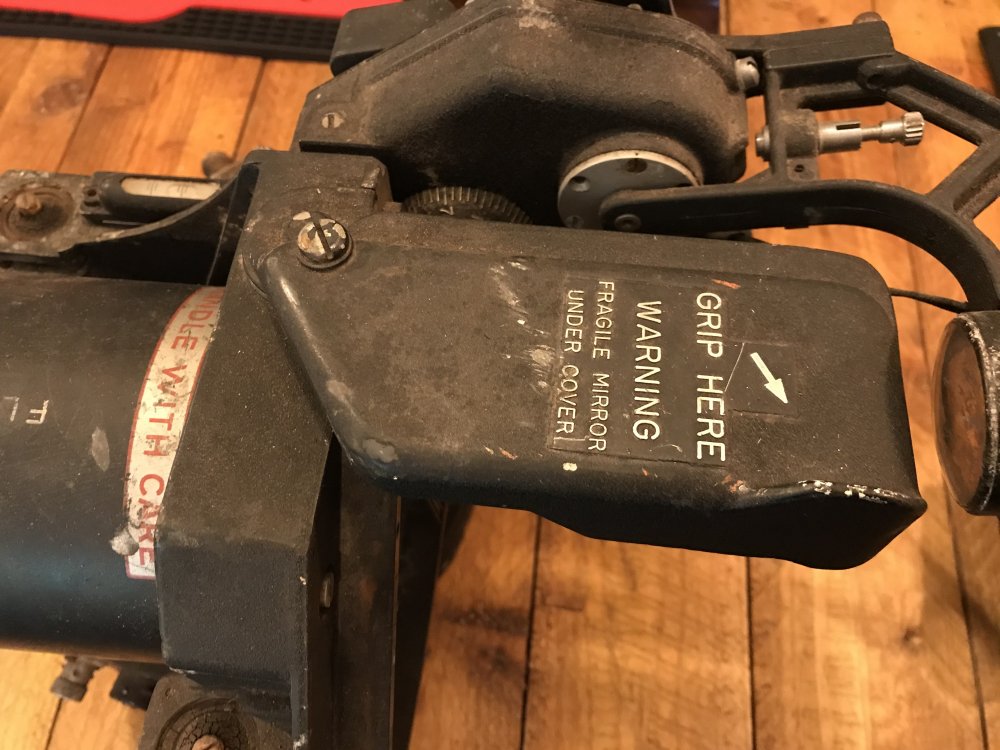
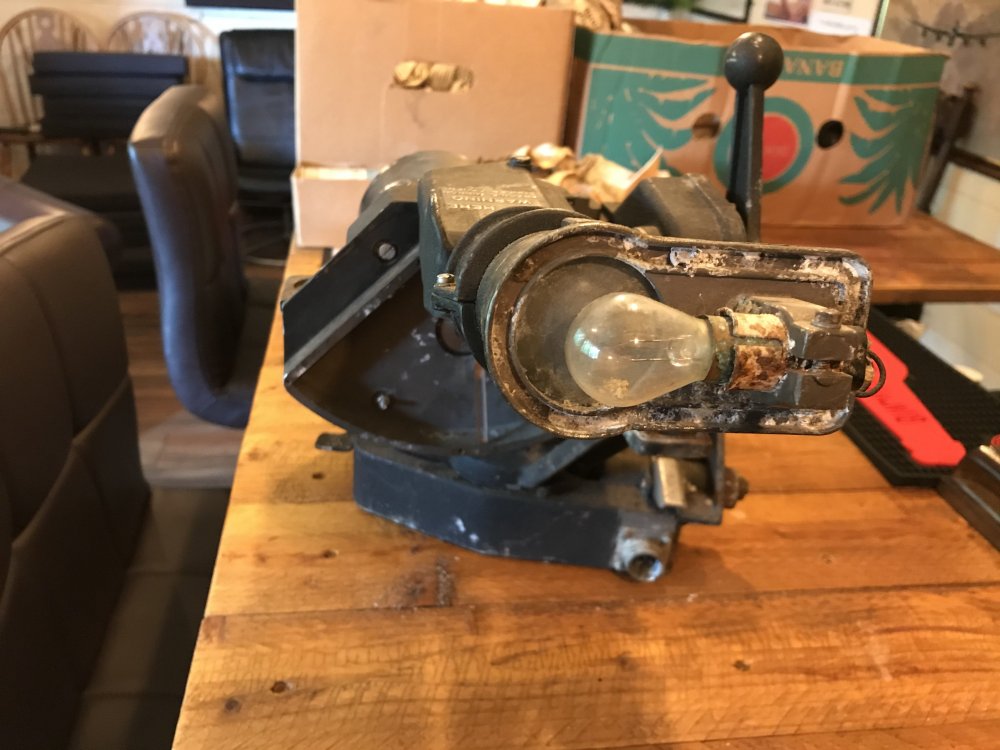
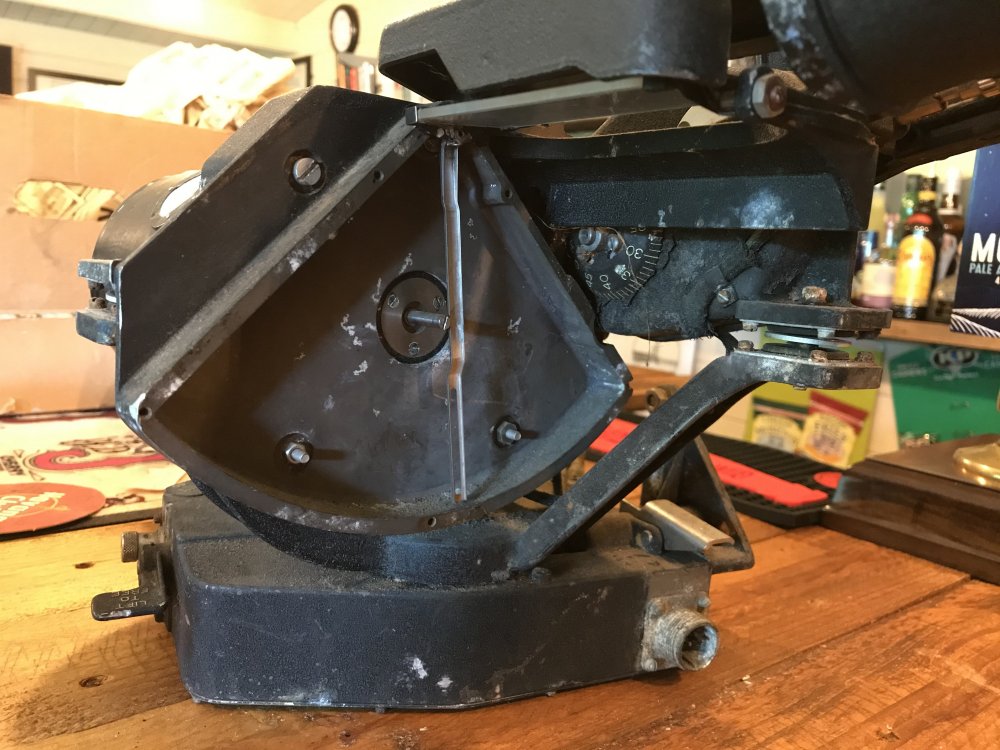
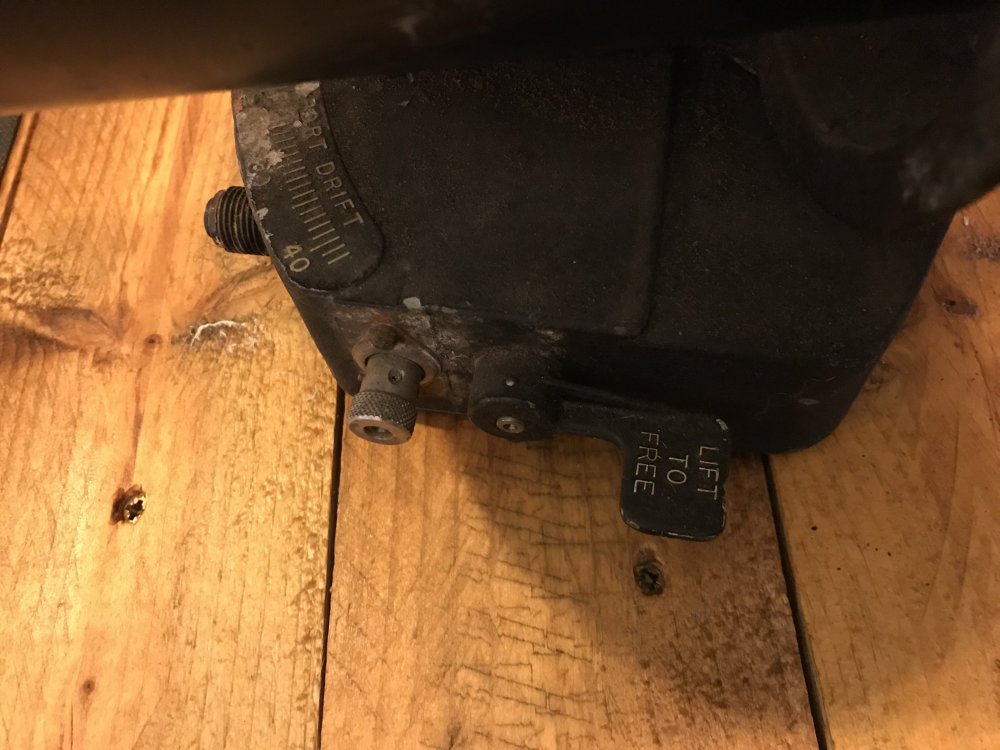
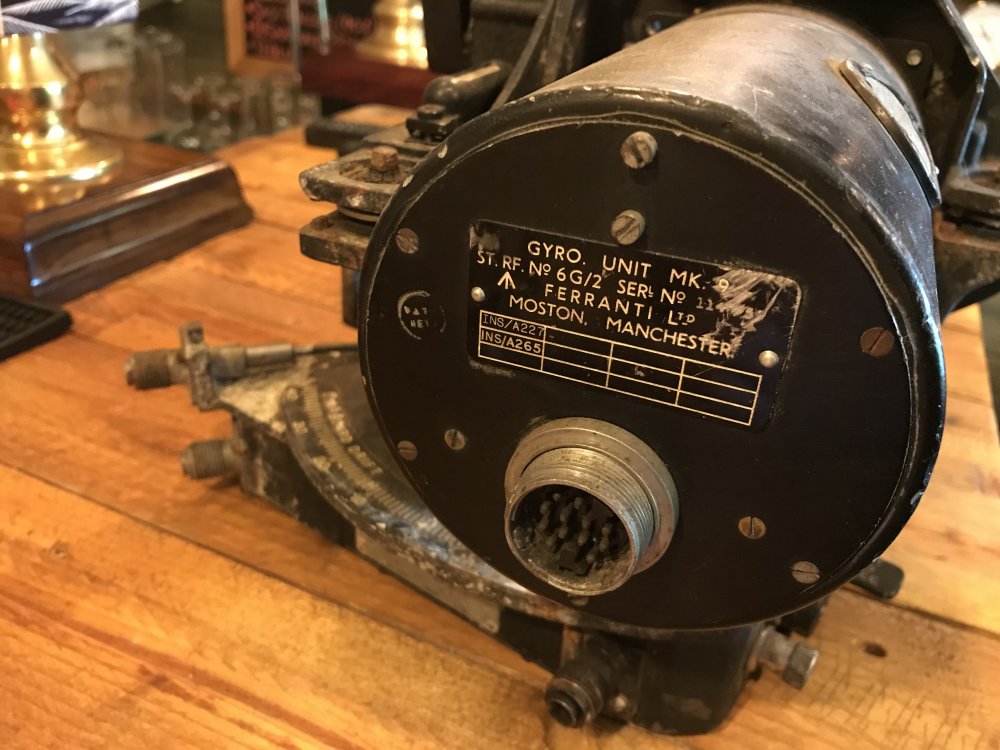
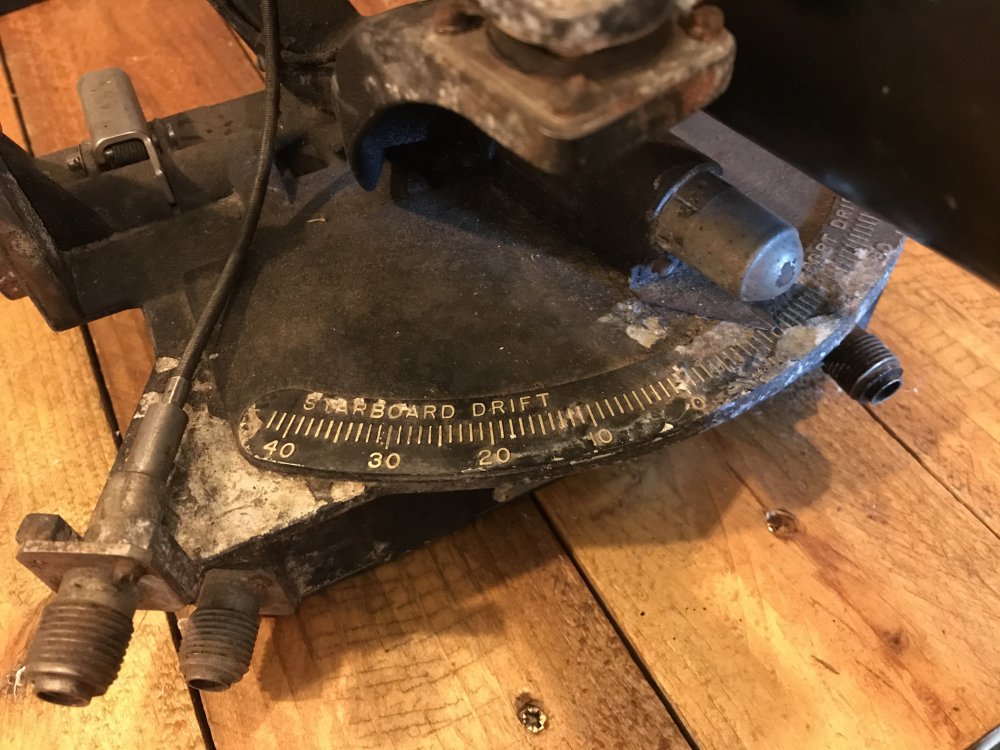
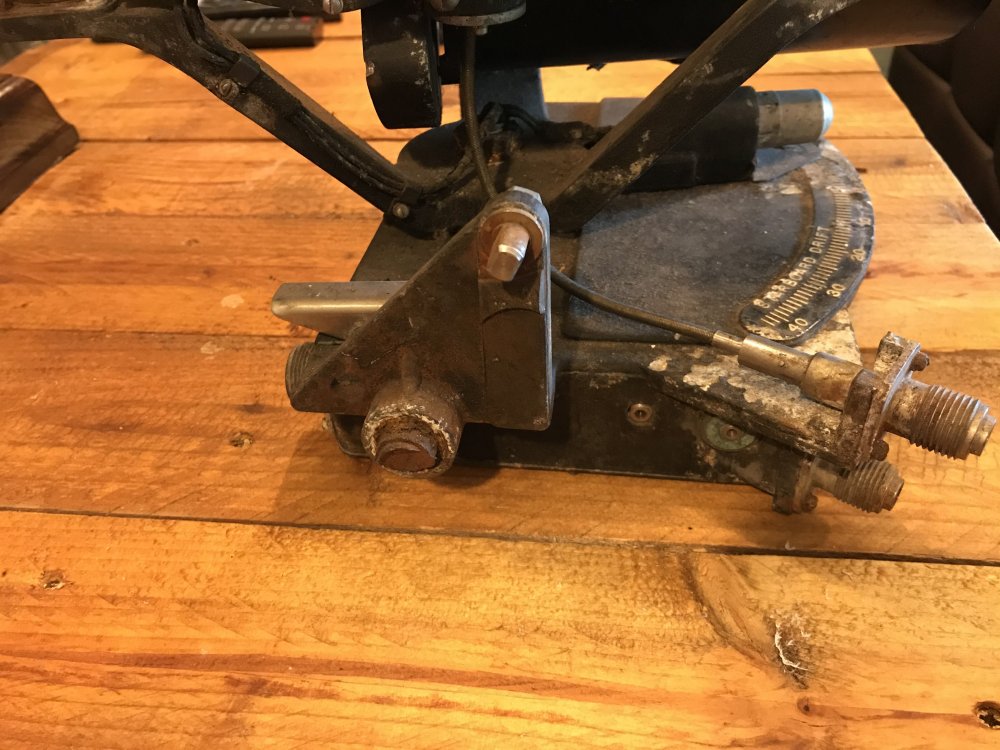
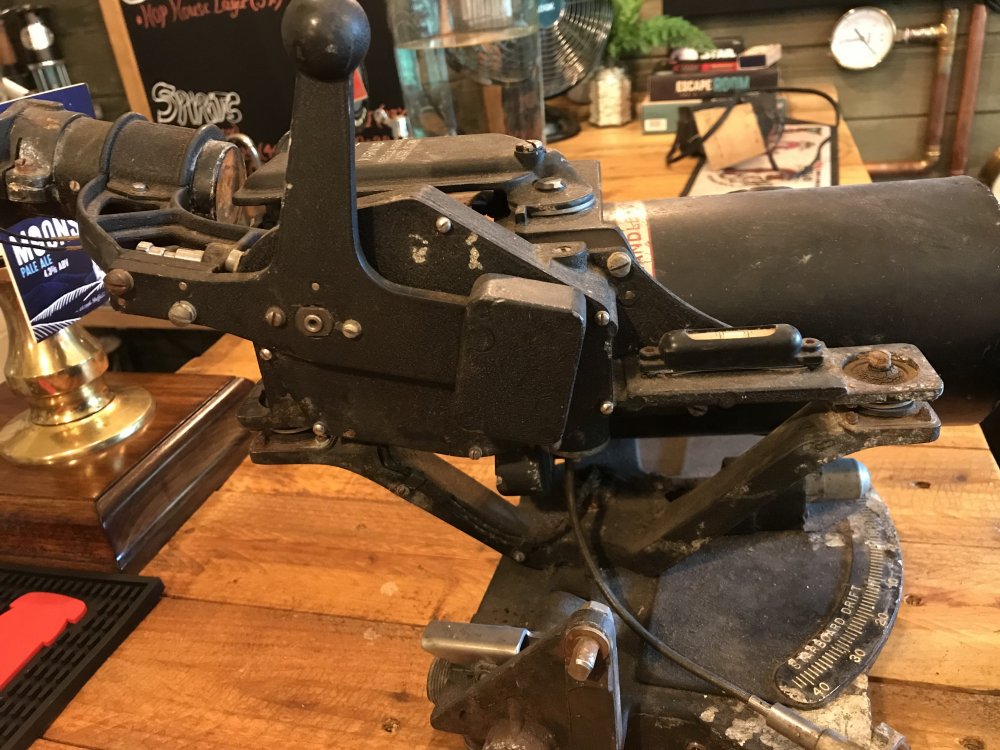
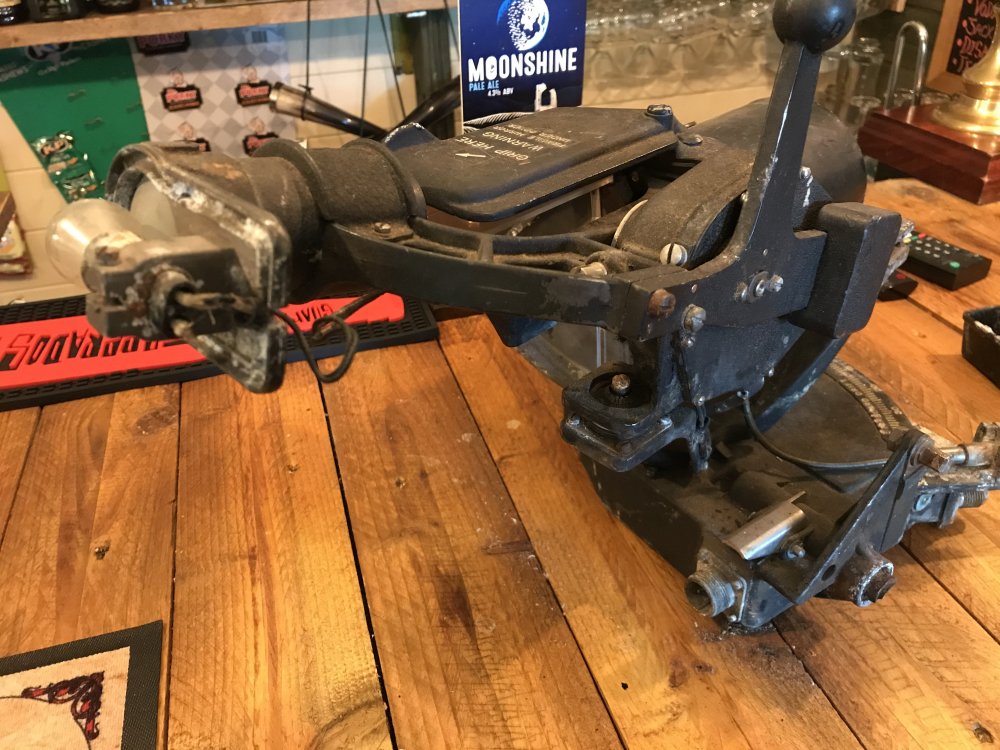
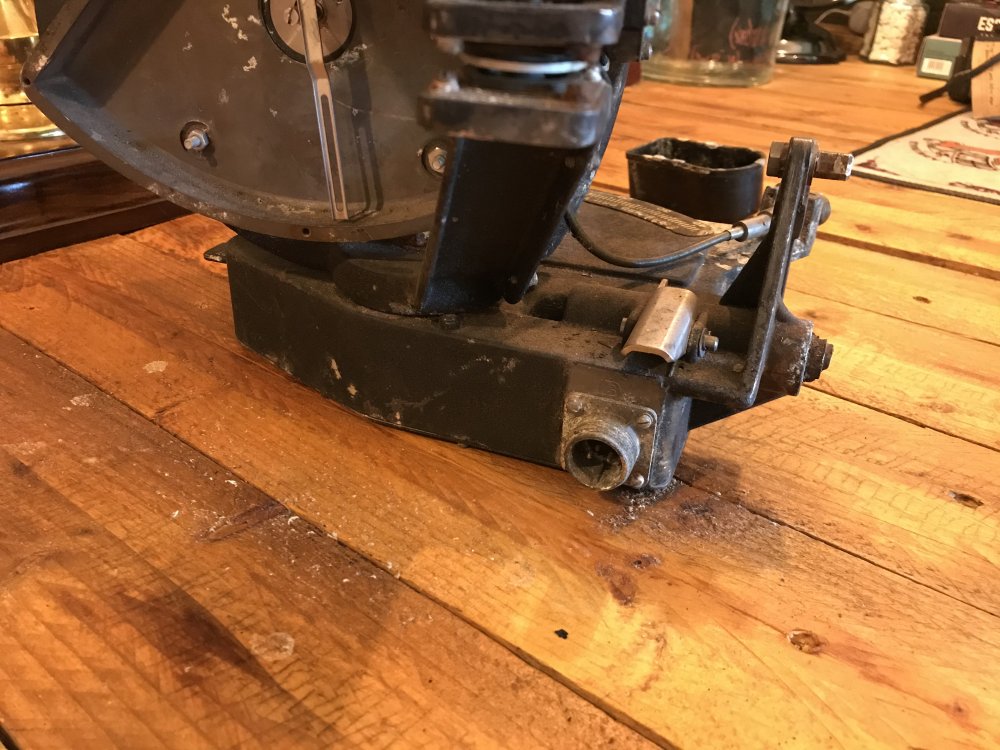
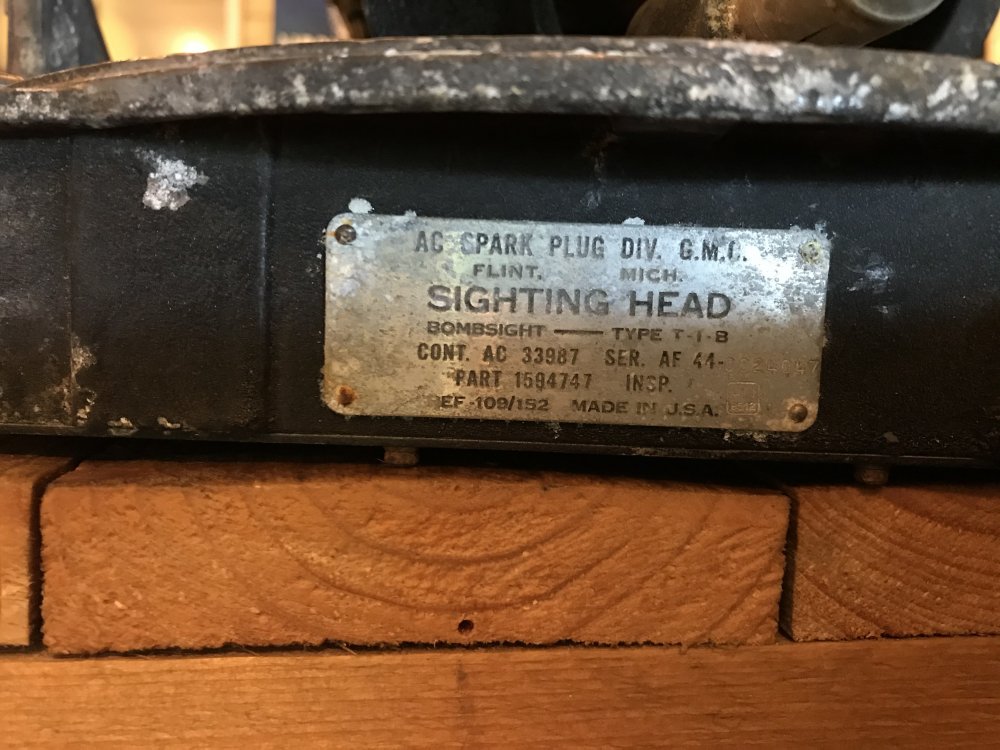
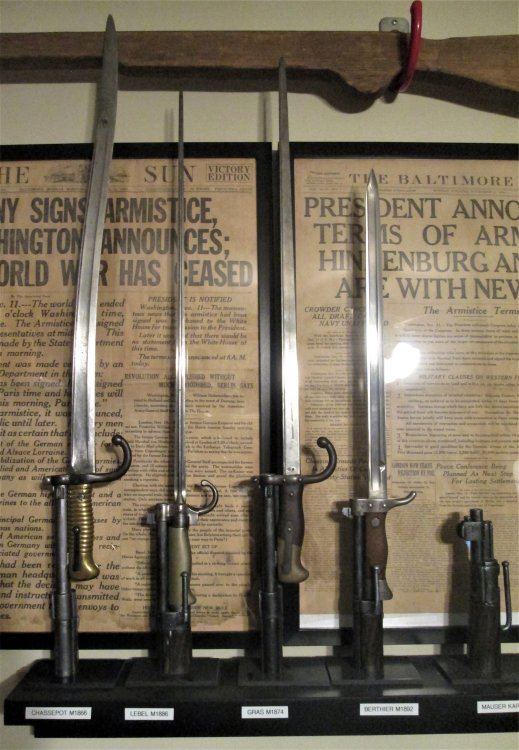
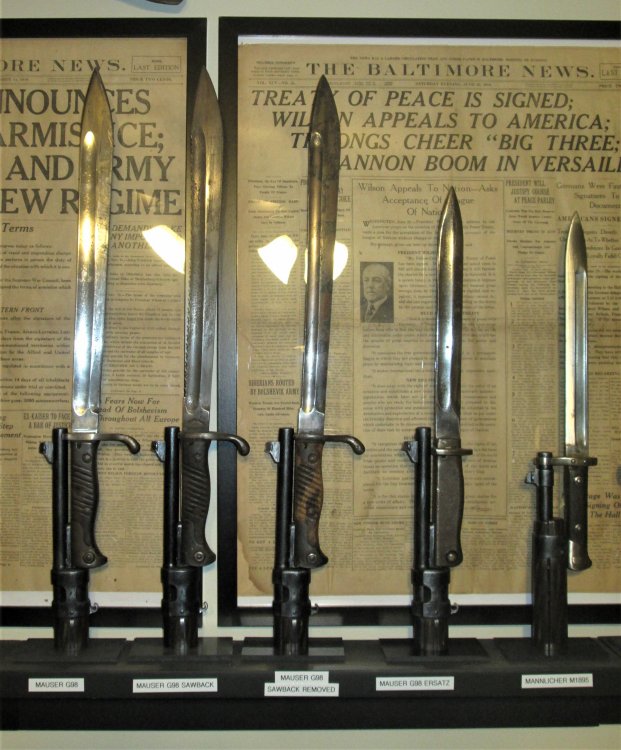
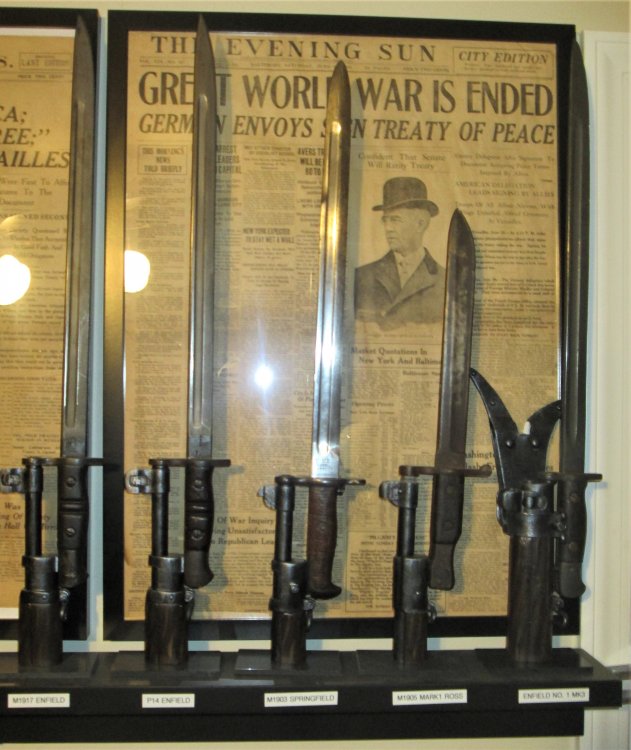
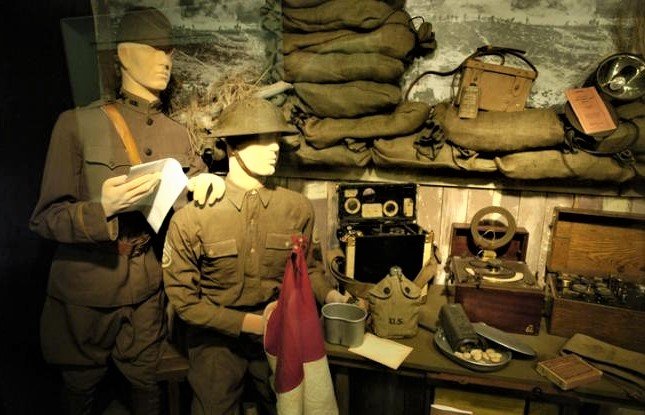

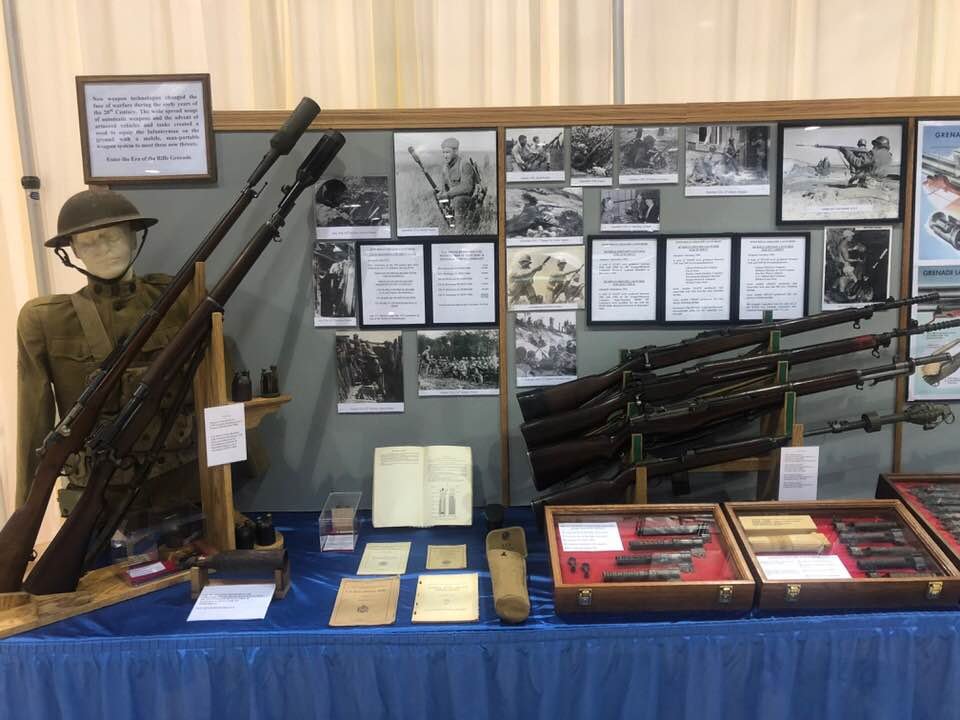
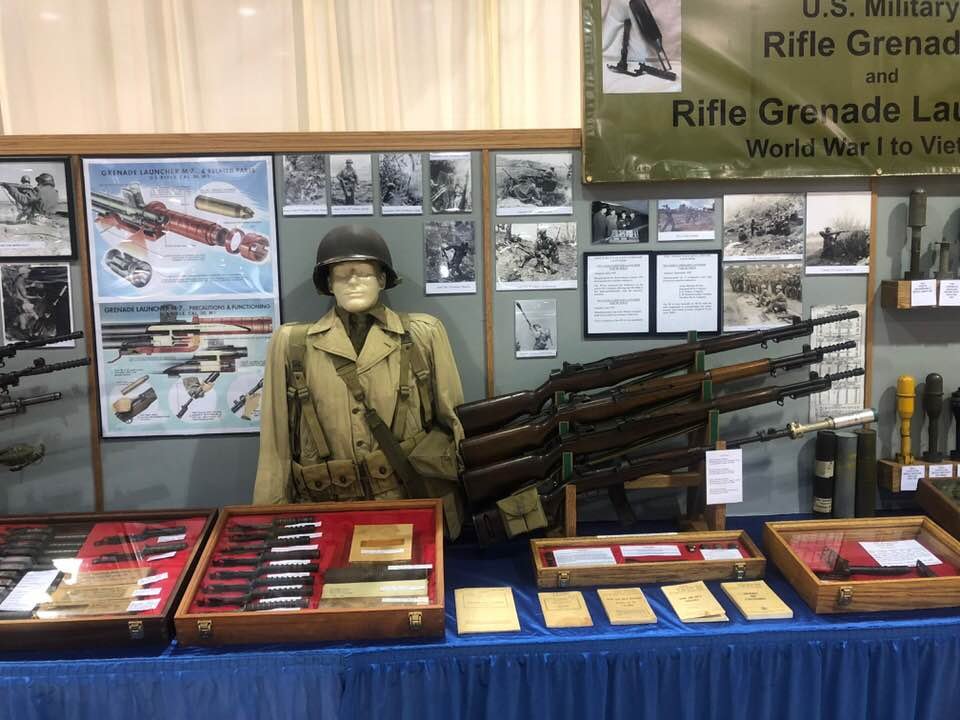
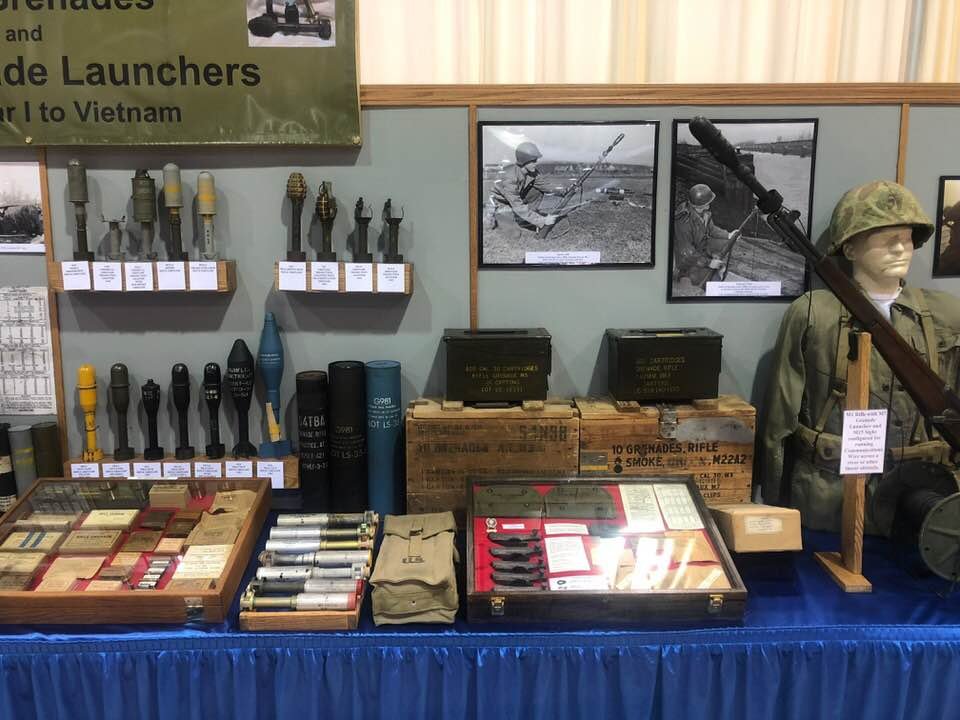
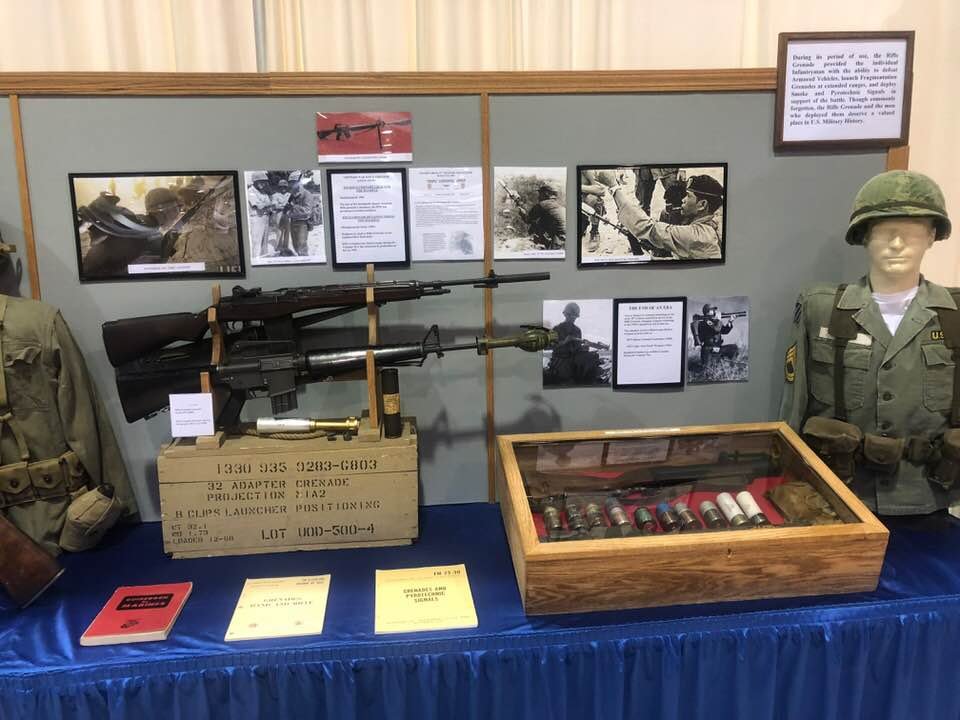
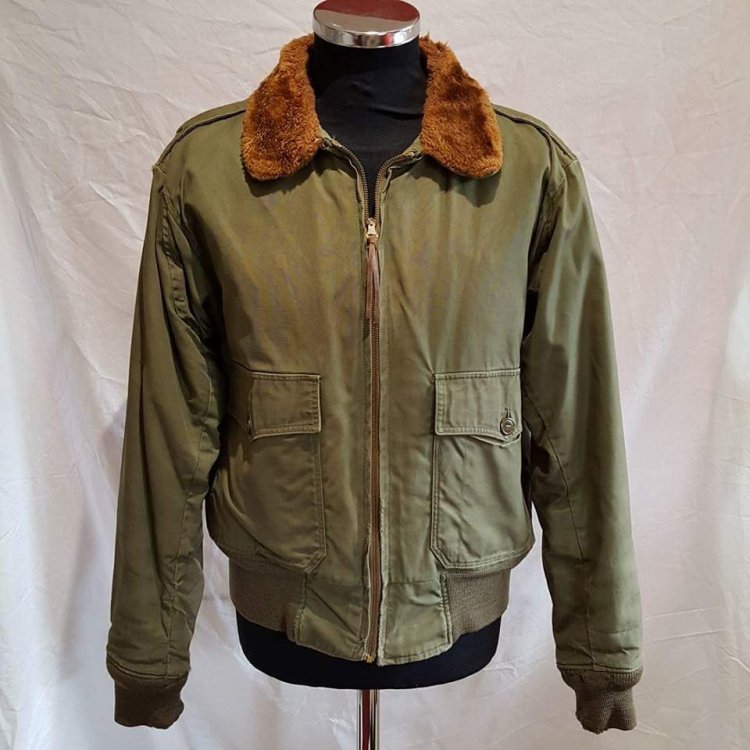
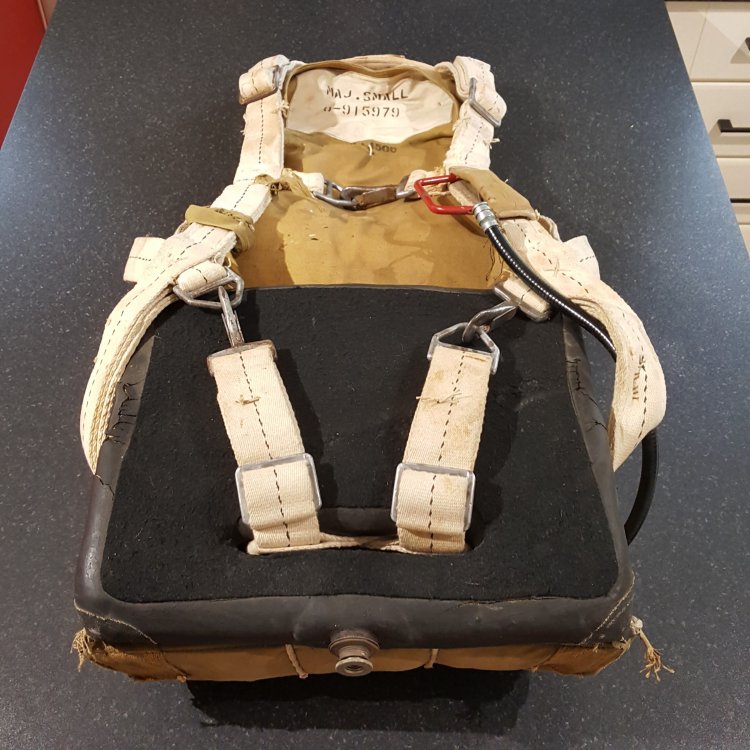
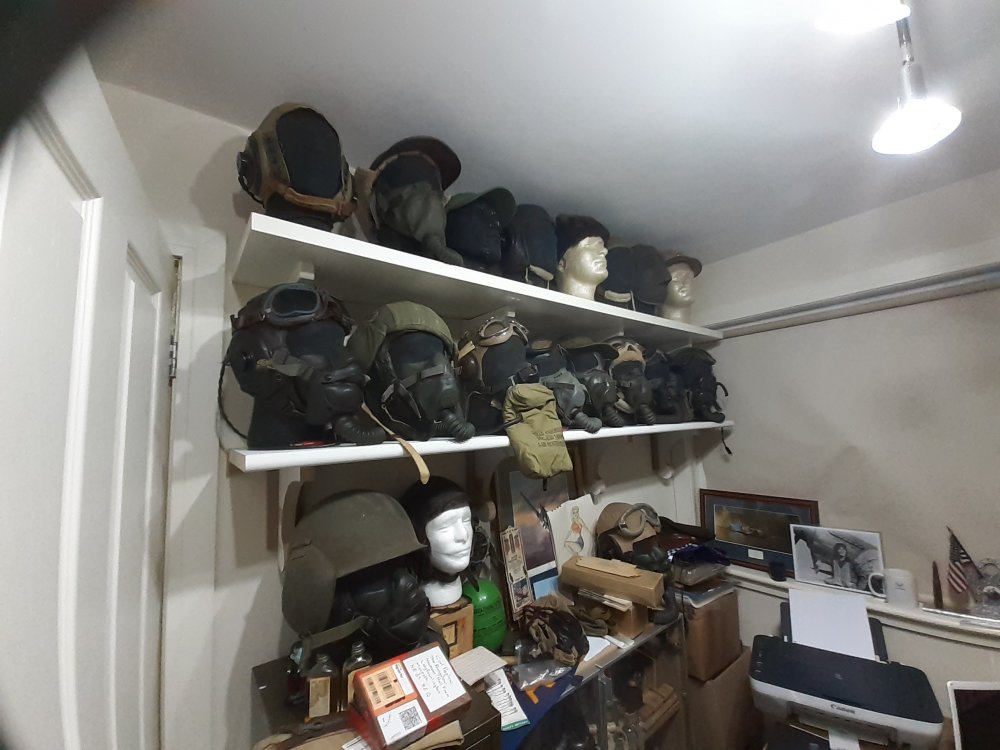
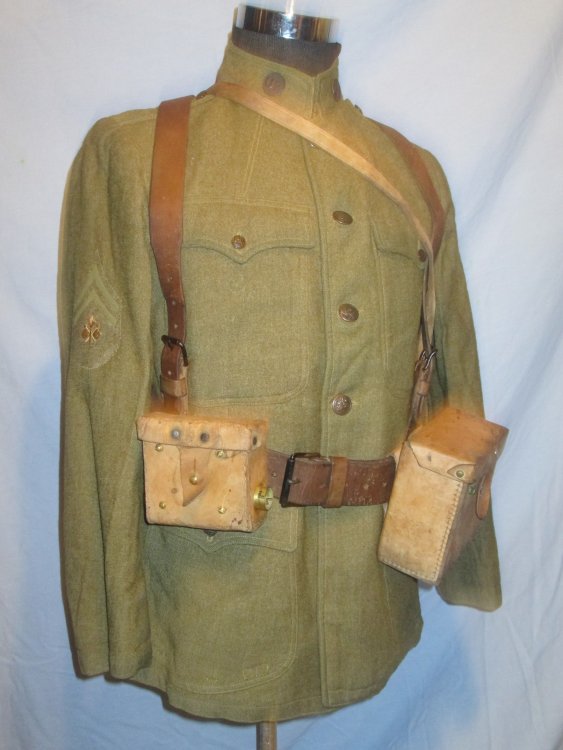
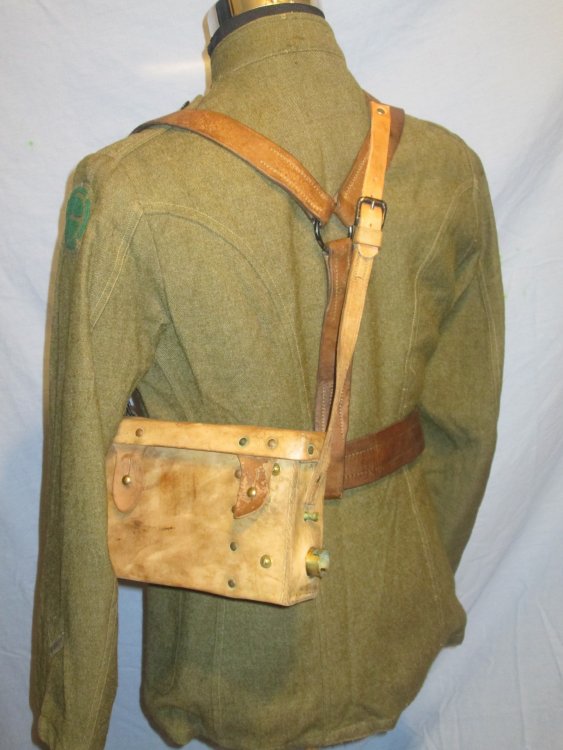

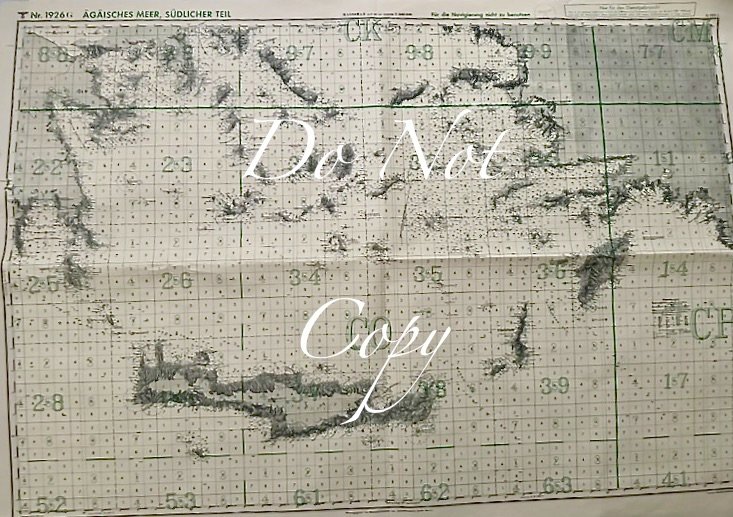
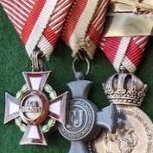
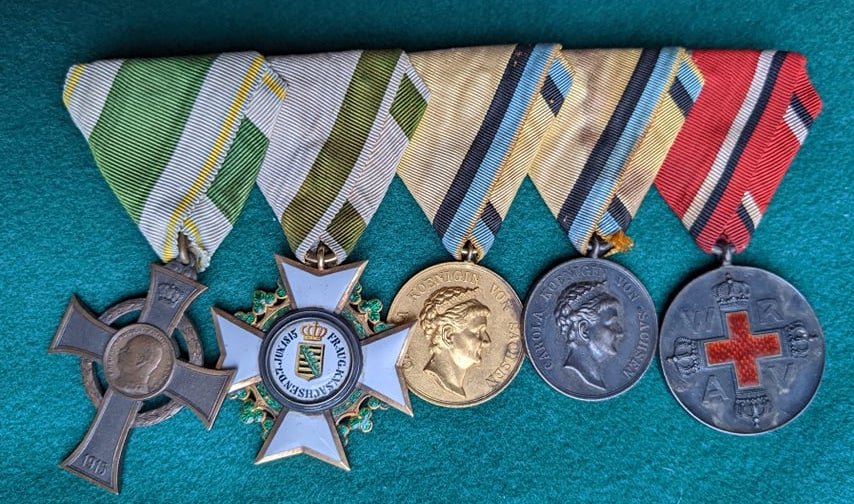
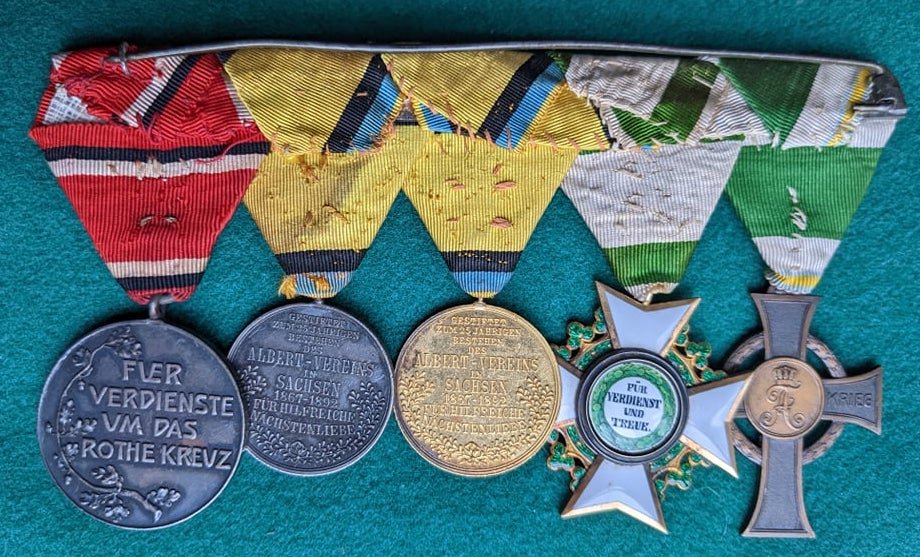
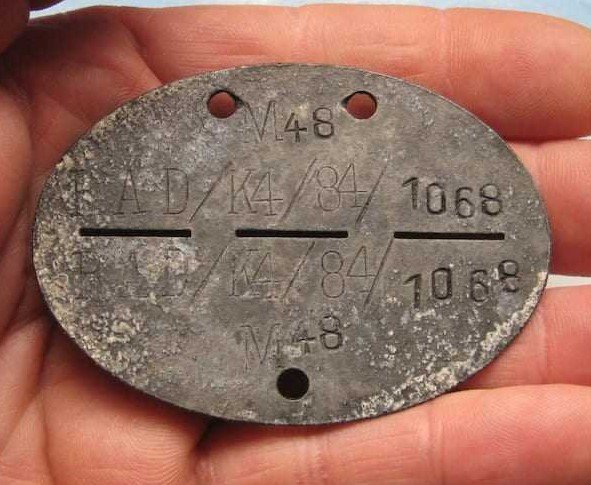
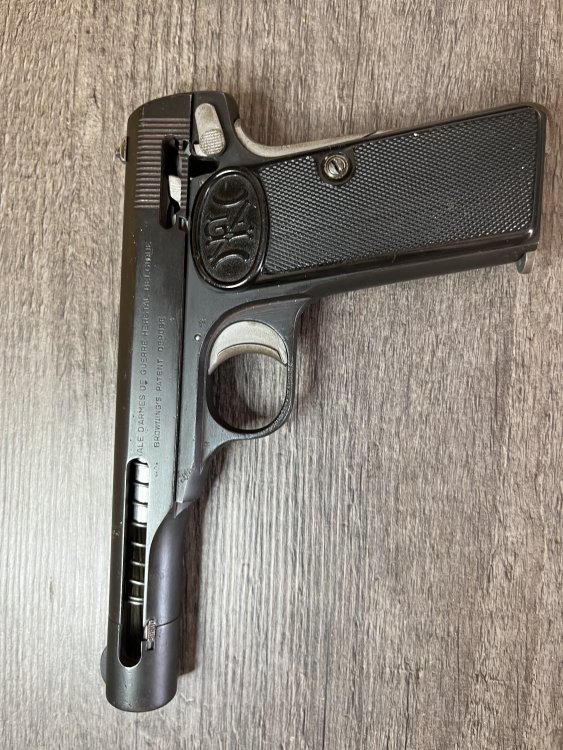
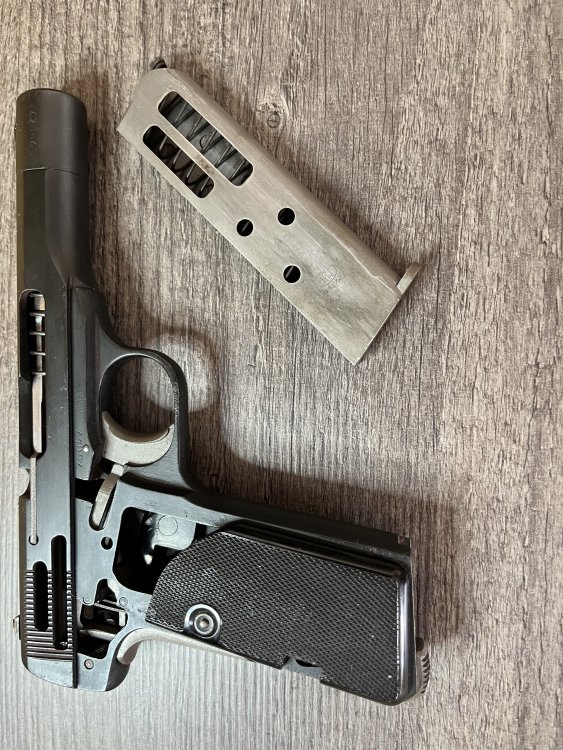
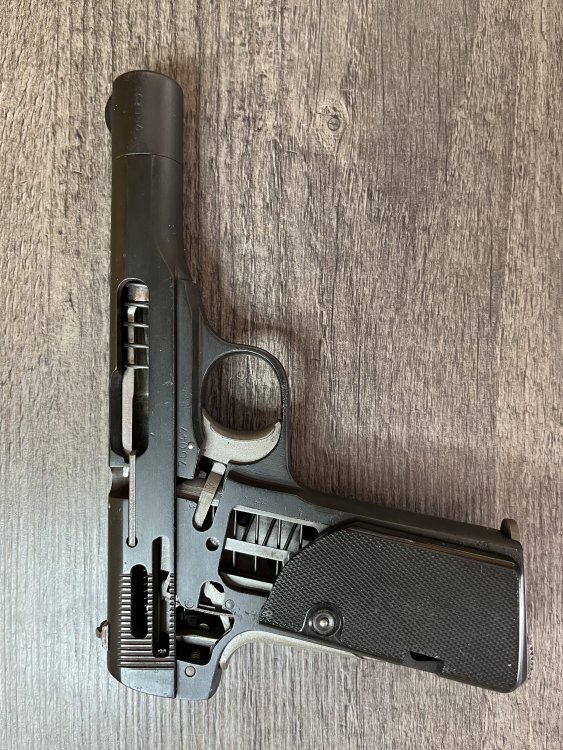
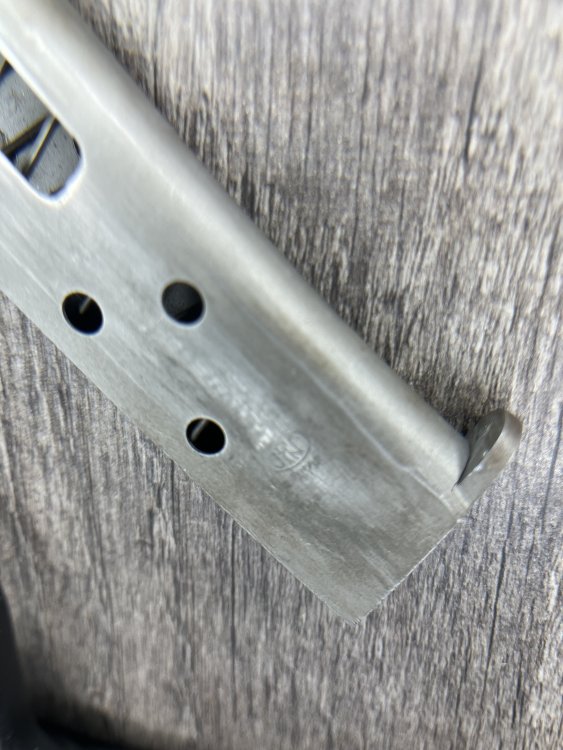
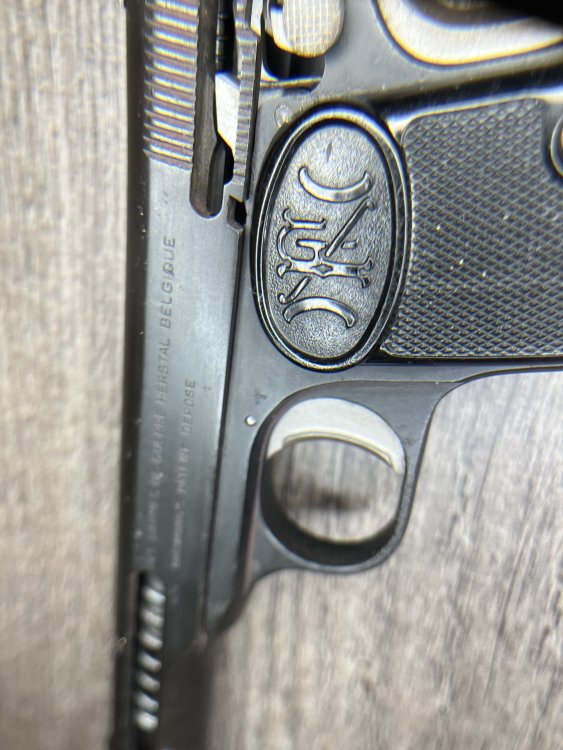
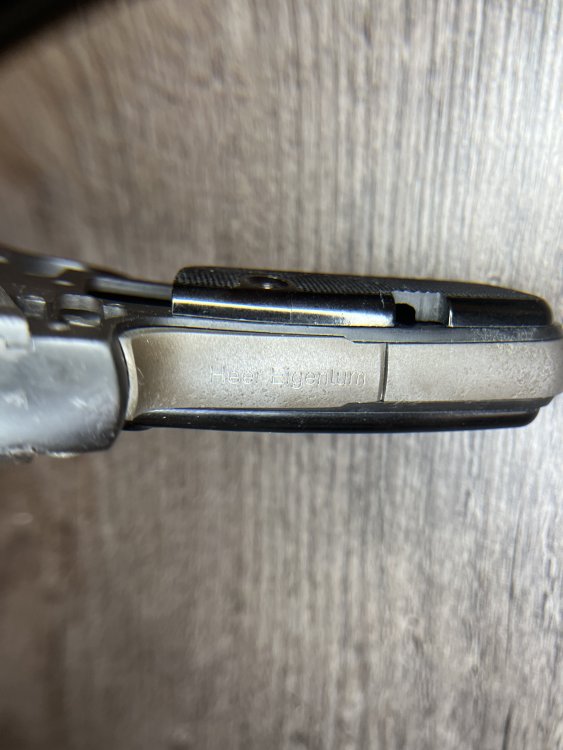
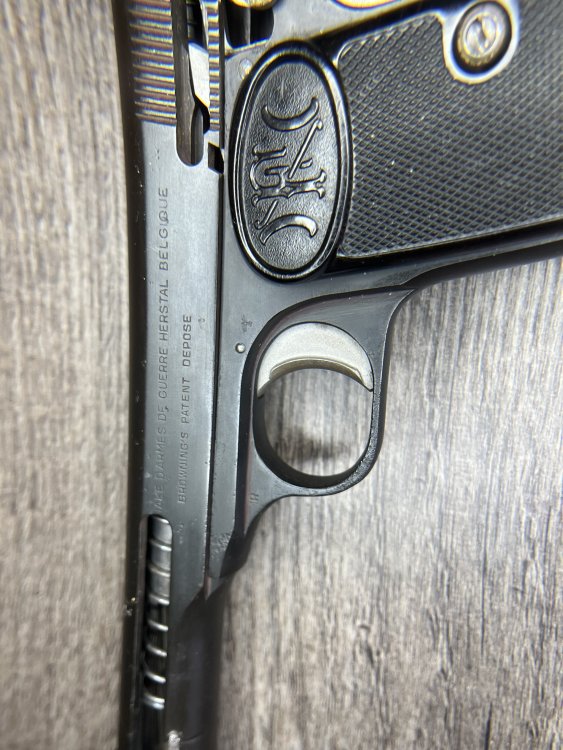
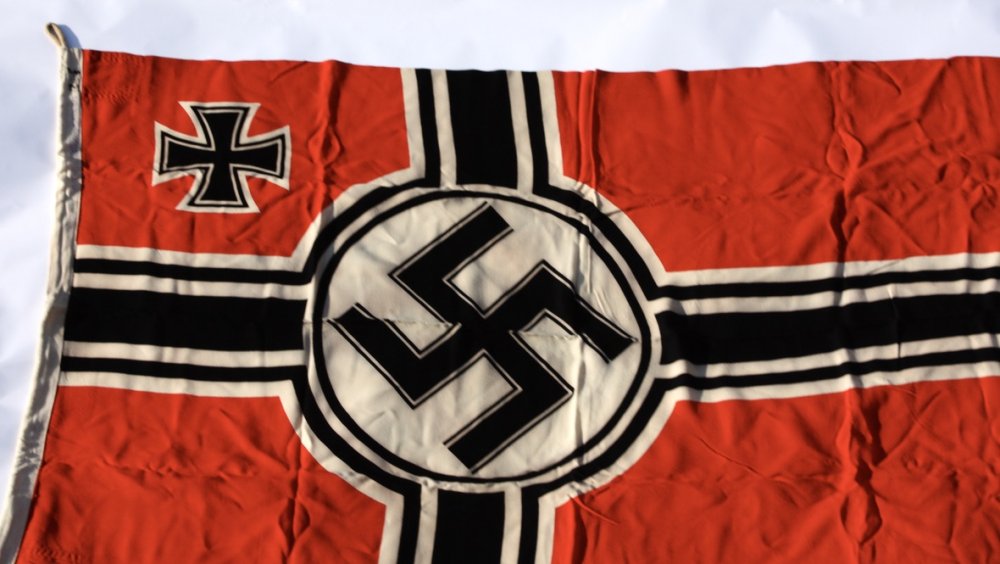
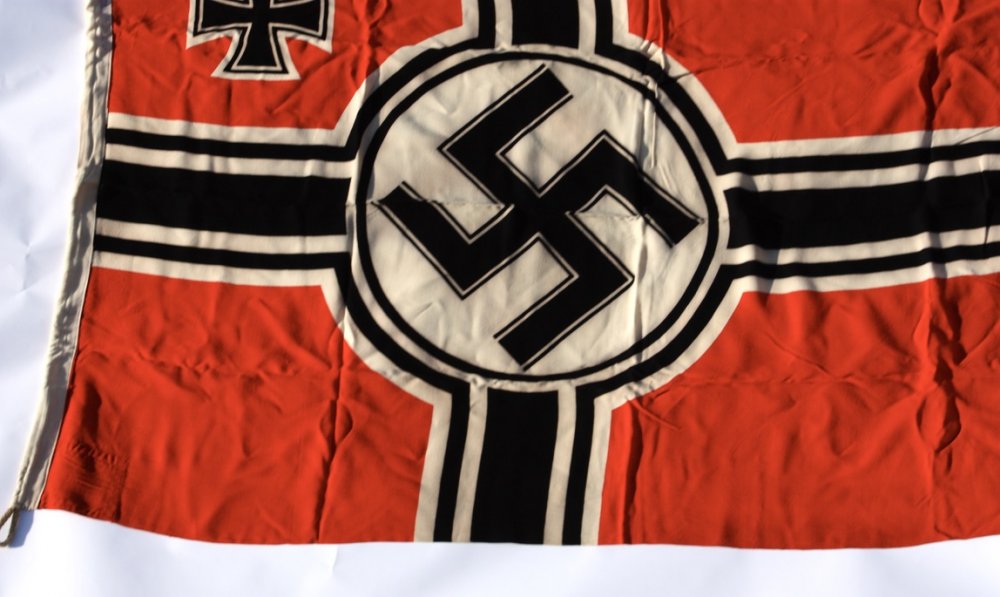
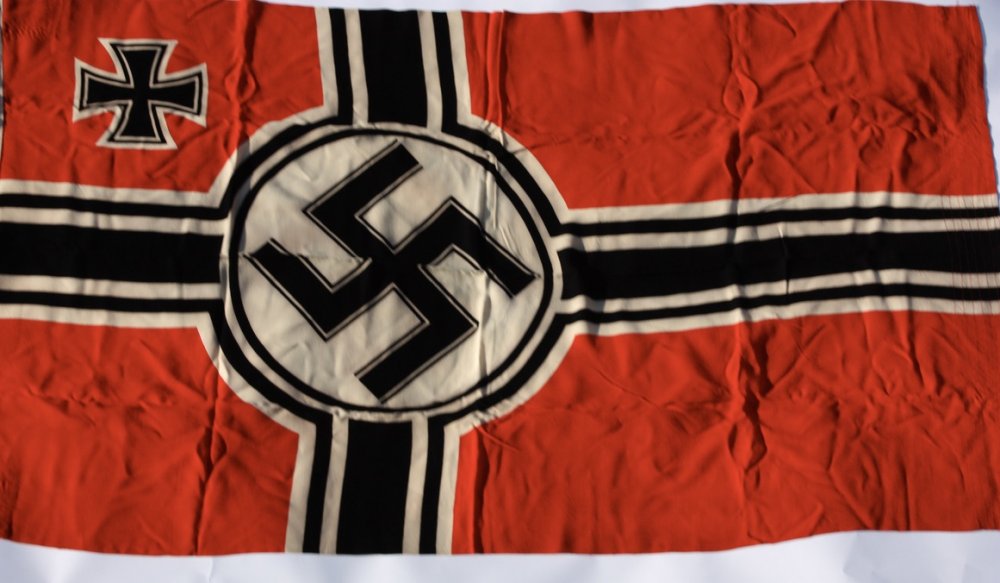
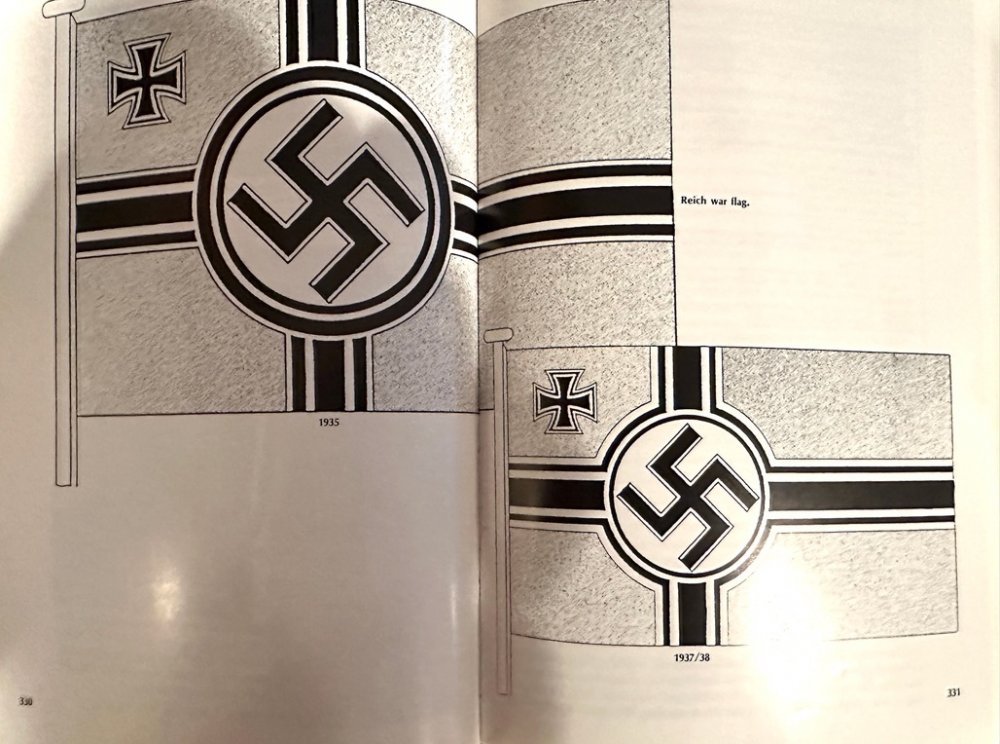

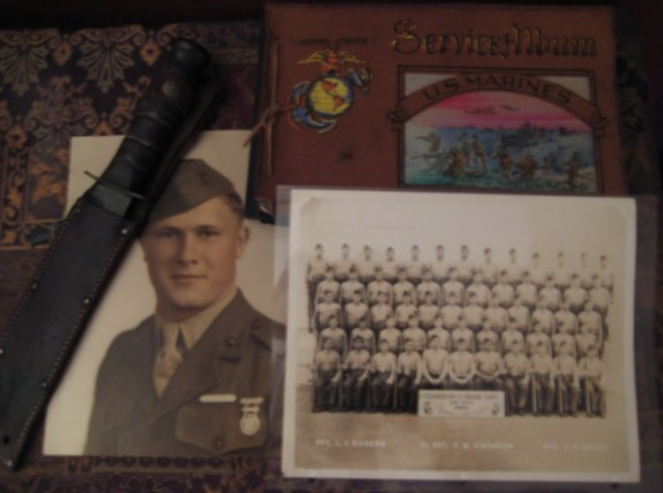
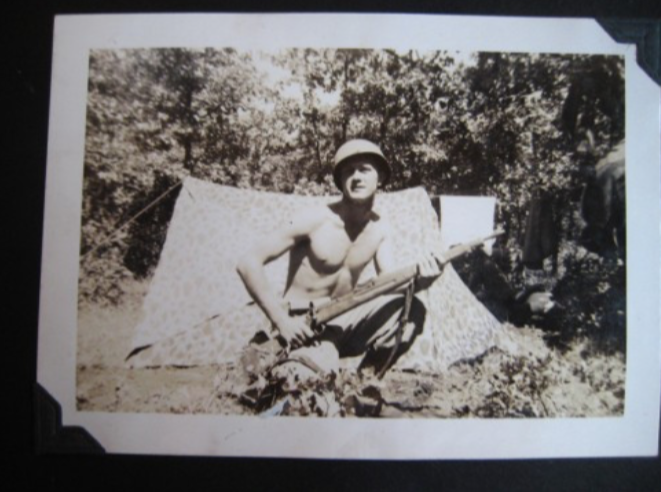
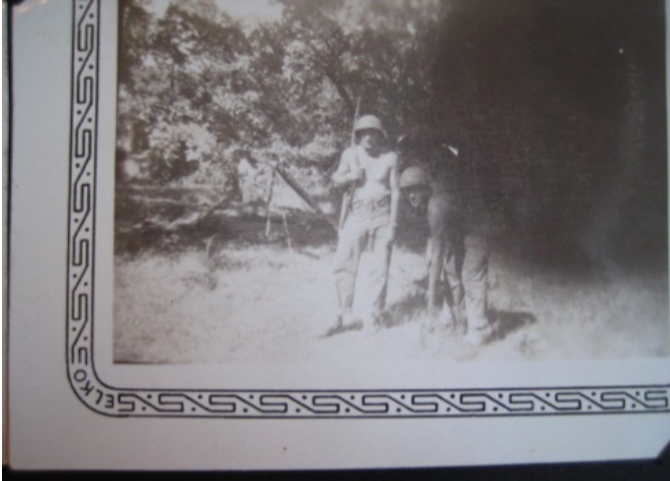
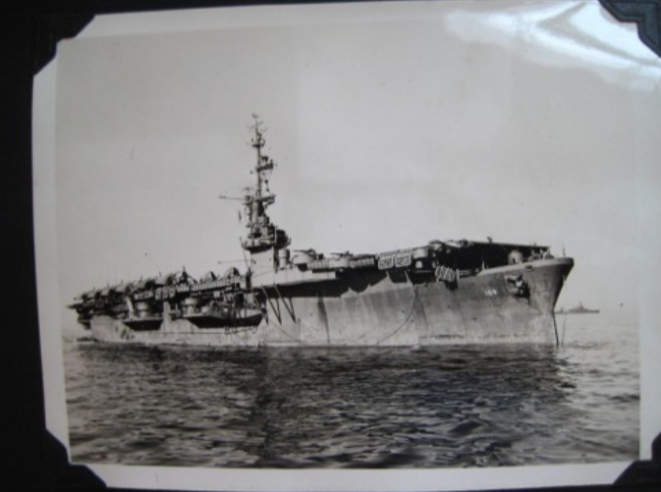
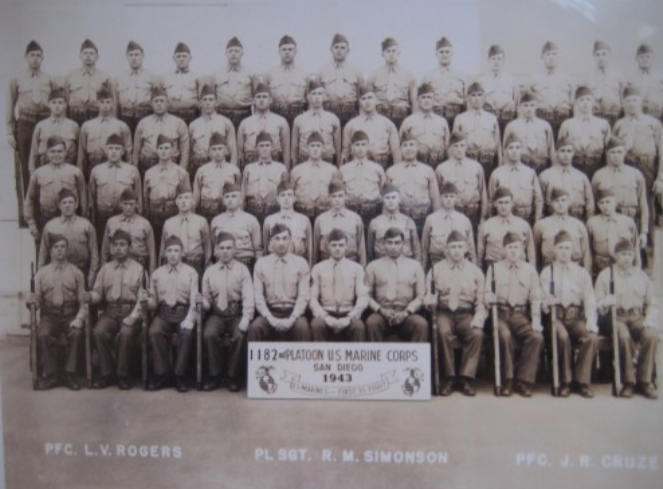
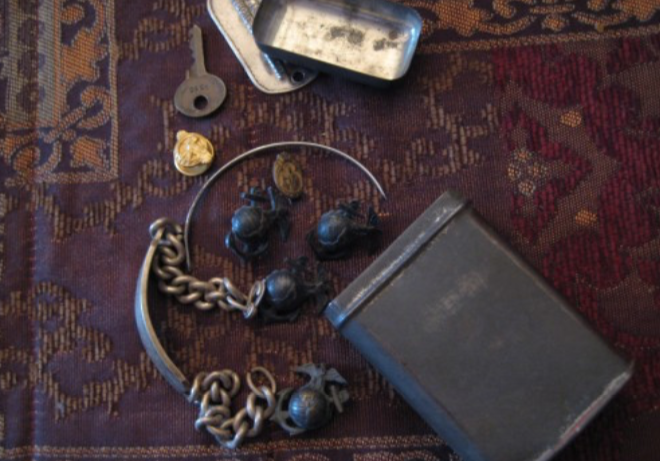
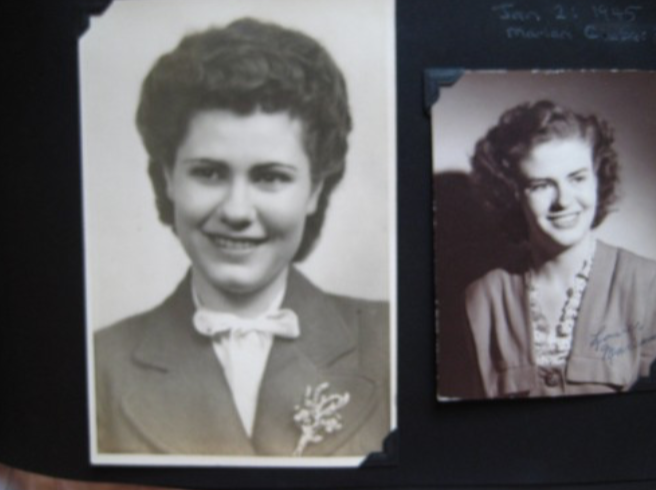
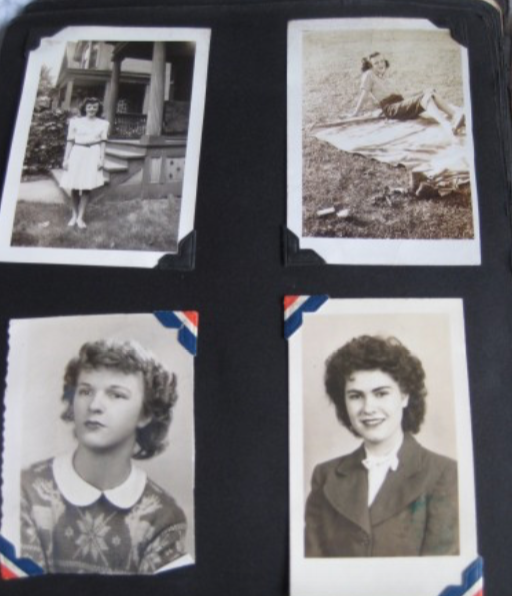
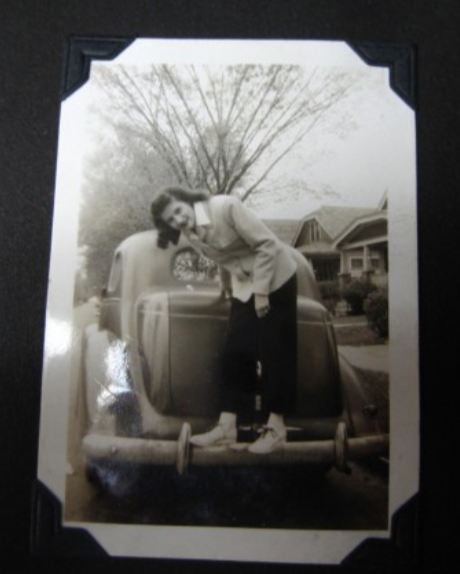
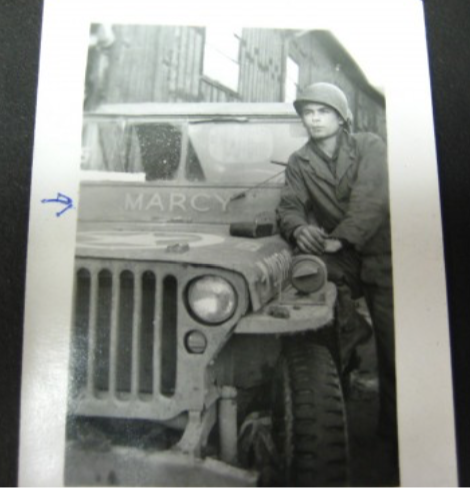
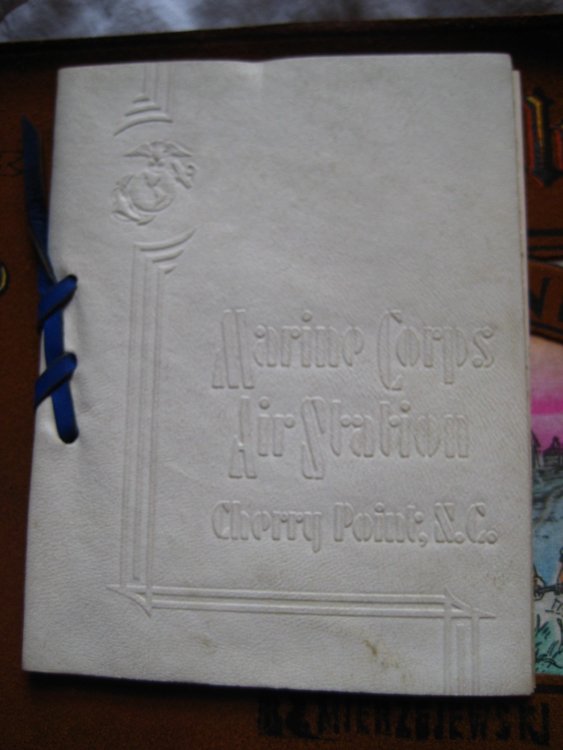
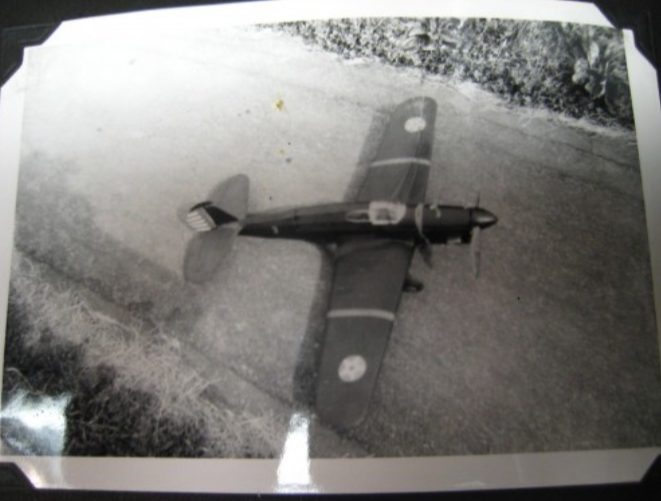
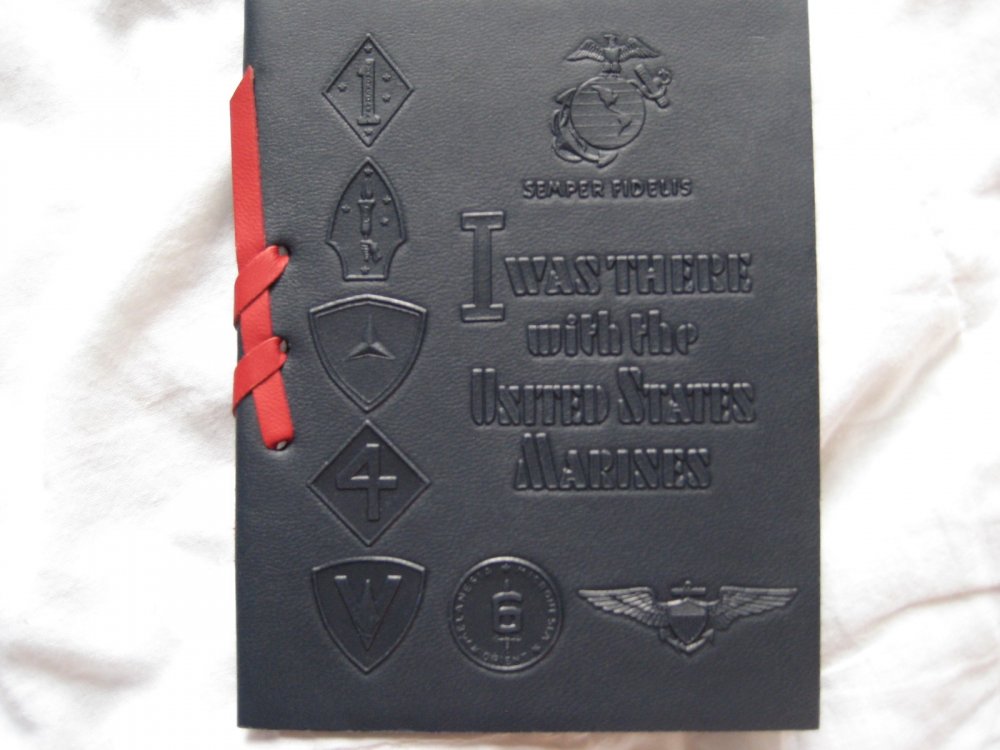
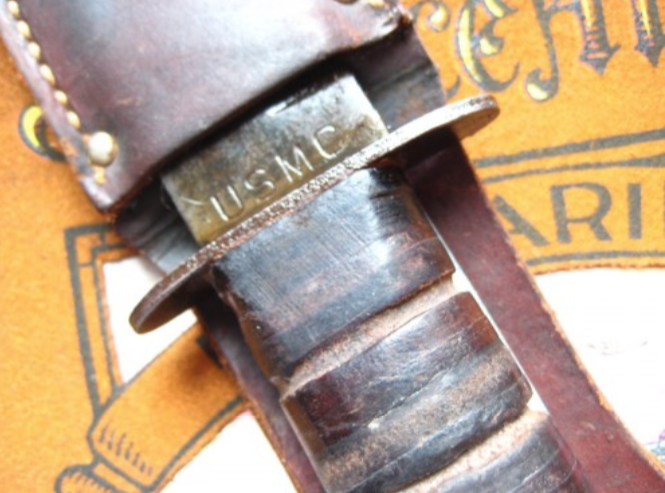
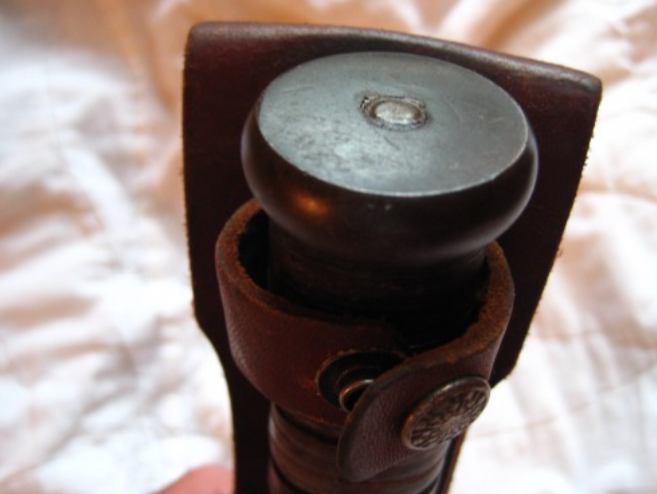
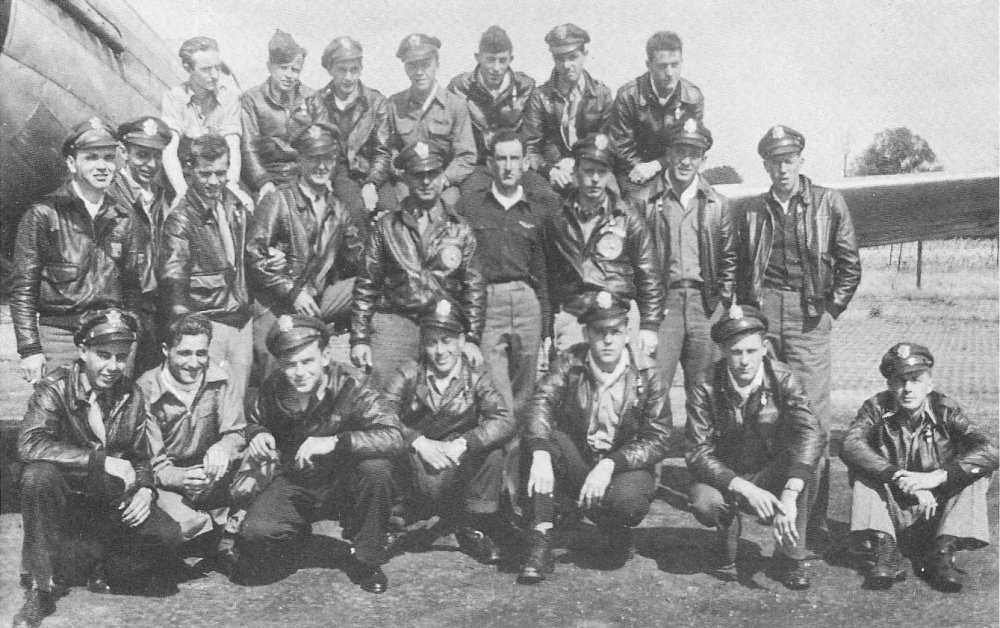
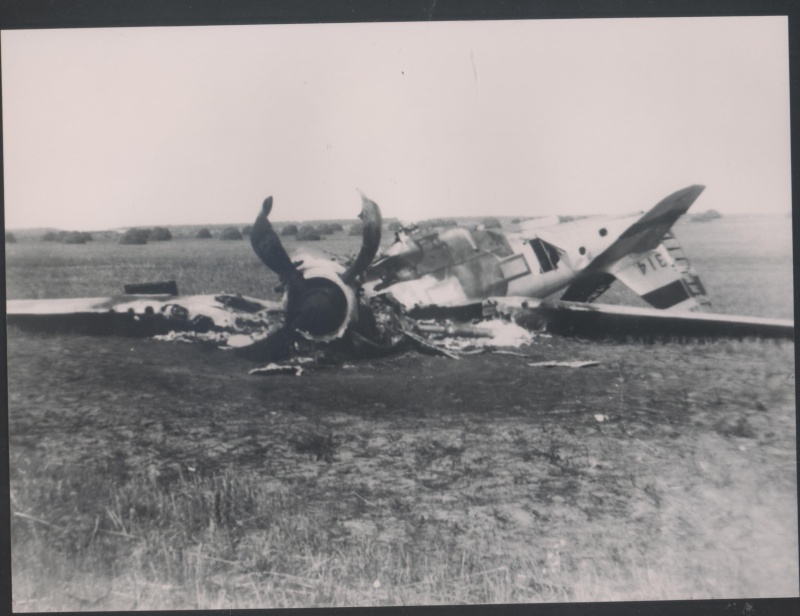
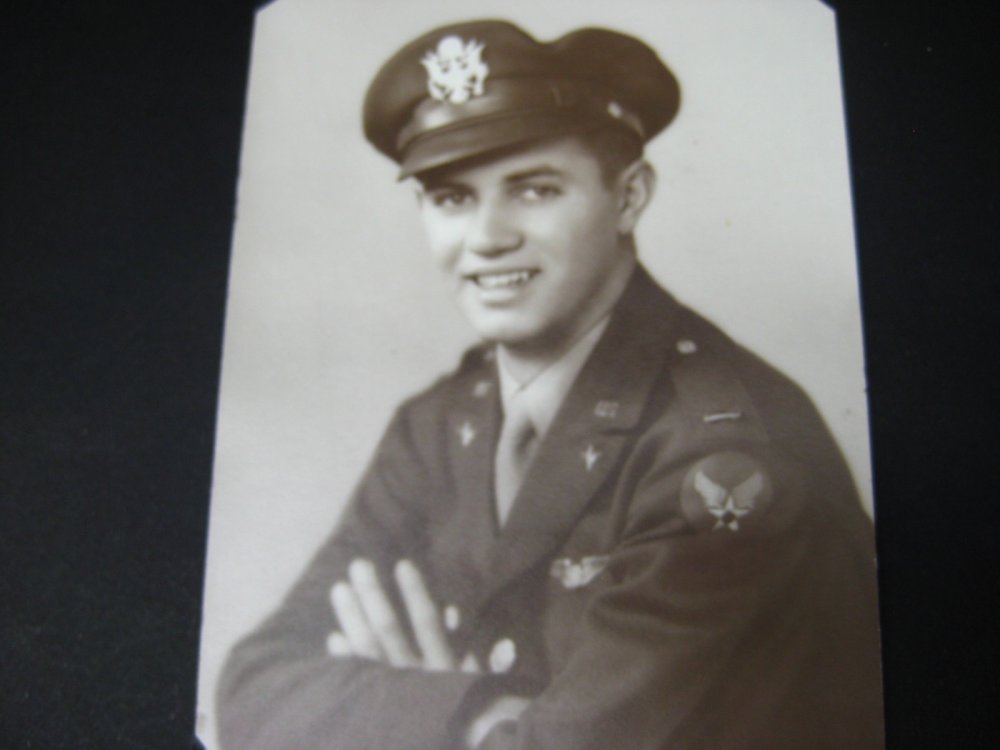
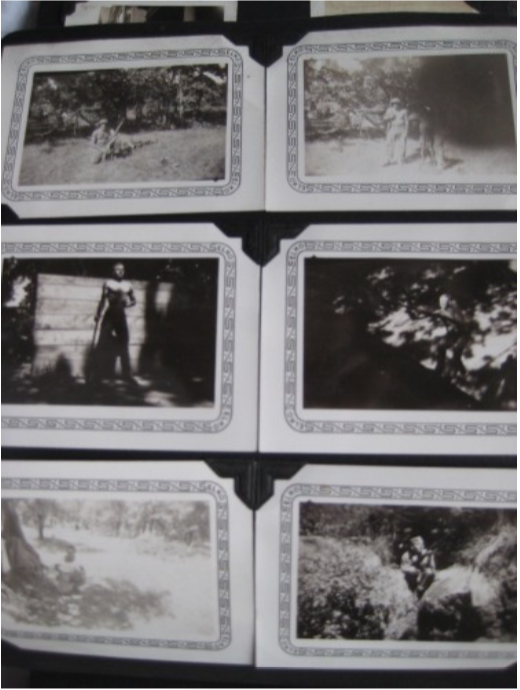
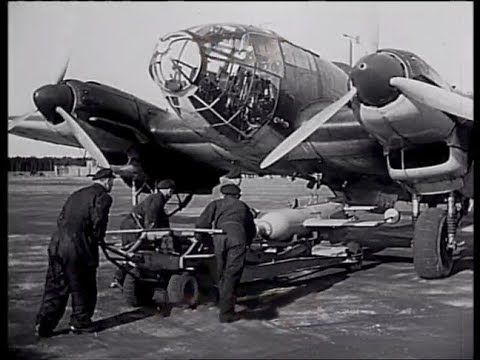
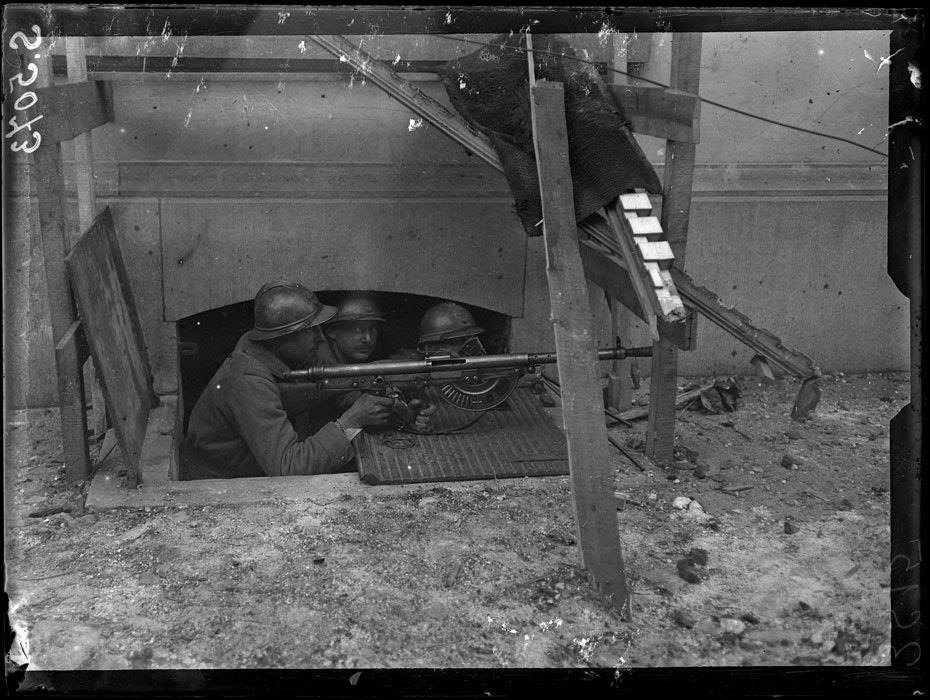
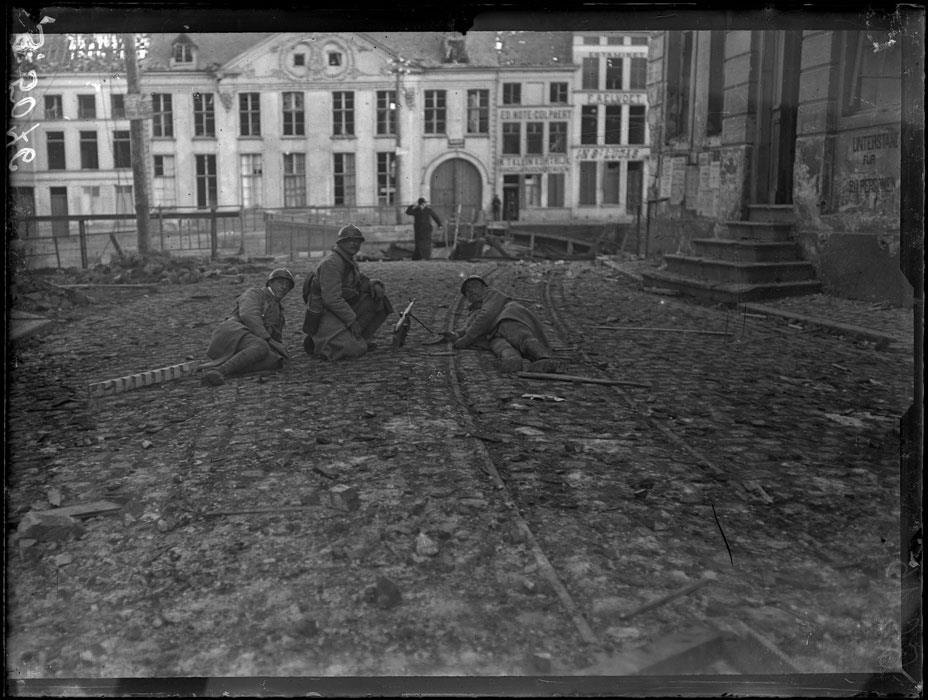
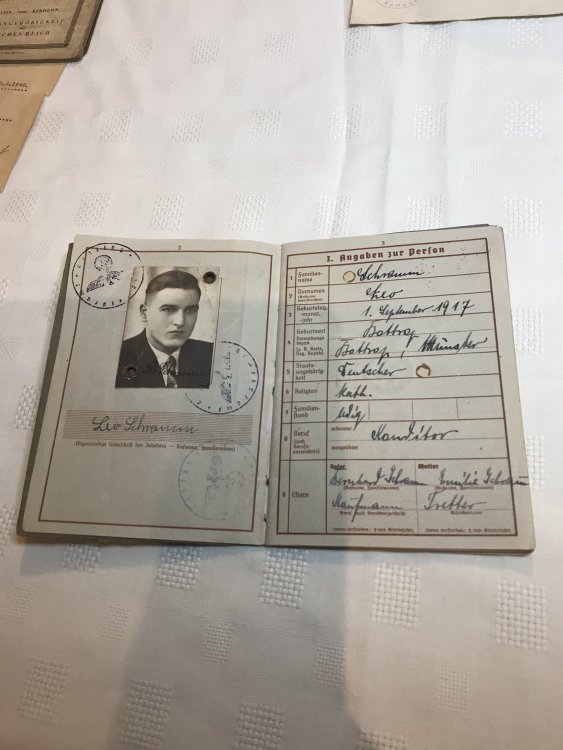
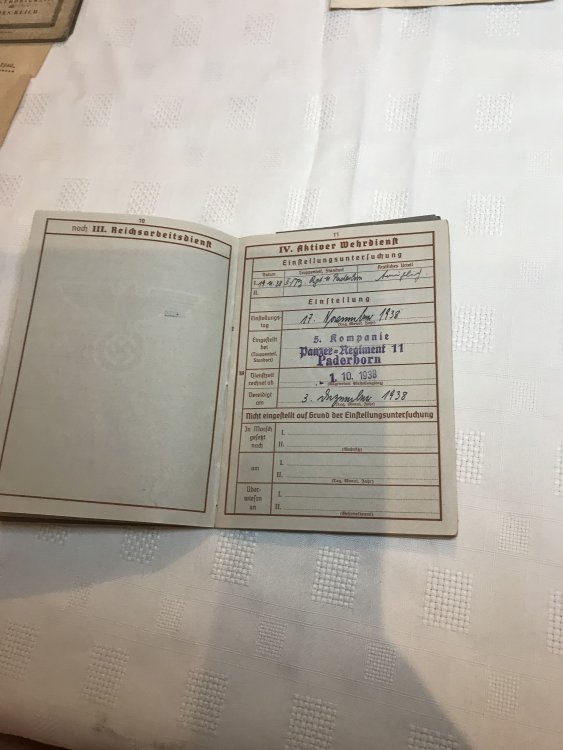
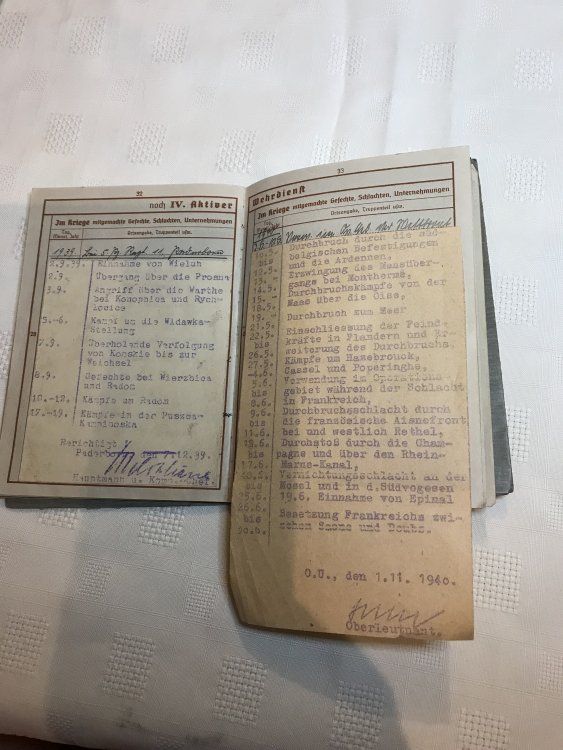
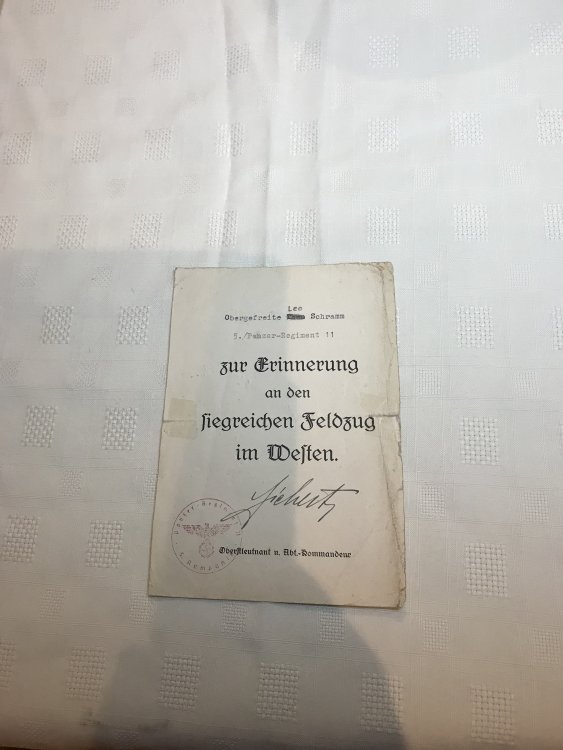
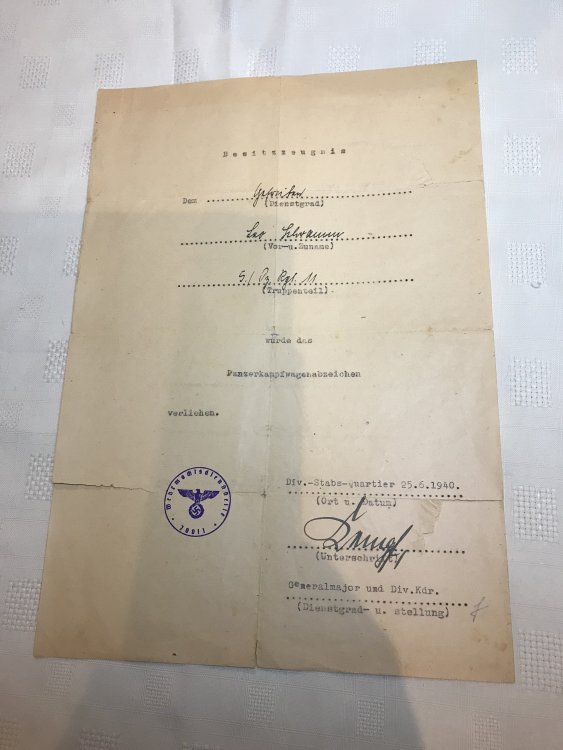
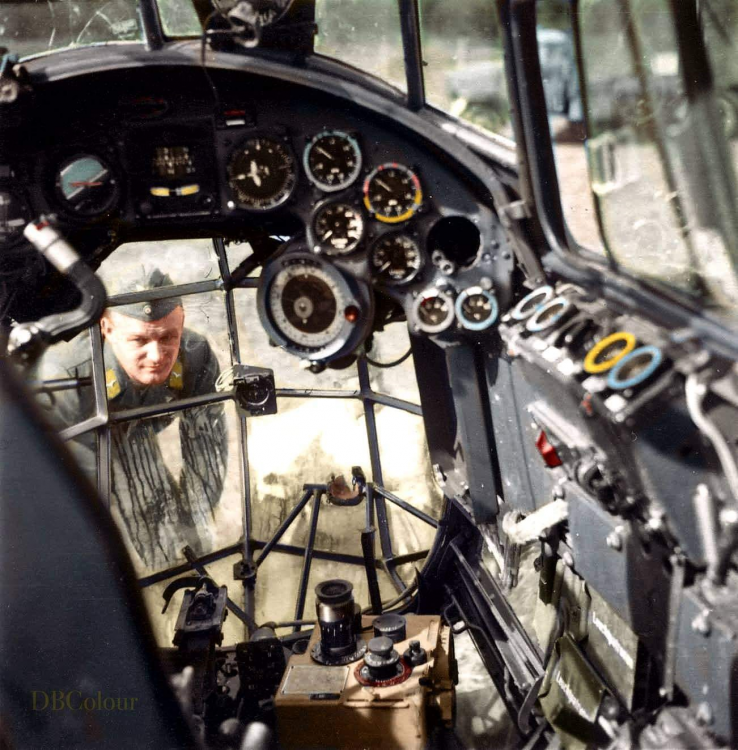
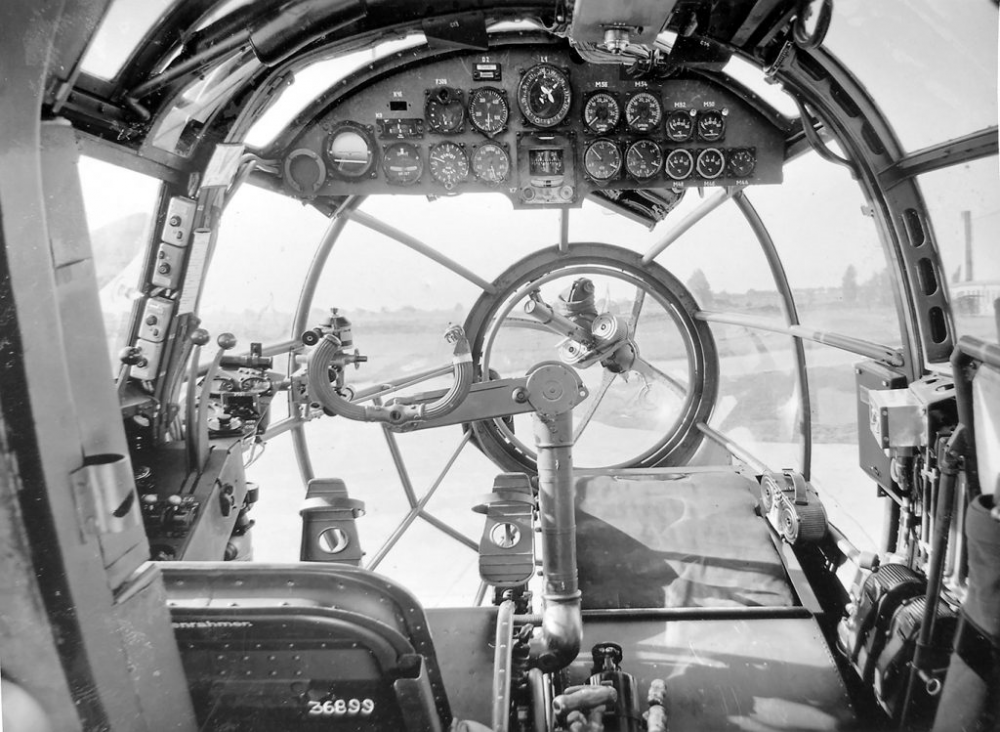
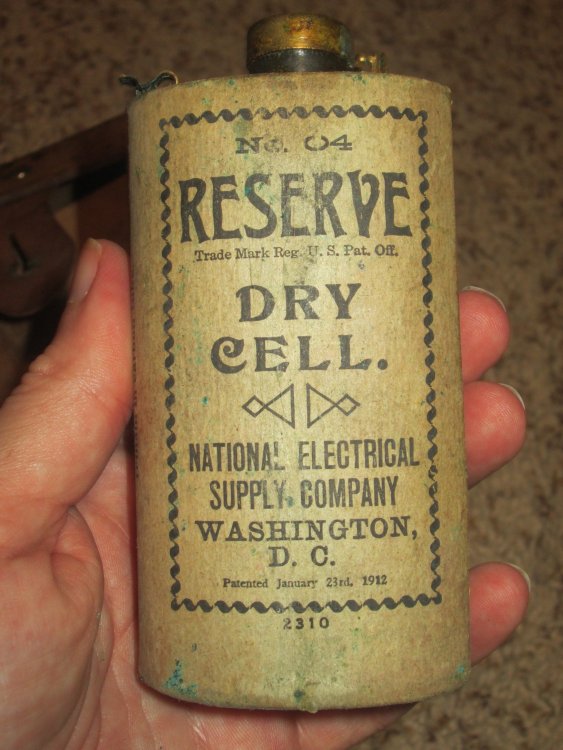
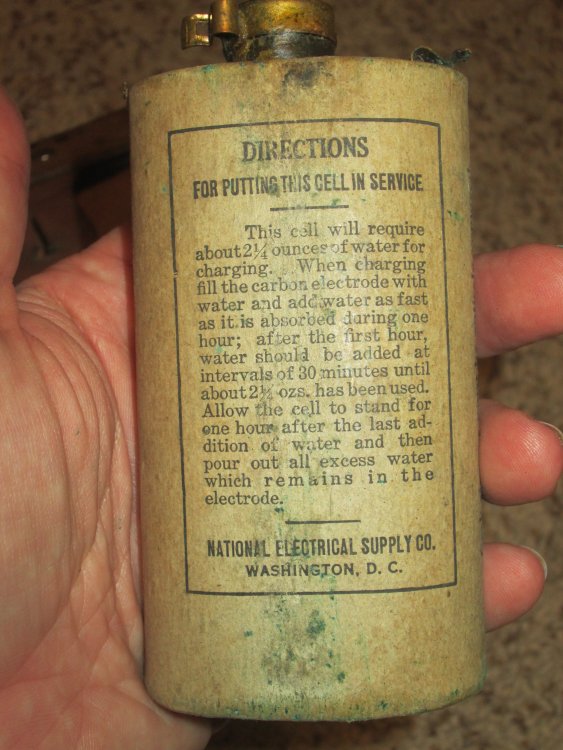
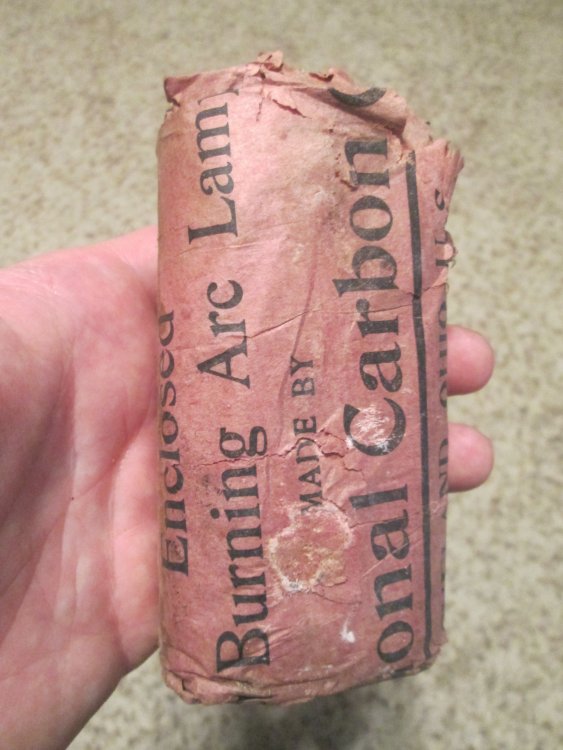
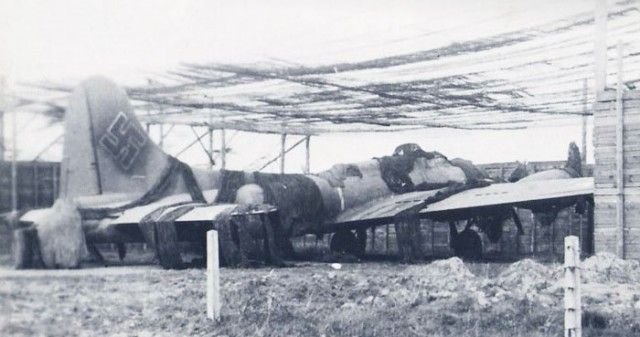
from544BS384BG.jpg.8f30c03d6af63aee3c53475cfa100d0c.jpg)
